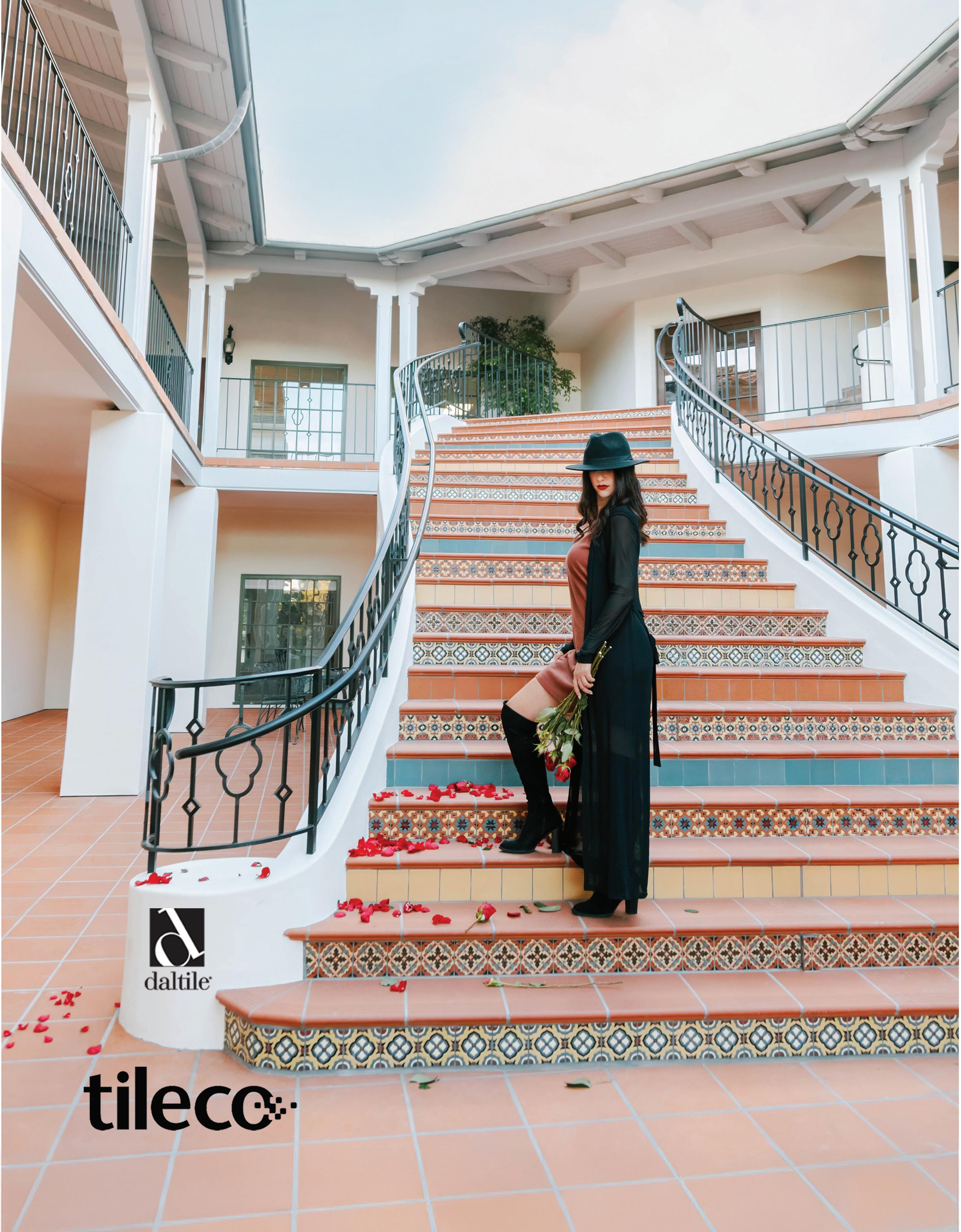
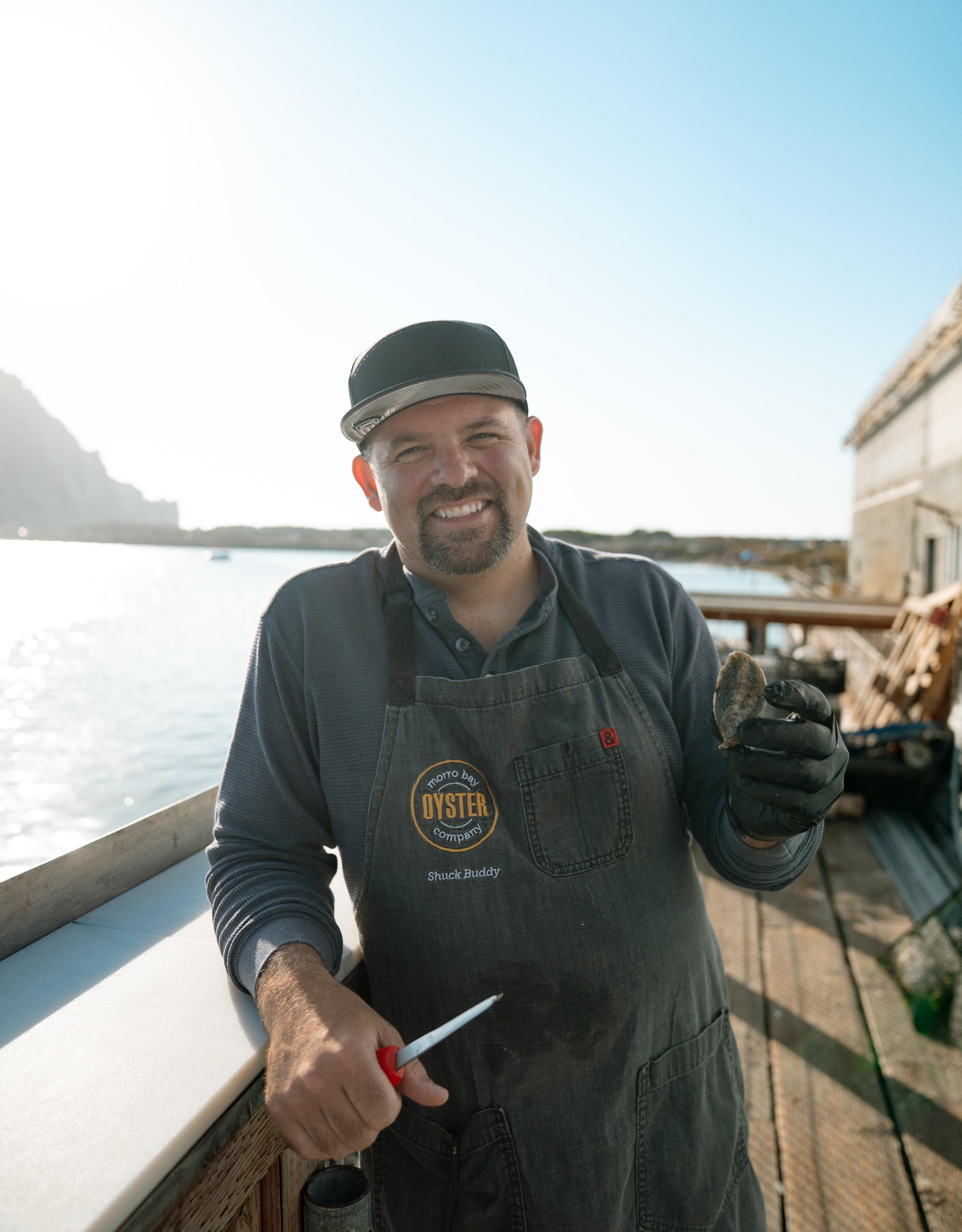





The second you need us is the second our expert emergency team springs to action



When emergency strikes, it’s time for training to take over and everyone to rise to their feet together. It’s a testament to preparation, precision, and purpose — and the vast expertise that has our team ready for the most complex situations. At our two ER locations in San Luis Obispo and Templeton, we guarantee you will be seen by a board-certified ER physician every time, and have access to the county’s only trauma center, pediatric unit, and NICU. Because you were made for more life on your terms.

Scan the QR code for more information and a free first aid kit


From contemporary to classic, the homes we design don’t follow a style... They follow a story. Yours!










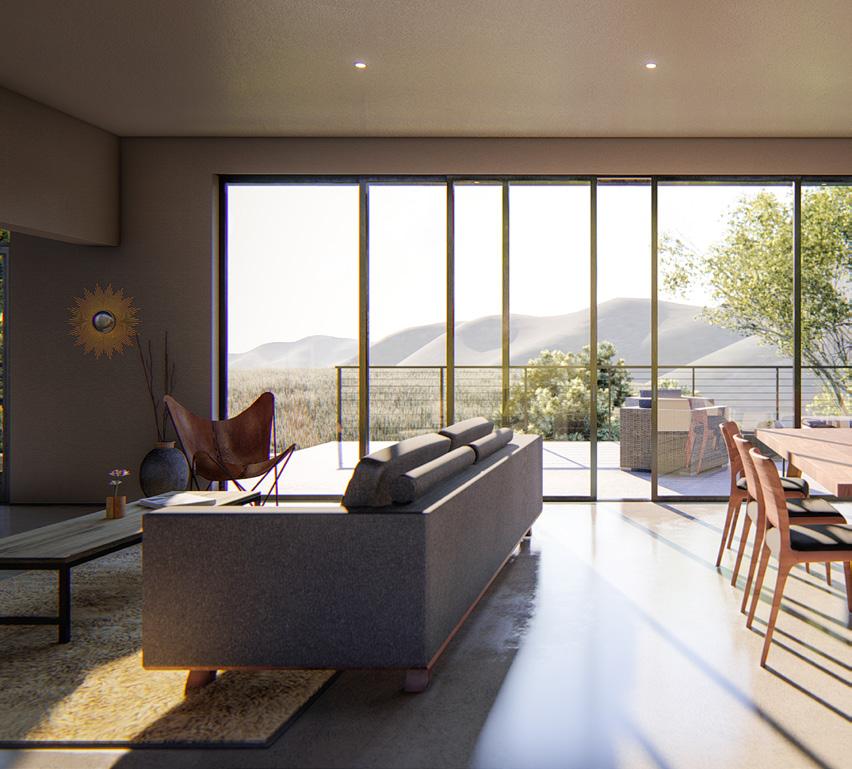



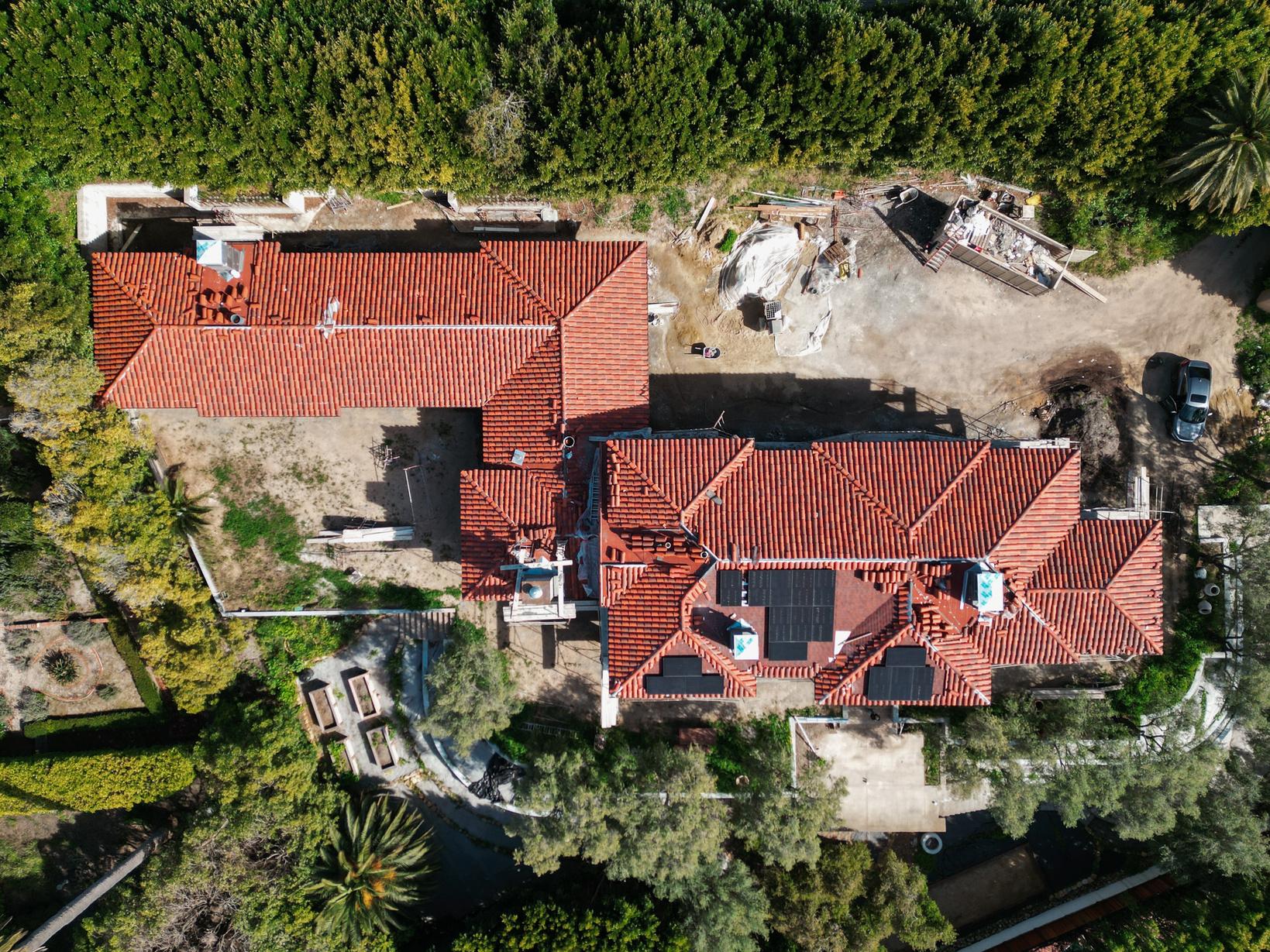



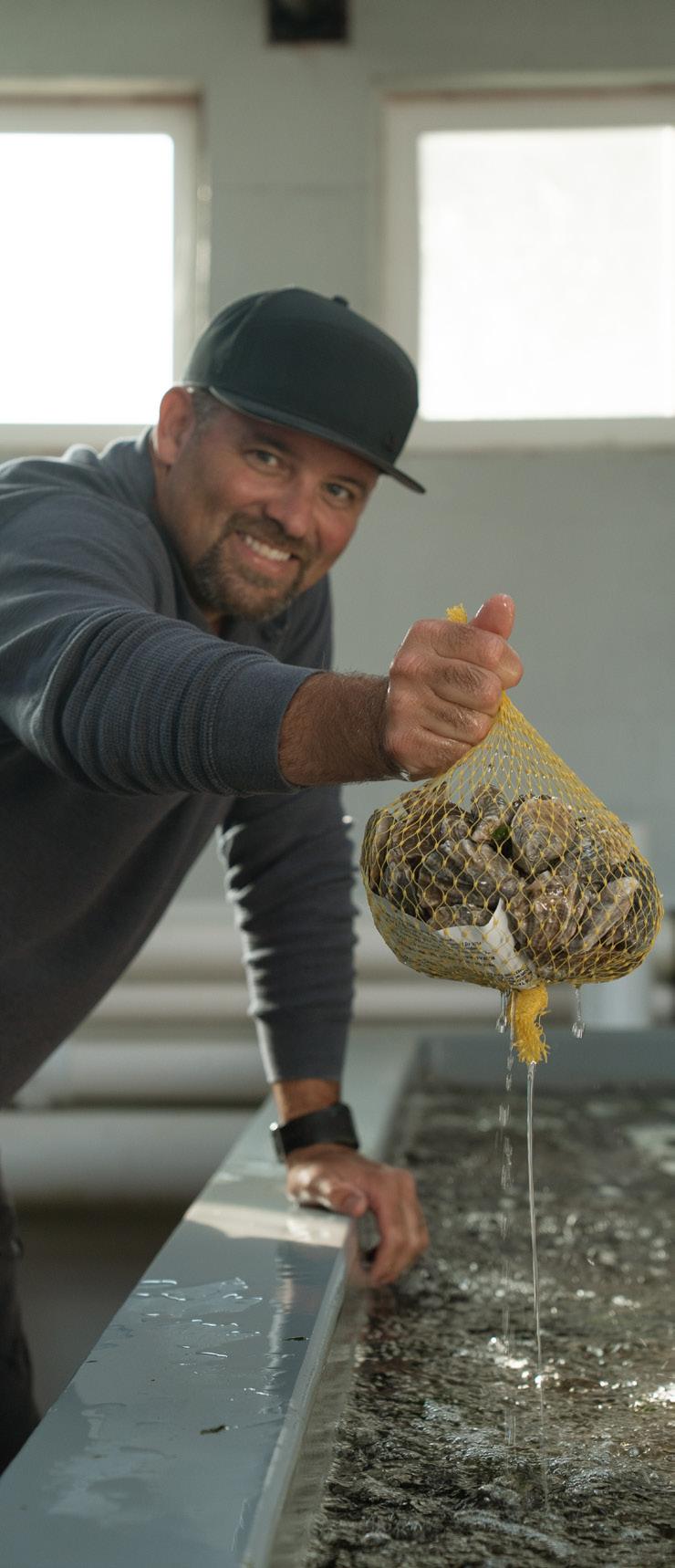







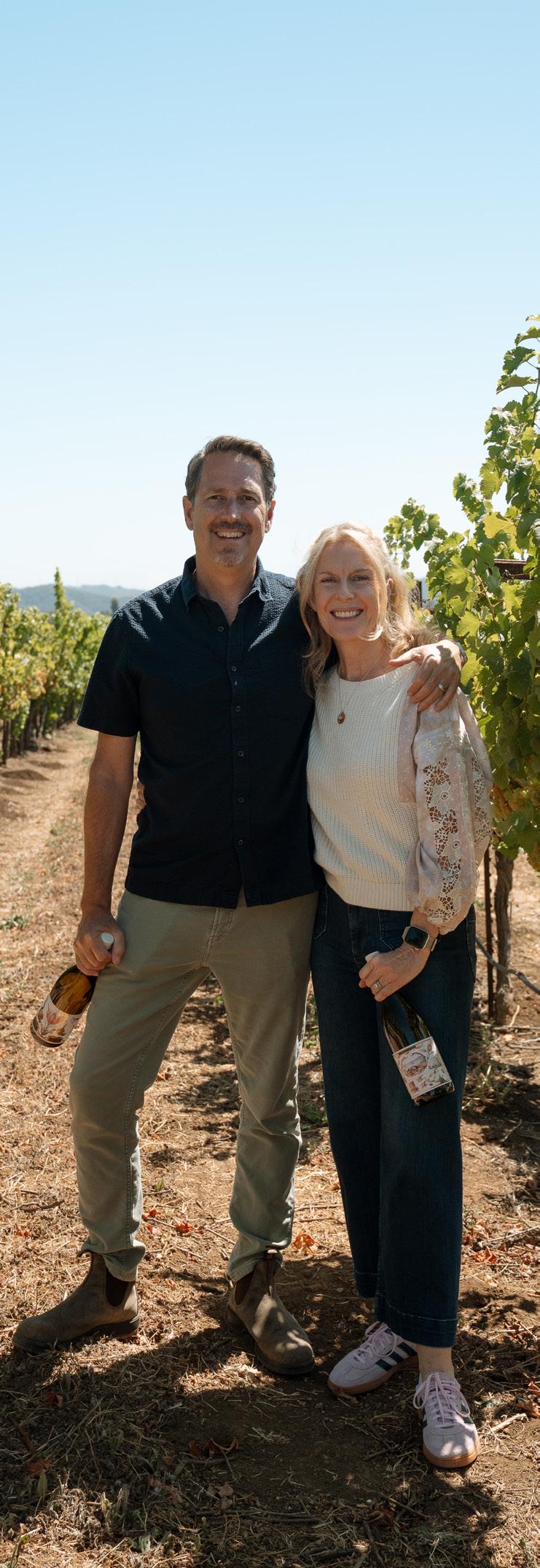
“Our earliest act of philanthropy as a young married couple was a $200 donation to North County Women’s Shelter. We could barely a ord it. But it wasn’t going to break us.”
“That rst gi allowed us to realize we were part of something bigger.”
Mike & Lori Bickel
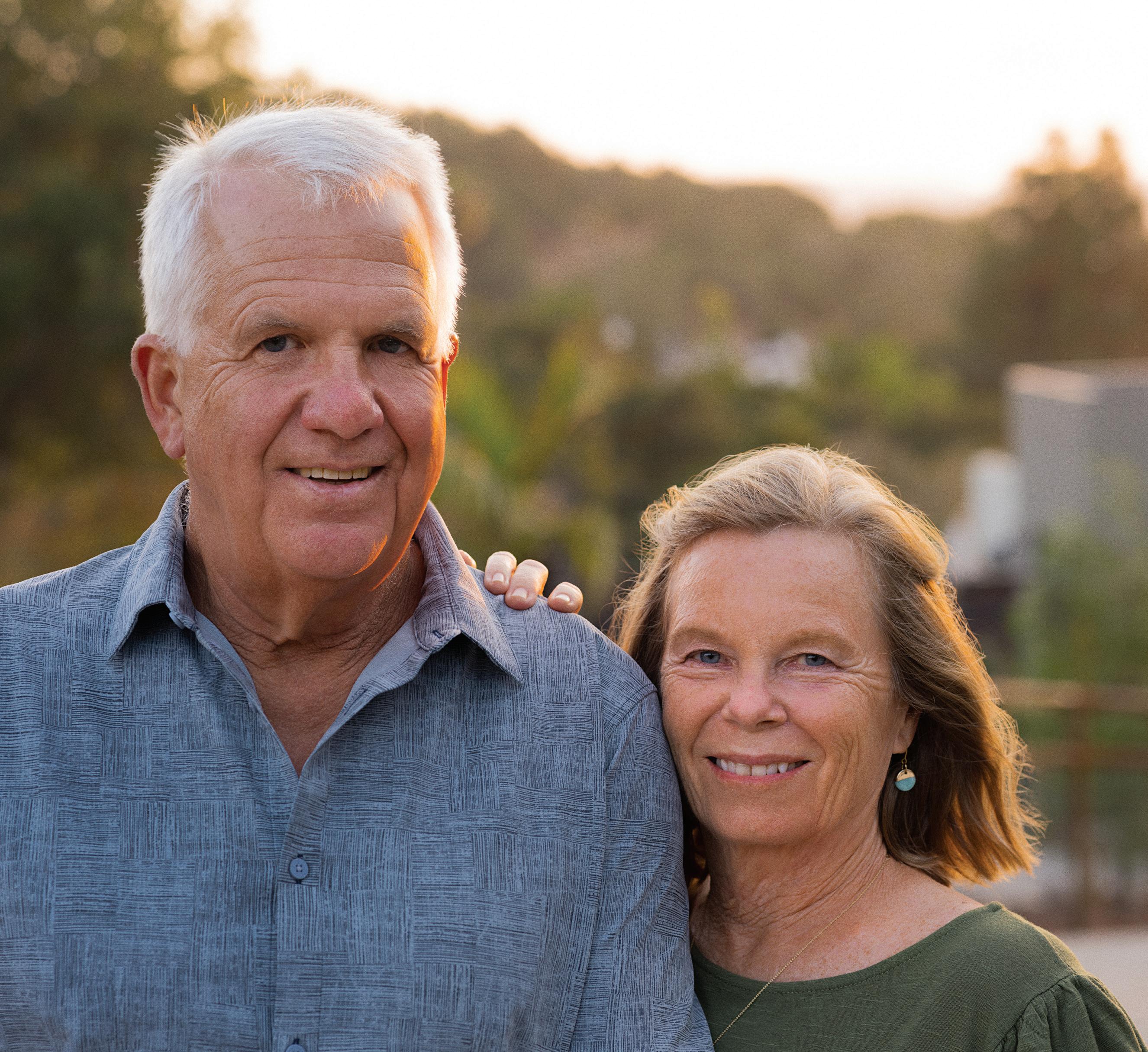
Over the length of their marriage, the Bickels have helped strengthen some of the Central Coast’s most vital non-profits. They chose Must! Charities because of its concept of collective giving, and focus of moving the needle on the most pressing needs in San Luis Obispo County.
No matter the size of your gift, 100% of every donation goes directly to support projects we develop alongside non-profit partners like SLO Food Bank, Lumina Alliance, Paso Robles Youth Arts, and many others.





Some stories never leave us — they grow with us, becoming part of our story too.
My daughter, who turns two at the end of this year, has recently fallen in love with books. Reading together has become our daily ritual, one of those simple moments that we both get pretty excited about, even after she insists on reading the same book 3 times in a row. What makes it especially meaningful is that many of the books we read together are the same ones my parents saved from my childhood — stories that have traveled through decades to find their way back into little hands.
I remember being captivated by these stories as a child, turning pages with wonder, and asking my dad to wait a little longer to turn the page so I could soak in every last bit of the illustration, but mostly to delay falling asleep. Experiencing them now as a parent is entirely different. The same illustrations reveal details I missed before — subtle expressions on characters’ faces, background elements that my almost two year old has pointed out to me. Her little finger finding tiny features I’ve never seen before even after seeing these pages dozens of times. Familiar words carry new weight when I’m the one speaking them, and I find myself pausing at passages that never caught my attention before. What once felt like pure magic now holds layers of memory, connection, and understanding. The stories haven’t changed, but somehow they are all new to me again.
It’s made me think about the power of preservation — how the stories we choose to keep become bridges between generations. In our fastmoving world, where so much feels disposable and temporary, it’s easy for beautiful things to get lost or forgotten. But someone (most likely my mom), decided these books were worth saving, worth the space they took up during moves, worth preserving through years of changing tastes and priorities. And now they’re creating entirely new memories in my daughter’s life, proving their lasting value.
This is what great storytelling does. It creates pieces that deserve to endure — stories that speak to you differently as you change and grow, that you might rediscover months or years later and think, “I needed to read this again.” The kind of writing that meets you where you are, no matter what stage of life brings you back to it.
The goal is to create something lasting in an age of the temporary. To preserve voices and experiences that matter, knowing that the right story at the right time can change how someone sees the world — or how they see themselves. Stories that become the collection someone keeps, that gets passed along to friends, and talked about over dinner.
Like those cherished books that found their way back onto my daughter’s yellow bookshelf, the best stories don’t just entertain us once and disappear. They stay with us, shape us, and eventually find their way to exactly the people who need them. Stories worth keeping, sharing, and treasuring for years to come. Stories that become part of the permanent collection of human experience, waiting to be rediscovered by new readers ready to be changed by them.

Meghan Burkhardt meghan@slolifemagazine.com



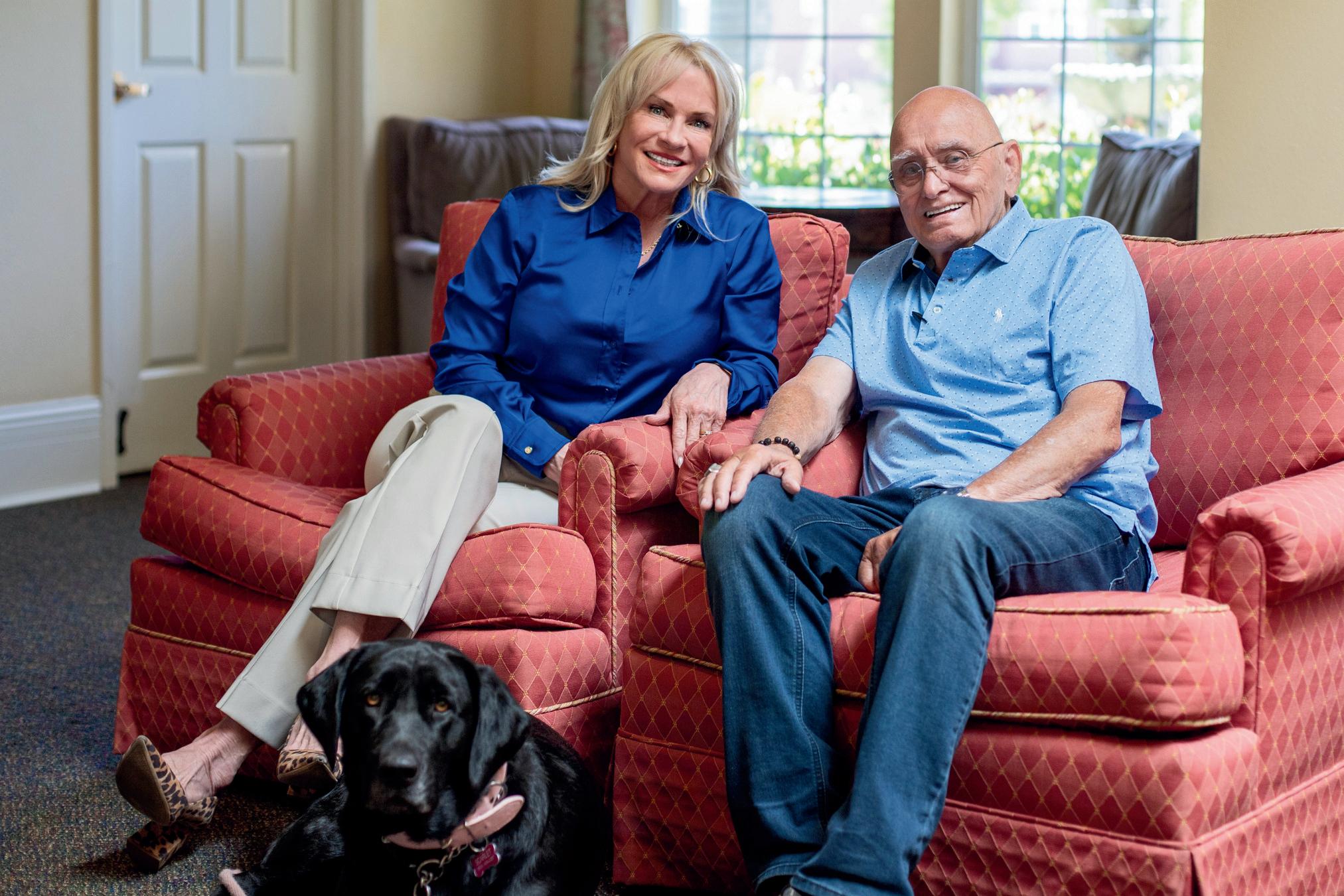
We offer a FREE service to help you find Independent Living, Assisted Loving, or Alzheimer’s Care.

Nicole Pazdan, a Certified Senior Advisor, founder of Elder Placement Professionals on California’s Central Coast. Today, she and her team offer expert placement assistance nationwide, helping families across the U.S find compassionate care

4251 S. HIGUERA STREET, SUITE 800, SAN LUIS OBISPO, CALIFORNIA SLOLIFEMAGAZINE.COM info@slolifemagazine.com (805) 543-8600 • (805) 456-1677 fax
PUBLISHER
Meghan Burkhardt
CREATIVE DIRECTOR
Aaron Burkhardt
CONTRIBUTING WRITERS
Dan Fredman
Chuck Graham
Paden Hughes
Jaime Lewis
Dana Lossing
Brant Myers
Brian Schwartz
Tim Townley
Tilly Wright
Cindy Kendrix
CONTRIBUTING PHOTOGRAPHERS
Pete Biltoft
Rosa Clark
Emily DesJardins
Peter Heirendt
David Lalush
Mark Nakamura
Aaron O’Sullivan
Rachel Higgins
CONTRIBUTIONS
Have some comments or feedback about something you’ve read here? Or, do you have something on your mind that you think everyone should know about? Submit your story ideas, events, recipes, and announcements by visiting us online at slolifemagazine.com and clicking “Share Your Story” or emailing us at info@slolifemagazine.com. Be sure to include your full name and city for verification purposes. Contributions chosen for publication may be edited for clarity and space limitations.
ADVERTISING
If you would like to advertise, please contact Meghan Burkhardt by phone at (805) 543-8600 or by email at meghan@slolifemagazine.com or visit us online at slolifemagazine.com/advertise and we will send you a complete media kit along with testimonials from happy advertisers.
Ready to live the SLO Life all year long? It’s quick and easy! Just log on to slolifemagazine.com/subscribe. It’s just $24.95 for the year. And don’t forget to set your friends and family up with a subscription, too. It’s the gift that keeps on giving!
The opinions expressed within these pages do not necessarily reflect those of SLO LIFE Magazine. No part of this publication may be reproduced in whole or in part without the express written permission of the publisher.
Complete details regarding circulation, coverage, and advertising rates, space, sizes and similar information are available to prospective advertisers. Please call or email for a media kit. Closing date is 30 days before date of issue.
LETTERS TO THE EDITOR info@slolifemagazine.com
4251 S. Higuera Street, Suite 800 San Luis Obispo, CA 93401
Letters chosen for publication may be edited for clarity and space limitations.




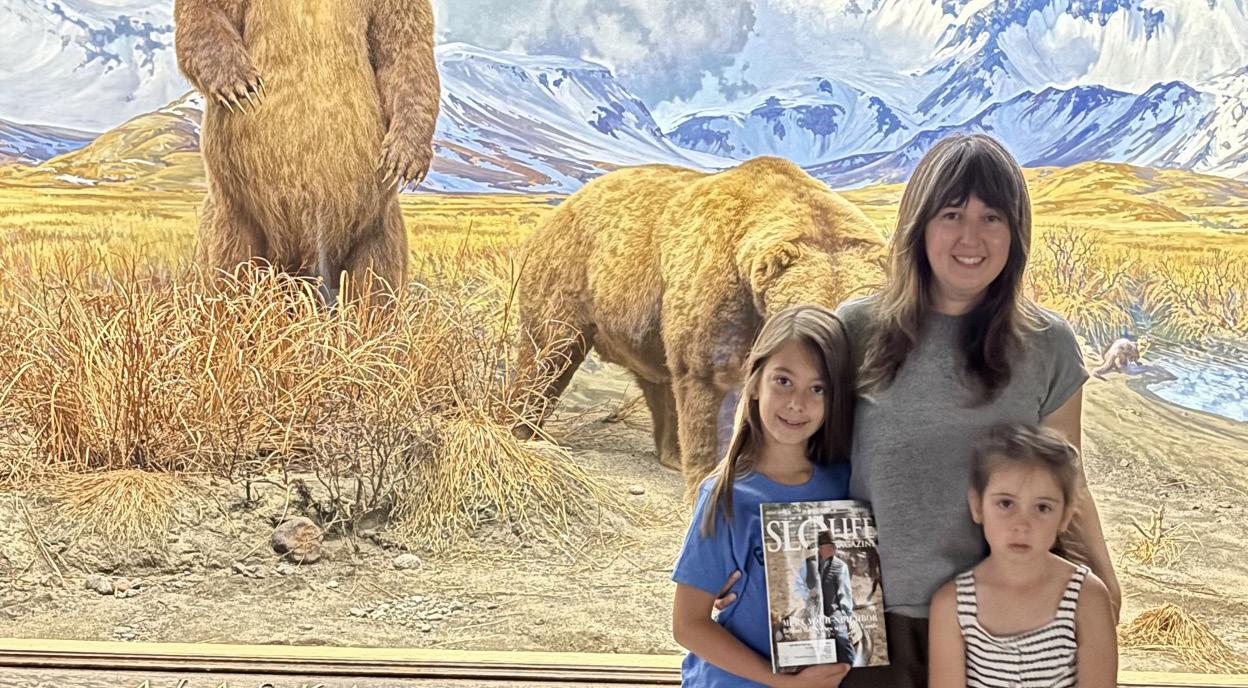
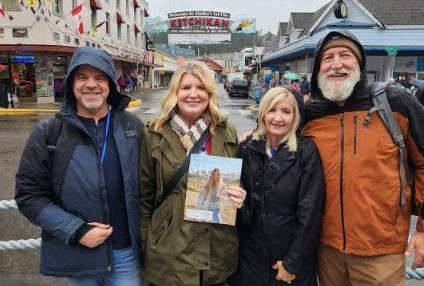
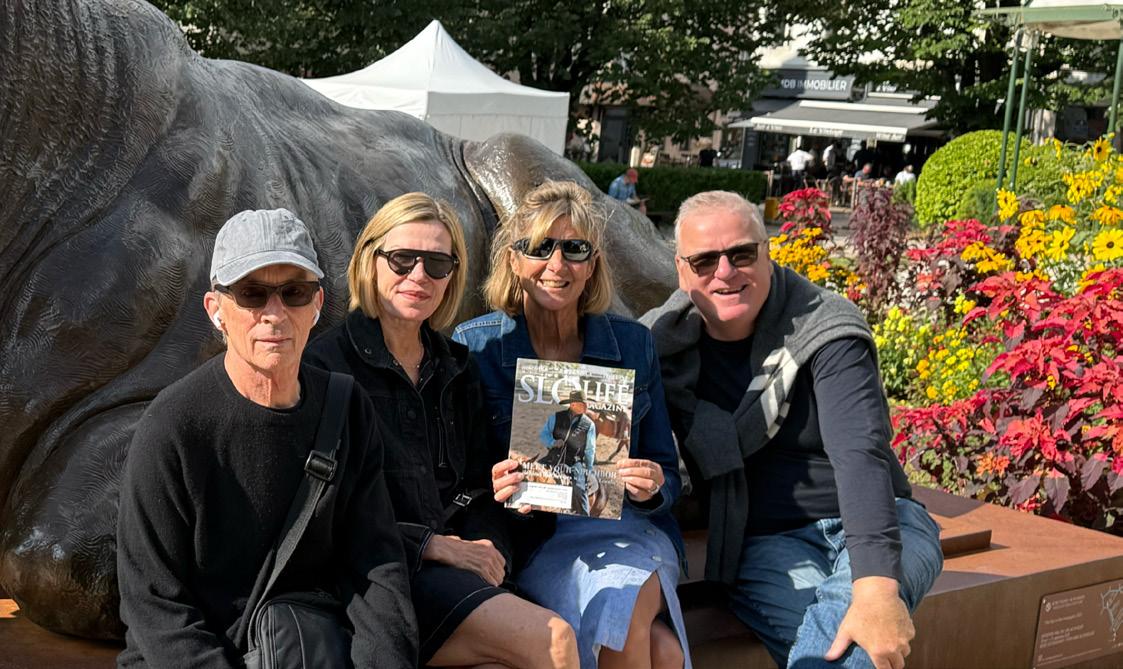
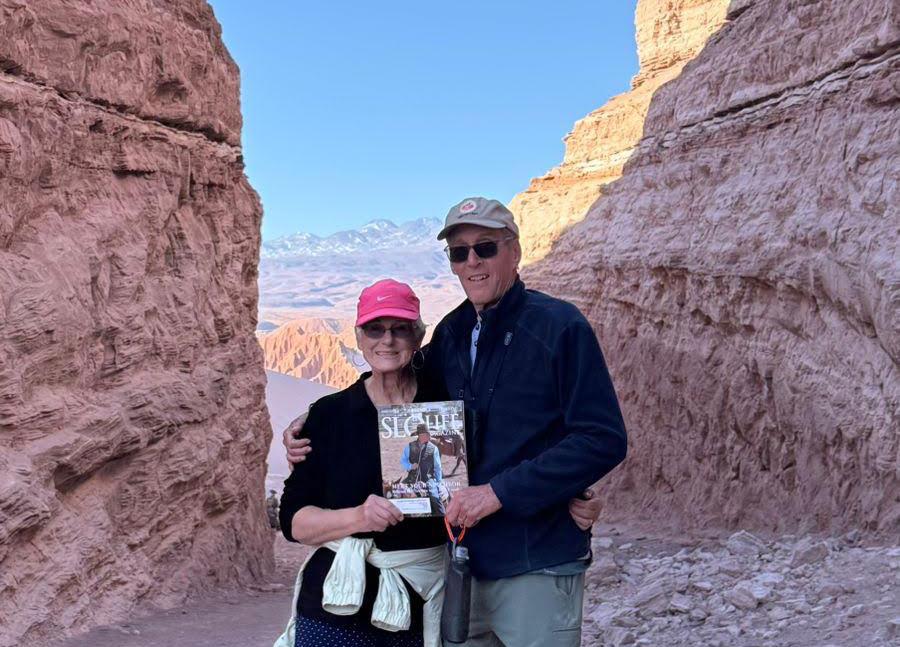
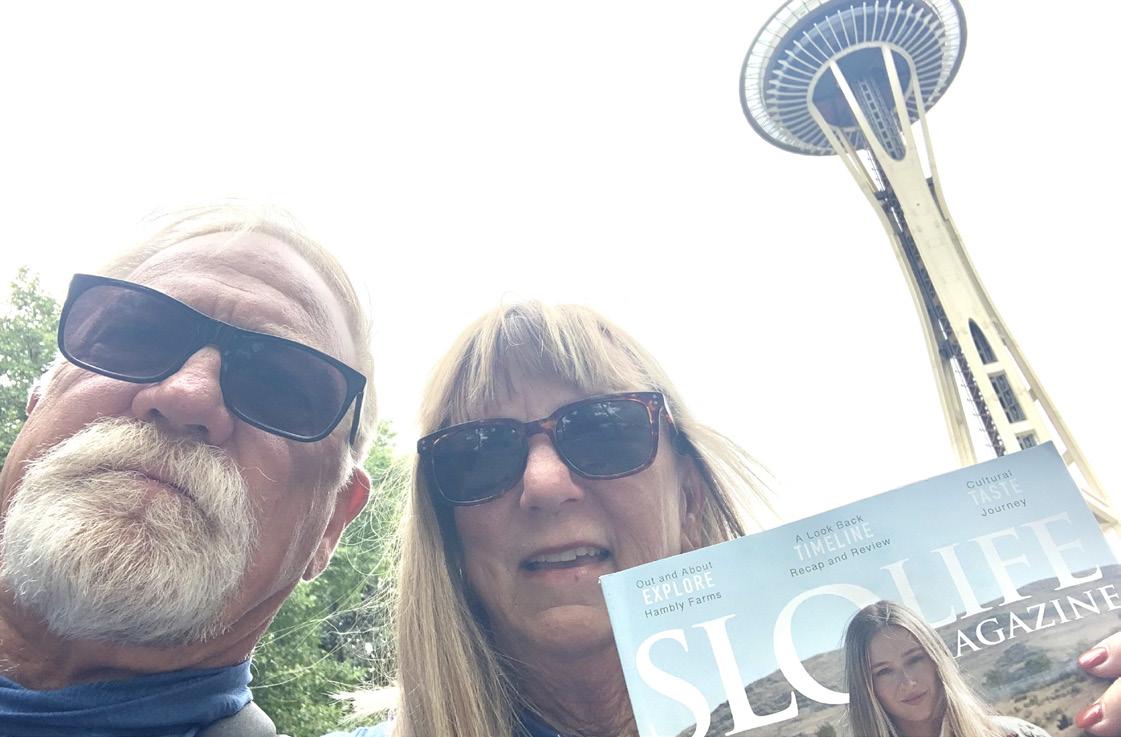
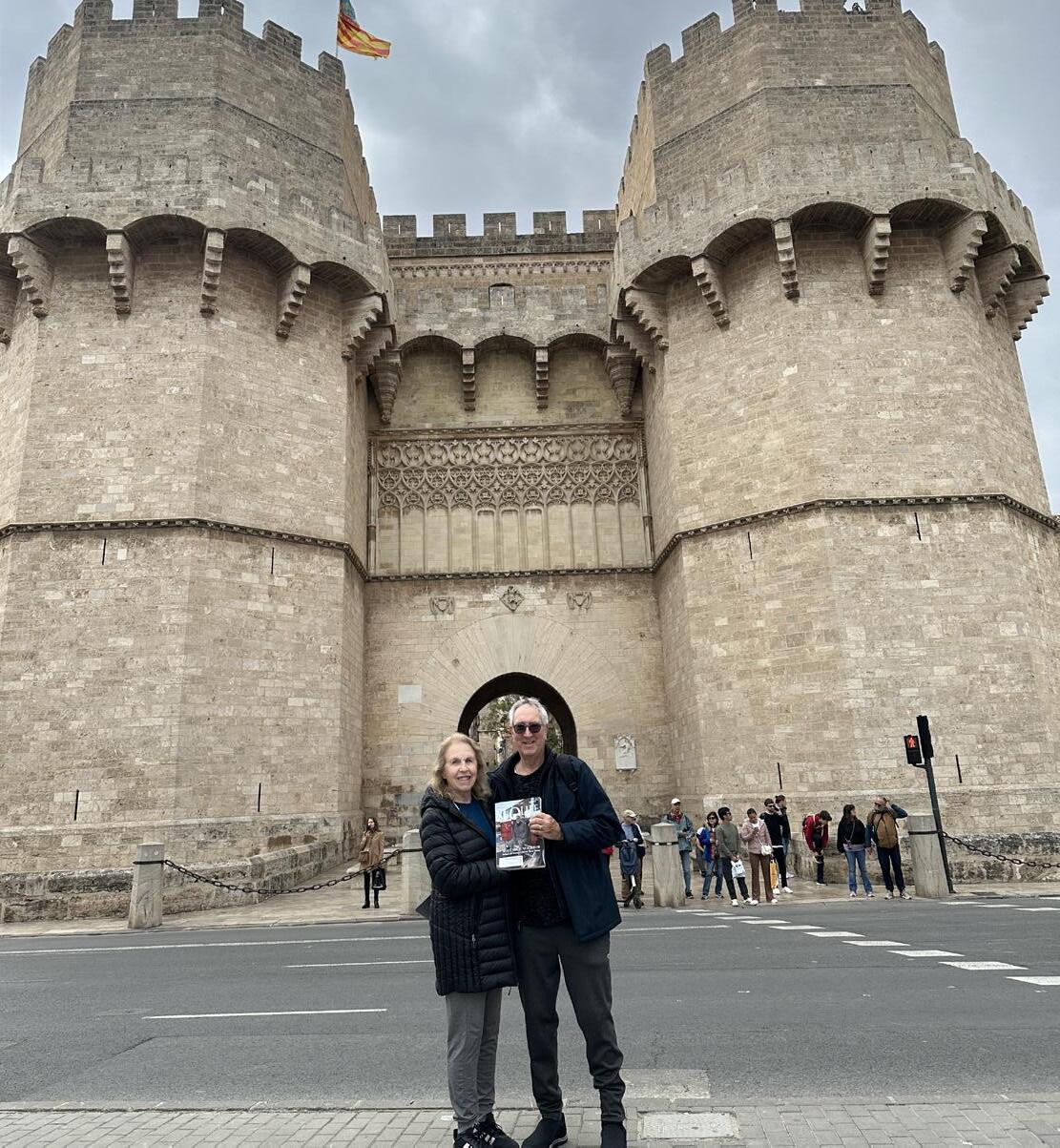
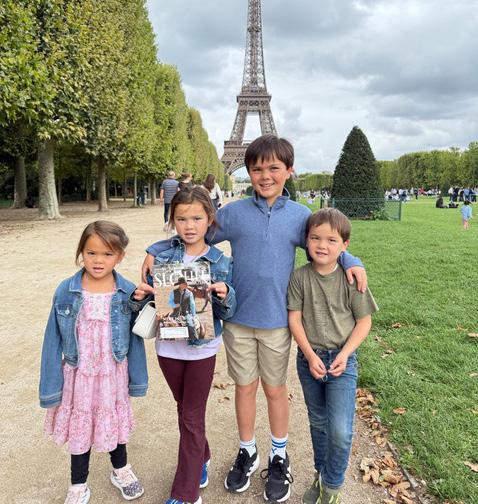
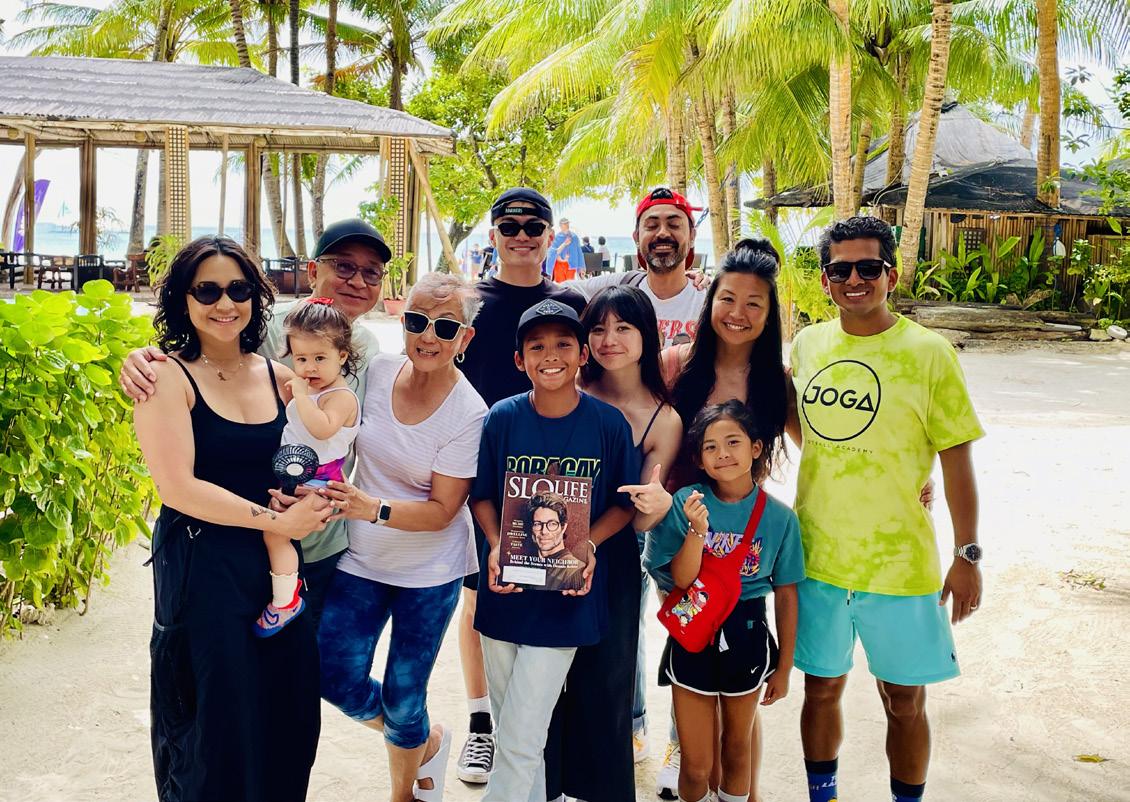

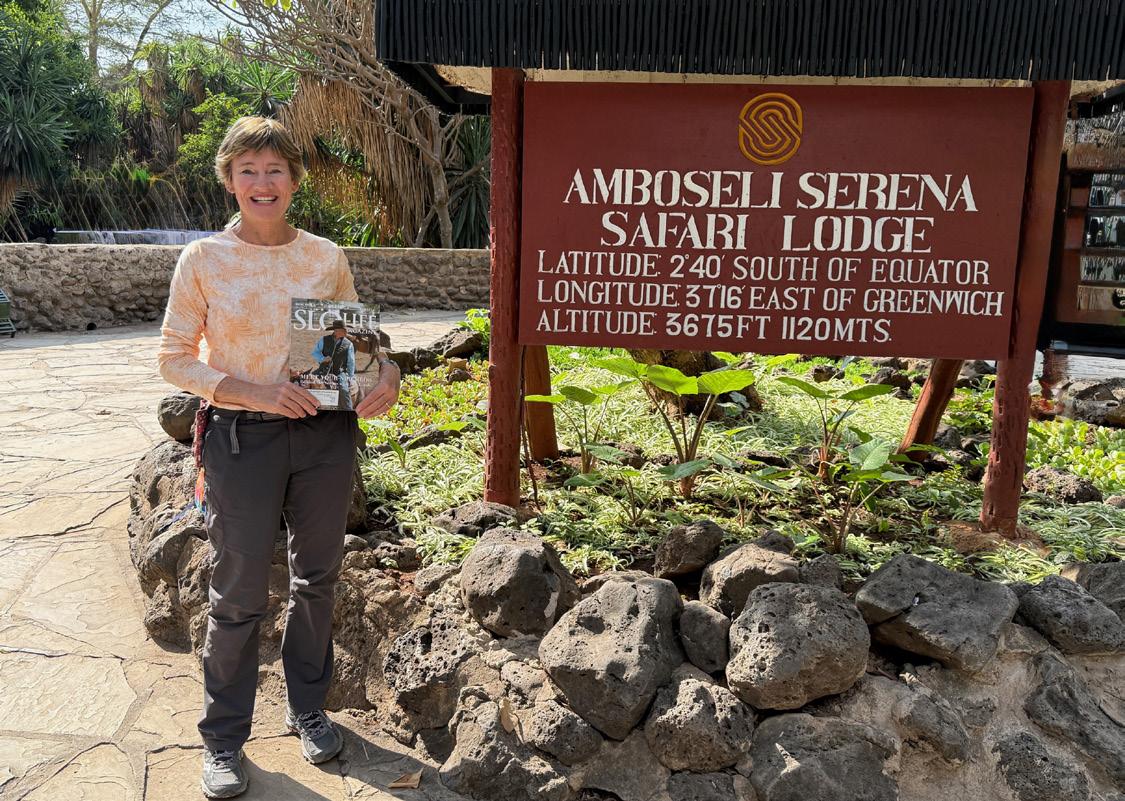







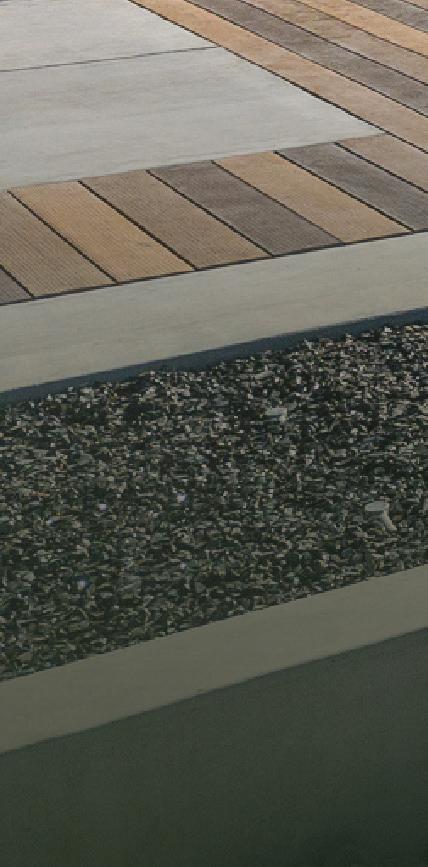


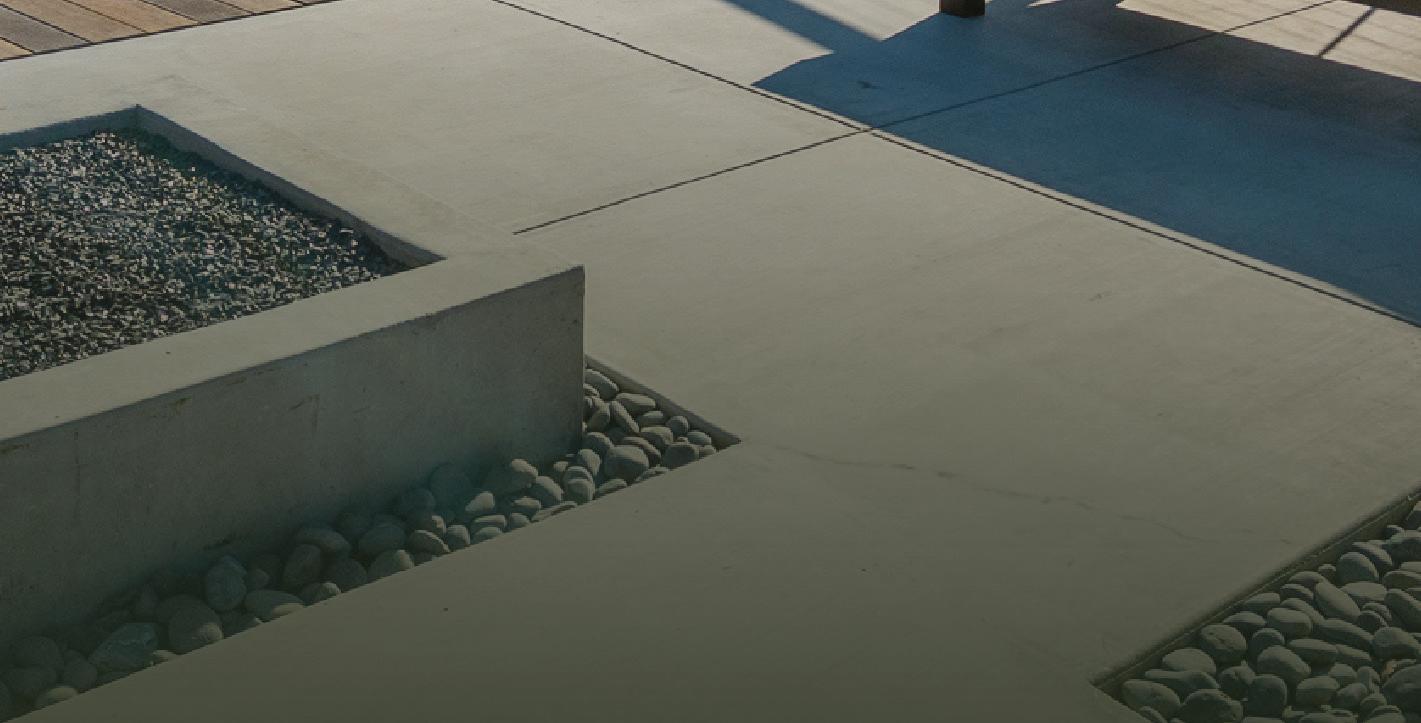
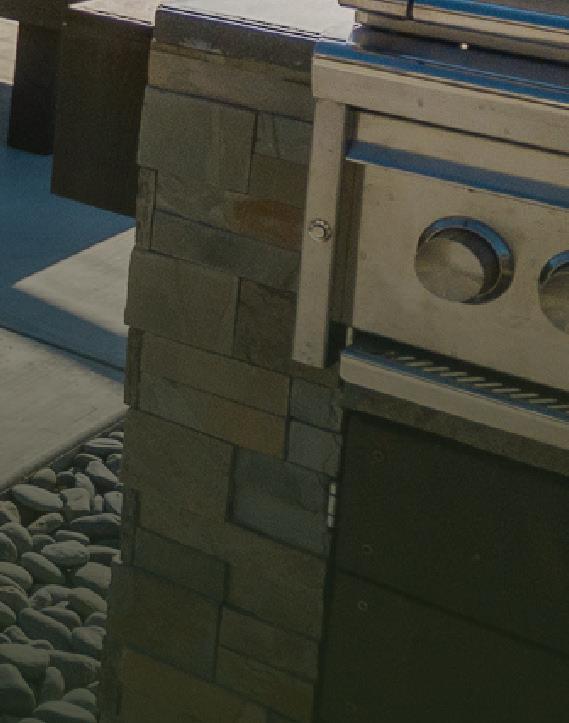

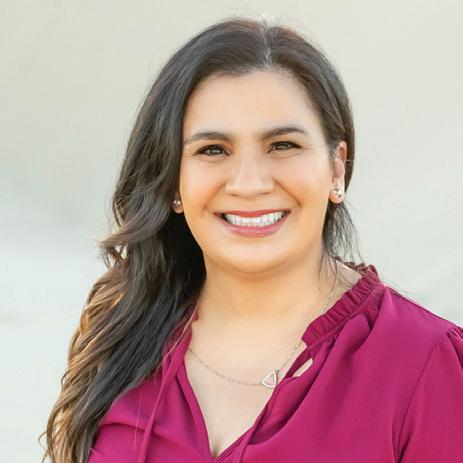
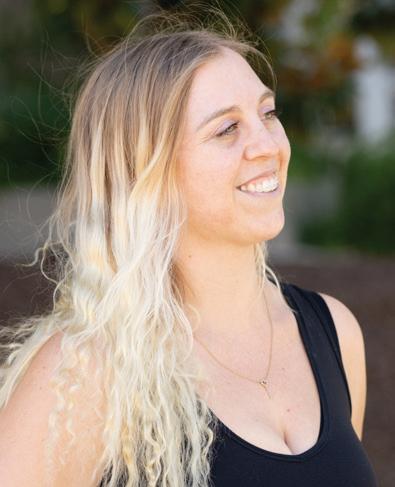



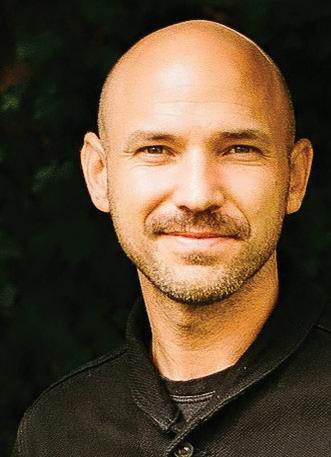


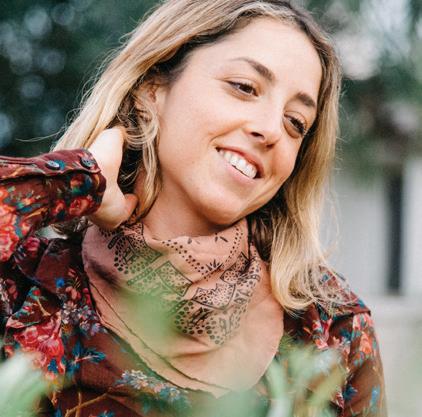

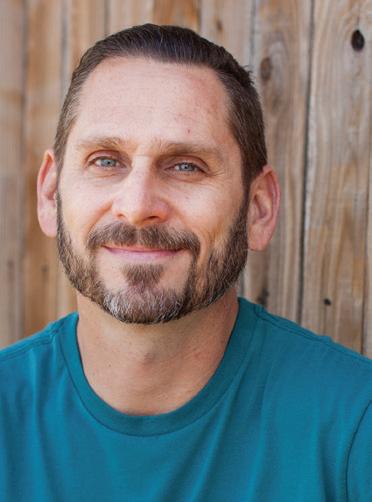
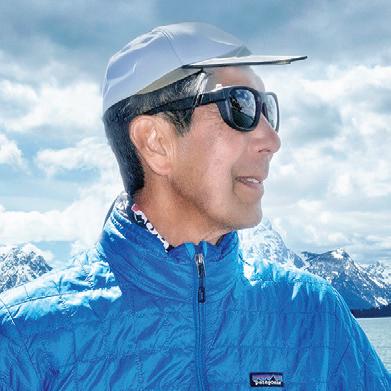


1. PETE BILTOFT enjoys photographing nature, sports, and events, and loving life in San Luis Obispo with his wife, Cyndi. You can follow him on Instagram @pjbig01.
2. ROSA CLARK is a family photographer based in San Luis Obispo. You can see her work at rosaclarkphotography.com.
3. EMILY DESJARDINS is an editorial photographer based out of her home town in San Luis Obispo County. Follow her on Instagram @emanatemoments.
4. CINDY KENDRIX is freelance copywriter in the food and beverage industry. Writing about people and their stories of perseverance truly feeds her soul. You can find her snacking on Instagram @cici_writes.
5. DAN FREDMAN is a SLO native immersed in the wine realm. He prefers LPs to streaming, Mac to PC, Fender over Gibson, and has nothing against screwcaps.
6. CHUCK GRAHAM is a photographer and the author of “Carrizo Plain” and “Paddling into a Natural Balance.” You can find him on Instagram @chuckgrahamphoto.
7. PETER HEIRENDT is a marketing creative producer and the founder of Shadowlight photography. You can follow him on instagram @shadowlightfoto.
8. PADEN HUGHES is an author, professional coach and co-founder of Gymnazo and enjoys exploring the Central Coast.
9. A Cal Poly alumnus with a background in Architectural and Product Design, DAVID LALUSH works as an architectural and real estate photographer on the Central Coast.
10. DANA LOSSING is an interior designer at SLO based Ten Over Studio with a passion for dancing, yoga-ing, thrift-shopping, and adventuring with her family locally and beyond.
11. JAIME LEWIS writes about food, drink, and the good life from her home in San Luis Obispo. Find her on Instagram and Twitter @jaimeclewis.
12. BRANT MYERS is a the founder at slobiiig.com, a hospitality consulting firm, and Toddler Timber, where he makes wooden children’s toys.
13. MARK NAKAMURA is a wedding, event, family, architectural, commercial, and landscape photographer. Find him @nakamuraphoto and @marknakamuraphoto.
14. BRIAN SCHWARTZ is a publishing consultant and advocate for local authors. He can be reached at brian@selfpublish.org.
15. TILLY WRIGHT is a Central Coast blogger, web specialist, and software support professional. Connect with her at tillywright.com or read her blog at sanluisobispomom.com.


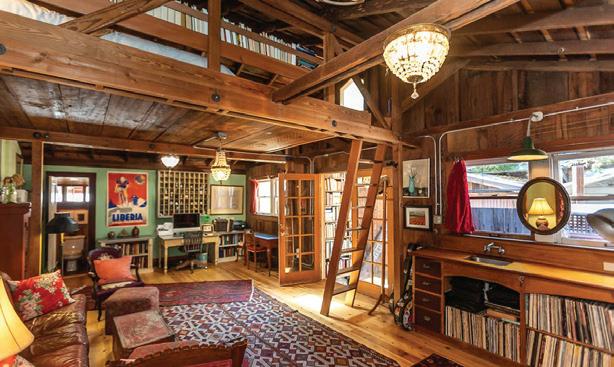
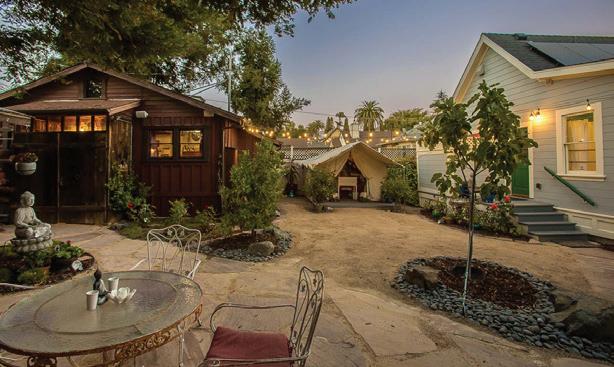


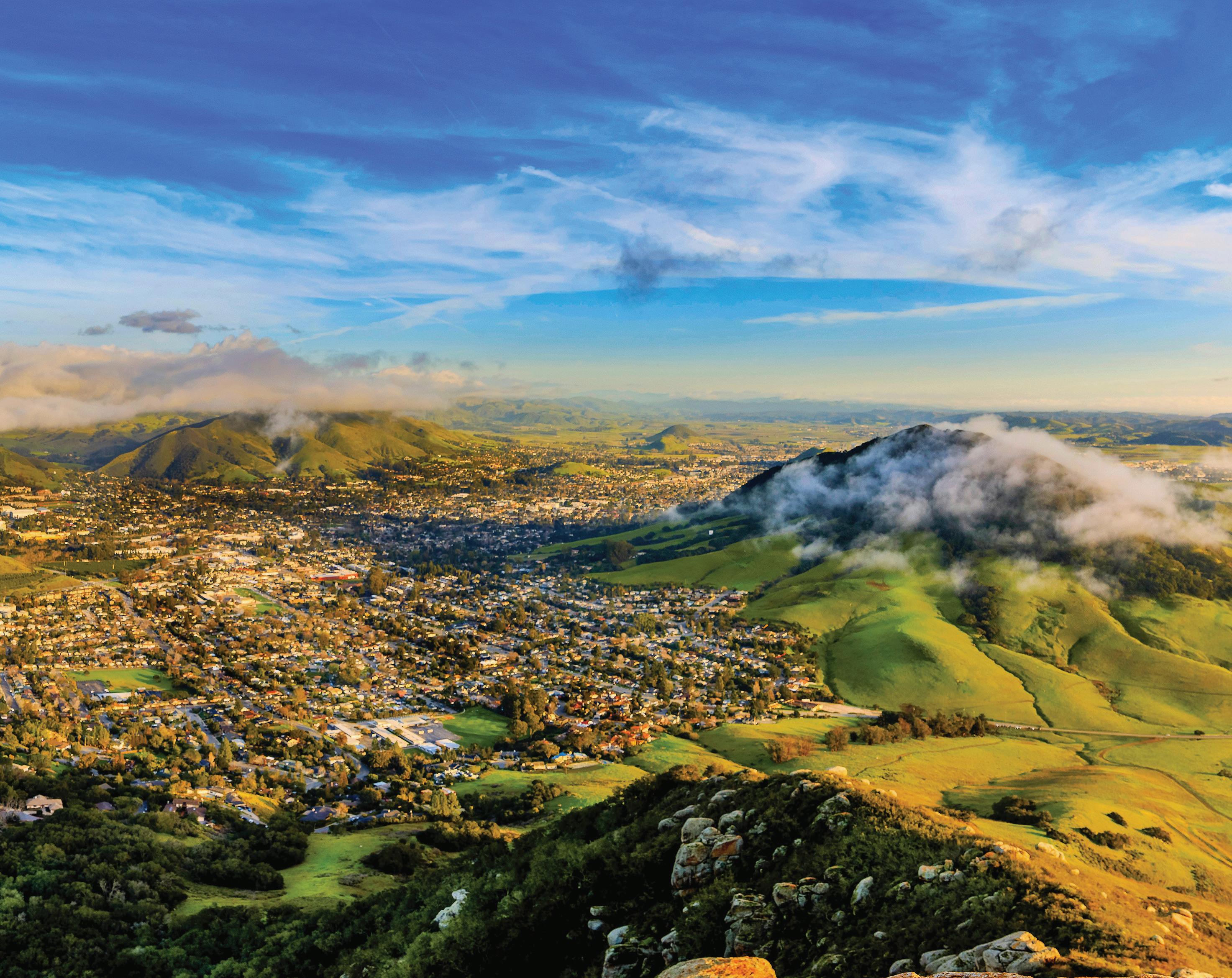


1443 IRIS ST,
offered at: $1,295,000

444 KINGS AVE, MORRO BAY offered at: $2,495,000

1455 VIA
offered at: $1,448,000
BY CINDY KENDRIX
California’s largest wildfire of 2025 broke out recently, becoming the third-largest fire in the country this year. The Gifford Fire, located off Highway 166 and affecting both Santa Barbara and San Luis Obispo Counties, escalated to 100,000 acres in merely eight days. By the end of August, it had burned through close to 150,000 acres, reaching 95 percent containment thanks to hundreds of firefighters. Officials report that five structures were lost, and all evacuation orders have since been lifted.
City Farm SLO has launched a new program inviting patrons to “pay what you can” every Wednesday from 1:00 to 5:30 p.m. Sponsored by Harvestly, with proceeds supporting youth programs and tenant farmers, the system offers an innovative way to broaden local access to healthy, sustainable, nutrient-rich produce at little to no cost. During the specified hours, customers can pay anywhere from nothing to whatever they choose for up to thirty dollars’ worth of select fruits and vegetables. Customers may also choose to pay more than the value of their purchase, with any excess going toward the next customer and back into the community.

Mee Heng Low Noodle House has been selected as a recipient of this year’s “Backing Historic Small Restaurants” grant of fifty thousand dollars. American Express has partnered with the National Trust for Historic Preservation to support small or independently owned restaurants across the country for the fifth consecutive year. According to SavingPlaces.org, the grant aims to “preserve America’s culinary heritage and beloved neighborhood buildings.” Mee Heng Low, which opened in 1927 in San Luis Obispo’s historic Chinatown, appears well suited for the grant and will use the funds for both business operations and facility improvements.
Coinciding with its 150th anniversary, the original Cass Warehouse (also known as Cayucos Veterans’ Hall) has reopened to the beach town community after a nine-year restructuring. Now known as Cayucos Landing, the building located at the foot of the pier has undergone more than eleven million dollars in rehabilitation upgrades over the past three years. Cayucos Landing has served as a community center for decades, hosting local weddings, veterans’ gatherings, and a variety of community events. More than two hundred locals attended the grand reopening, many expressing excitement to regain access to the renovated facility.

Forbes has released its annual “List of America’s Top Colleges,” ranking Cal Poly fifty-fifth nationwide, up from fifty-seventh last year and eighty-third the year prior. Within California, Cal Poly ranks seventh among public schools and twelfth overall among both public and private institutions for 2025. The article emphasizes the school’s “Learn by Doing” motto and highlights how faculty provide hands-on learning opportunities applicable to the workforce, contributing to Cal Poly’s strong retention rates, graduation rates, and return on investment.

Cal Poly alumnus Andrew Alvarez won his debut MLB game pitching for the Washington Nationals. Allowing one hit through the first five innings against the Miami Marlins, Alvarez earned praise from interim manager Miguel Cairo, who said, “He was very composed.” Catcher C. J. Stubbs also made his debut in the same game. The Nationals defeated the Marlins 2–0, making Alvarez the first debut pitcher to win for the Nationals since Stephen Strasburg in 2010.
After more than thirty years as a corner store offering stylish shoes, designer clothing, and jewelry to locals and visitors, Avanti in San Luis Obispo has announced via Instagram that it will officially close. The post notes that in Italian, “Avanti” translates to “come in” but can also signify “forward” or “ahead” as the boutique’s owners and employees transition to new endeavors.
Los Osos residents received welcome news that their hard work and donations to save the Cuesta Inlet had officially reached the funding goal. The thirteen-acre property serves as a sanctuary for Los Osos residents—a place to walk, watch birds, congregate with neighbors, and find peace. The nonprofit organization Save the Cuesta Inlet had been organizing for three years to purchase the privately owned land. Given six months to raise $735,000, the group reached full funding in three months and will rename the organization Friends of the Inlet after escrow closes on October 1.
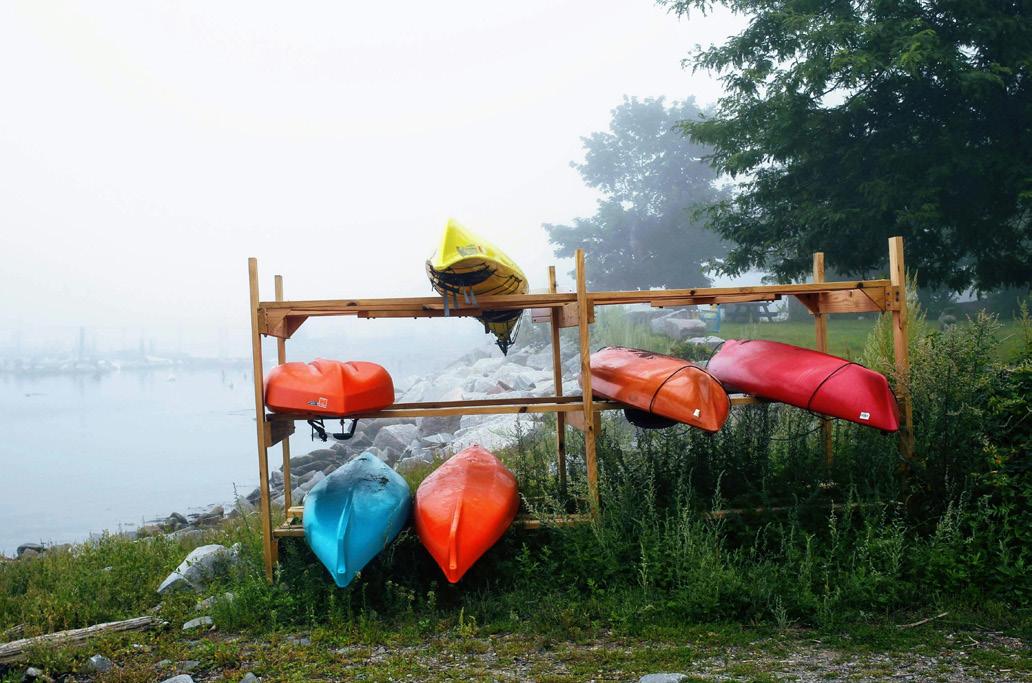

American rock band Foo Fighters announced on September 12 that they would perform live at Fremont Theater the following day. In-person ticket sales began at 7:00 a.m. Saturday, and music fans familiar with this traditional ticket acquisition process came prepared. With some waiting more than twelve hours, fans arrived with sleeping bags, snacks, and lawn chairs, hoping to secure one of the nine hundred first-come, first-served tickets. Though many left Saturday morning without tickets, the atmosphere remained positive among fans.
Local nonprofit organization Mujeres de Acción announced the lastminute cancellation of its fourth annual Hispanic Heritage Festival scheduled to take place in Downtown City Park in Paso Robles. The free public event celebrates the Hispanic community through authentic food, music, local vendors, and performers. Last year’s family-friendly event drew approximately four thousand attendees. Executive Director Yessenia Echevarria confirmed that the decision to cancel was due to recent safety concerns but said that next year’s event will include additional security measures to ensure community safety. SLO LIFE
There’s something truly magical about finding your life’s purpos which is exactly what happened to Emily L’Heureux who transform executive to CEO of Woods Humane Society. Her remarkable eightwith simple visits to pet cats with her son, proving that the m often start when we follow our hearts.Here are a few highlights
Tell us a bit about yourself and how you ended up here in SLO?
My family is from Fresno. I was born and raised there, and that’s where I met my husband. My career in Fresno was mostly in the corporate world, where I worked my way into executive management roles. We moved here for a variety of reasons, but the biggest one was my husband’s demanding twelve-hour shifts. At the time, we had a tiny eight-month-old baby.
So were you in the animal service before? What brought you to Woods?
Not at all. And I want to be clear about that, because I believe this wholeheartedly: this is a story that could only happen in San Luis Obispo. When we first arrived, we had no network here. The only (805) number I had in my phone was my landlord’s. We decided I would stay home with our son, but honestly, I’m not the type to sit still.
One thing my son and I loved was visiting Woods Humane Society to pet the cats and say hello to the dogs. When he was about to start transitional kindergarten, I thought I’d volunteer until he was in school full time—then I’d go back into sales or something similar. I went to the Woods website to sign up as a volunteer and noticed a posting for a part-time adoption counselor. It was the most entry-level position at Woods, but I figured if I was going to give my time, why not apply.
That was eight years ago. I started at the bottom and slowly worked my way up, primarily in development. Two and a half years ago I was named interim CEO, and eventually CEO. It has been the honor of my career. I’ve never felt more fulfilled—or happier.
What are some highlights of working at Woods you want people to remember ?
Every day I get a front-row seat to families being created. I also get to work alongside a team that is not only hardworking and passionate but also highly skilled and strategic. This isn’t just about feelings—it’s about dedication and vision. Together, we adopt out more than three thousand animals every year.
What makes Woods a special place for the animals in its care?

Woods has a consistently lower length of stay

than most shelters, which means we’re getting
flexible about returns. If people do need to bring an animal back, Woods is the softest landing
requirements. And while the law mandates a certain amount of enrichment time, we make it a point to quadruple that. We always aim to go above and beyond. None of this would be possible without our staff—and without a
We love our fosters! Just head to our website
training here at Woods, and the great thing is you get to choose what fits your life. Maybe you only have a weekend to care for kittens, or maybe you’re up for a two-month rehab with a
Most importantly, Woods provides everything you need: food, medication, supplies. These are still our animals—you’re helping us by freeing up kennel space. The foster program is a lifeline, especially for our sickest or most
What do you think would you say is the main mission of
Adoption, spay/neuter, affordable training, and humane education. With the education piece, it doesn’t even have to be a Woods animal for you to get help. We want to support the entire community. Just last month, for example, we
supplies to families who needed a little extra Wiggle Waggle Fall Festival, is on October 25 this year. We host it on our campus, and it includes a pet costume contest, a vendor fair, food trucks, and live radio. It’s really just one big party—and it’s free!






BY MARK NAKAMURA
I feel a fresh excitemnt as i embark on a new adventure especially when taking off from San Luis Obispo County Airport. My favorite season in San Luis Obispo is late winter or early spring, when the hills turn a lush, verdant green after the rains.
Now that I’m entering my eighth year of retirement (has it really been that long?), I find myself traveling more often—especially during the shoulder season, when school is in session. There are fewer travelers, and flights are usually more affordable.
Whenever I fly in or out of SLO, I always try to get a window seat. I love capturing those first few moments after takeoff, when the plane rises above the green hills and offers a sweeping view of the city, especially in late winter or spring.
There’s no need to bring along my mirrorless camera—a smartphone will do. In fact, for many destinations, I leave my expensive camera gear at home. Today’s smartphones take remarkable photographs, with capabilities that sometimes surpass even the most advanced cameras.
Smartphones have certainly come a long way since the days of the flip phone. Remember those grainy, out-offocus, blurry images you used to squint at on a one-inch screen?
Looking down on San Luis Obispo from the airplane, you can spot the housing development off Higuera Street in the bottom right corner, with the South Hills in the foreground. To the bottom left, you’ll see the intersection of Highway 101 and Madonna Road, and the heart of the city spread out in the center.
There’s no need for a drone when you can enjoy an aerial view of San Luis Obispo from the comfort of your airplane seat. It’s plane beautiful staring down at your hometown from a window seat.









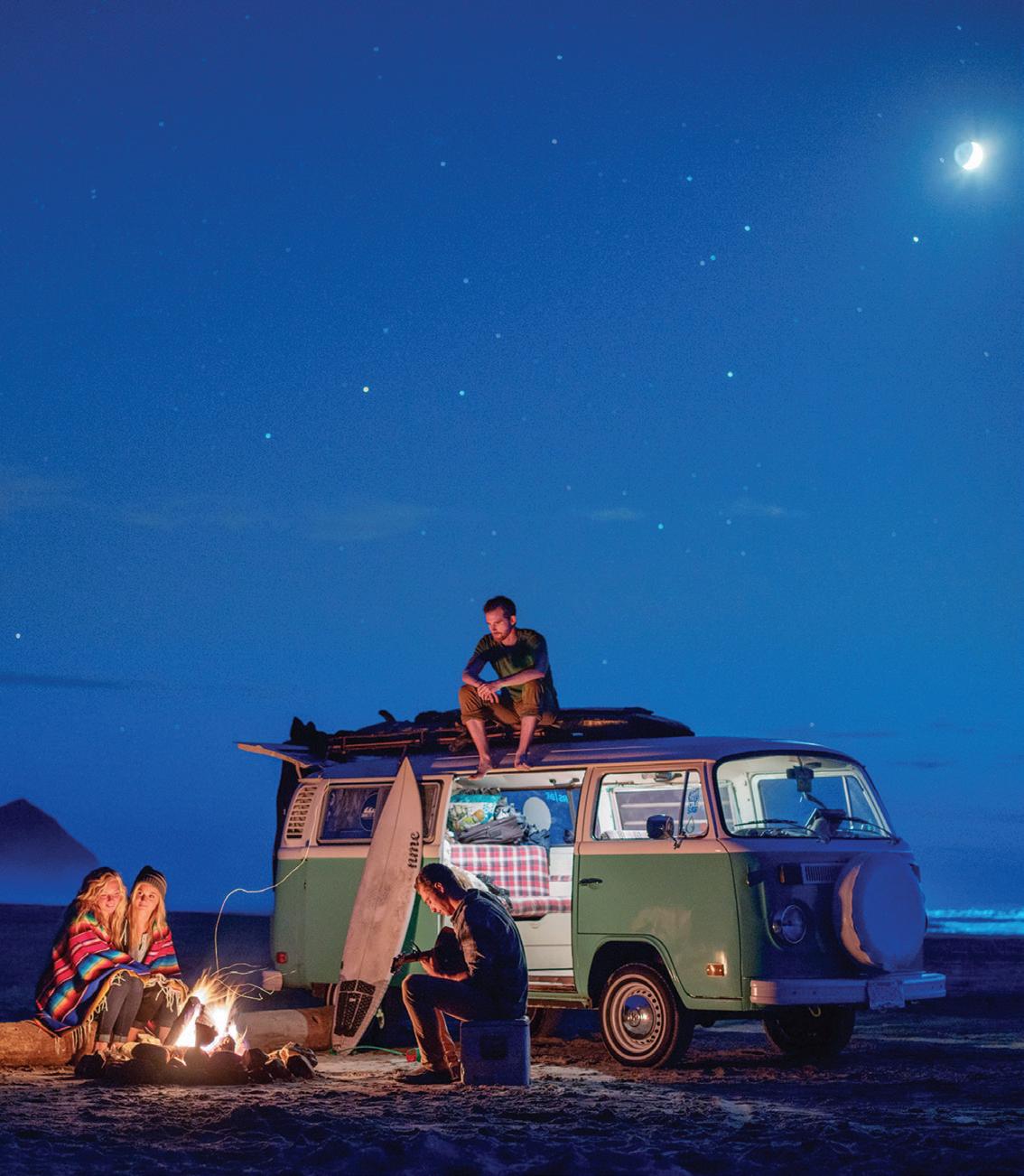






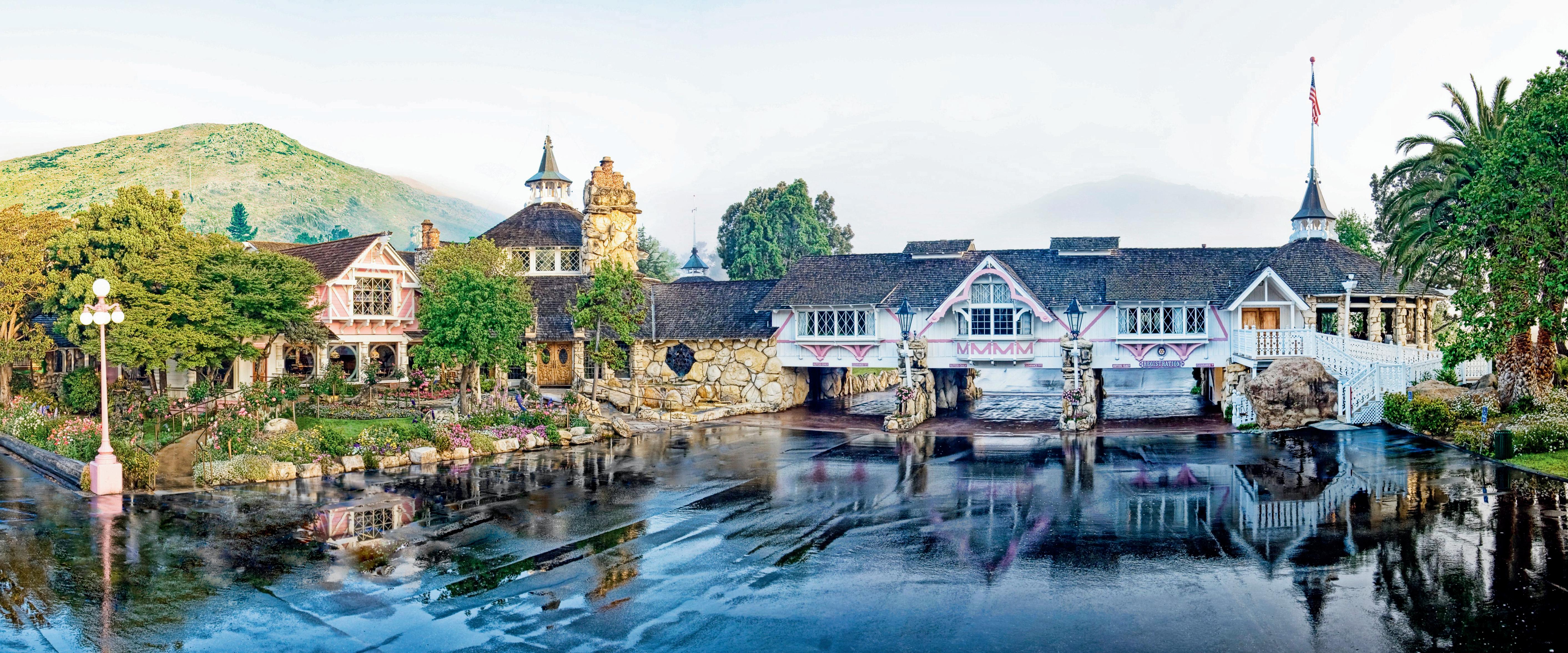


BY AARON BURKHARDT
Moonshiner Collective began in the hills of Cayucos, where songwriter Dan Curcio was living in a yurt and making music under the moon. Friends and fellow musicians would gather around the firepit, swapping songs late into the night. Visitors included Nathaniel Rateliff, the Dirty Heads, G. Love, and Jackie Greene—artists who brought their own magic to those sessions. Inspired by a Bob Dylan rendition of the traditional Irish folk song Moonshiner and his vision for a “collective” of rotating collaborators, Curcio found the name that would carry his music forward.
Today, the “collective” has a solid core: Curcio on guitar, piano, banjo, and vocals; Gary Wooten on his one-of-a-kind eight-string hybrid guitar/bass; and Ryan House on drums and percussion. Wooten’s setup, which routes the top five strings to a guitar channel and the bottom three to a bass amp, allows him to play bass and lead guitar simultaneously—an innovation virtually unheard of in their genre.
The trio’s formation was serendipitous. Curcio and House first jammed more than a decade ago at local radio host Adam Montiel’s birthday party, instantly sensing the fit. Years later, House met Wooten at an open mic at Bang the Drum Brewery. Wooten had just relocated from Las Vegas and Austin, where he served as lead guitarist and musical director for the Wade Bowen Band. House introduced him to Curcio just before the pandemic, and the chemistry clicked. Though Moonshiner Collective started in 2012 with a rotating roster, Curcio now calls these two musicians his brothers and hopes this lineup continues for the long haul.

All three members are full-time musicians. They balance gigs with teaching, recording, and running their own ventures. Curcio’s wife, Stephanie, manages bookings and marketing—a full-time job in itself. Curcio’s own journey started in Catholic school choir before teaching himself guitar in high school and writing songs incessantly. The band’s influences run deep, from Ben Harper and the Innocent Criminals, Van Morrison, and Paul Simon to outlaw country legends such as Willie Nelson and Waylon Jennings.
Their sound—dubbed Californicana—is California-inspired Americana rooted in the singer-songwriter tradition, but layered with modern rock, blues, and outlaw country influences. They call it “good time music with a soulful depth,” with lyrics that lean toward hope, optimism, family, and community. As Curcio explains, “We feel this world needs more positive messaging and reminders that we are surrounded by goodness when we look in the right places.”
The band’s story is dotted with memorable venues and shows. For Curcio, the old SLO Brew on Garden Street holds a special place as home to his previous band Still Time, which set records for sold-out shows there. These days, their “Under the Moon” concert series at Dairy Creek Golf Course has become a signature event—powered entirely by batteries, staged on the driving range, and framed by the Nine Sisters peaks. The atmosphere blends the intimacy of a campout with the production value of a high-end concert.
Moonshiner Collective has released several albums and EPs, all available on streaming platforms, and they are wrapping up a new

EP recorded at House’s Cambria studio, Sonic Milk Recording. Their connection to the San Luis Obispo County music scene is strong; they praise the talent and camaraderie among local artists while advocating for a stronger culture around original music.
For Curcio, music is as much about the people as the performance. With two young daughters, he has chosen to prioritize being present over heavy touring. “Whether it’s ten people in a living room or four thousand singing the words, it doesn’t really make a big difference in my enjoyment,” he says. “I just love playing music with my incredibly talented bandmates and being able to do it here in this beautiful town.”
You can catch a live performance at the Siren in Morro Bay on November 14. Visit moonshinercollective.com to get upcoming “Under the Moon” concert series dates, where you’re sure to enjoy community, craft, and Central Coast moonlight.
Find Moonshiner Collective on Spotify, and moonshinercollective.com. Follow them on Instagram @moonshinercollectivesic for performance clips and show updates.

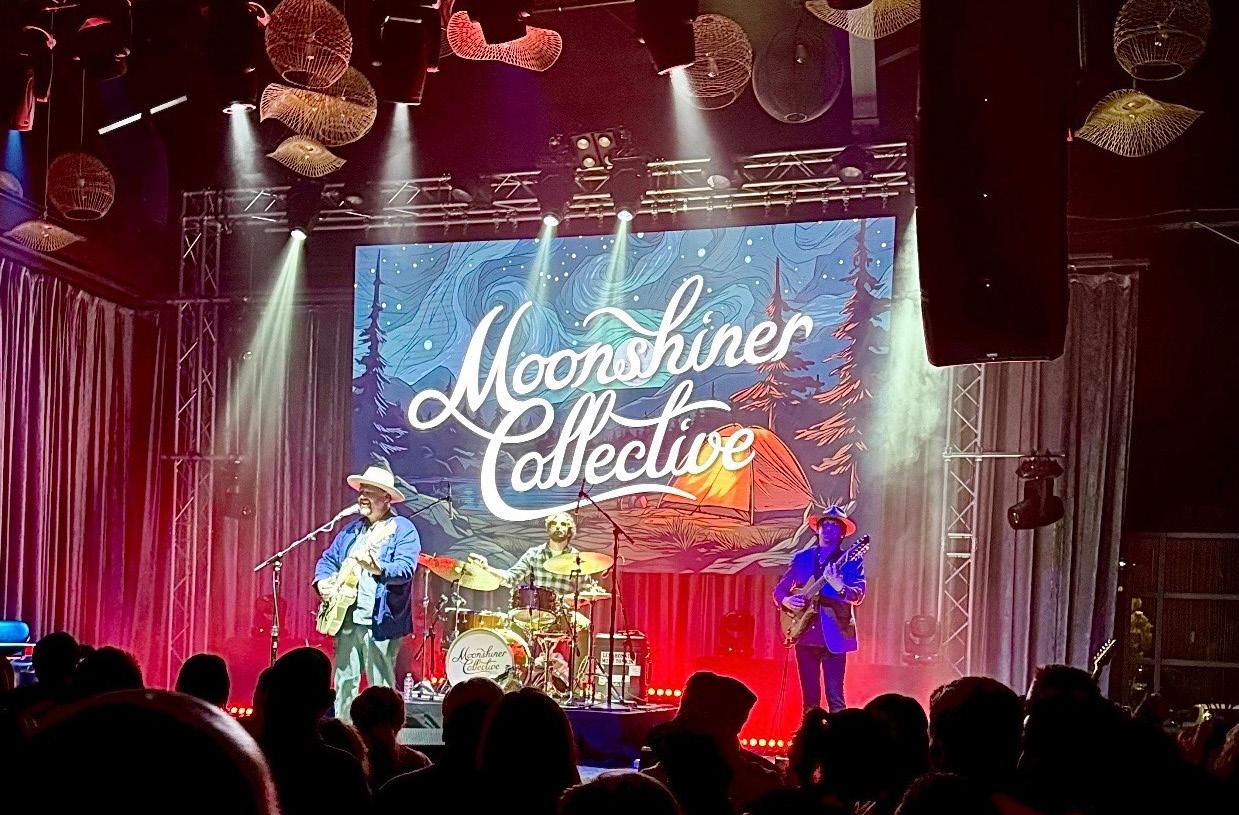
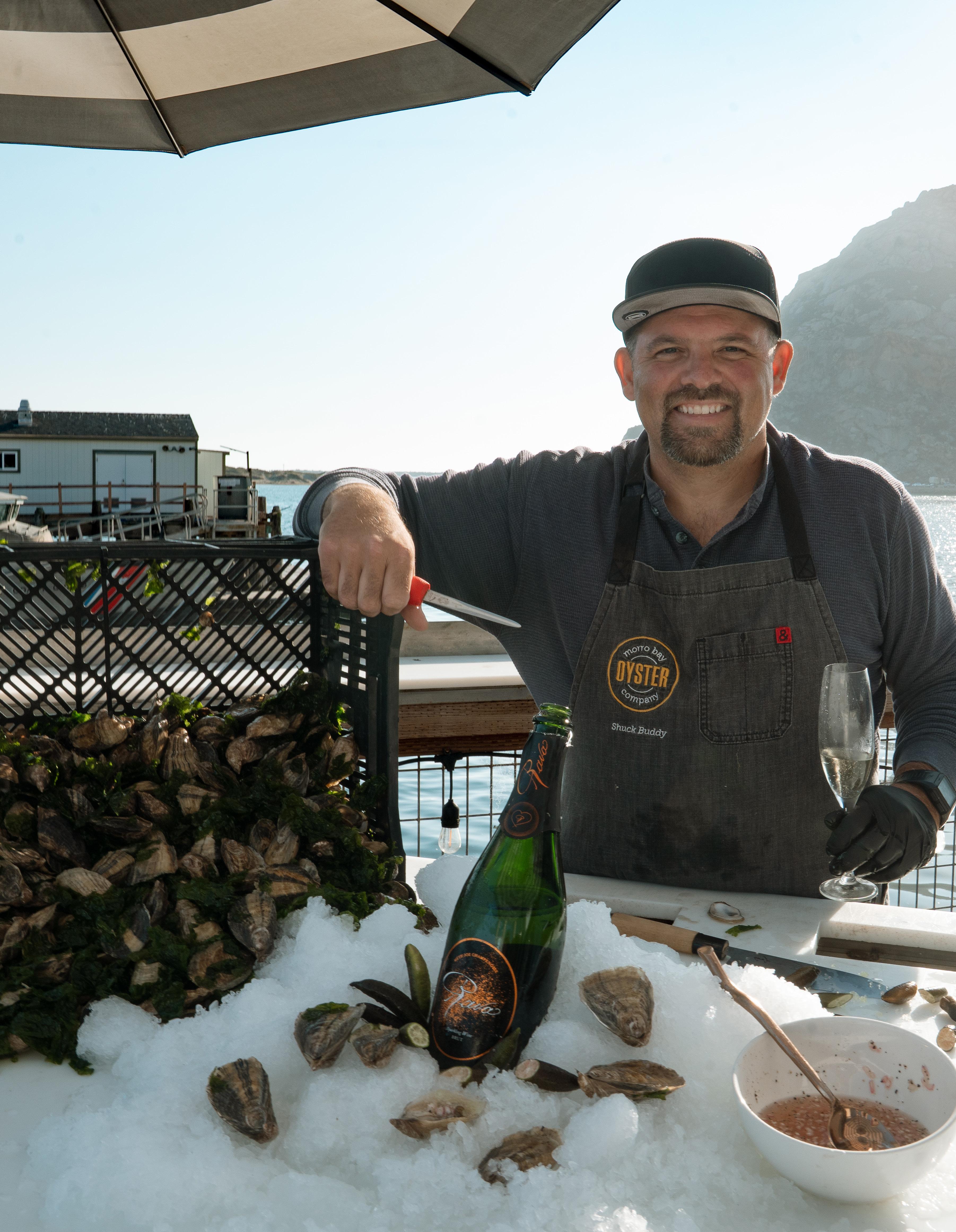

From diving in the crystal-clear waters of Mexico’s Sea of Cortez to building a premium oyster operation in Morro Bay, Neil Maloney has turned his passion for marine biology into a thriving aquaculture business. What started as dock-side sales has grown into Pacific Gold Reserve, supplying top restaurants across the country while maintaining ultra-sustainable farming practices. In this interview, Maloney shares the realities of oyster farming, from navigating unpredictable weather closures to overcoming the misconceptions surrounding farmed seafood. Here is his story . . .
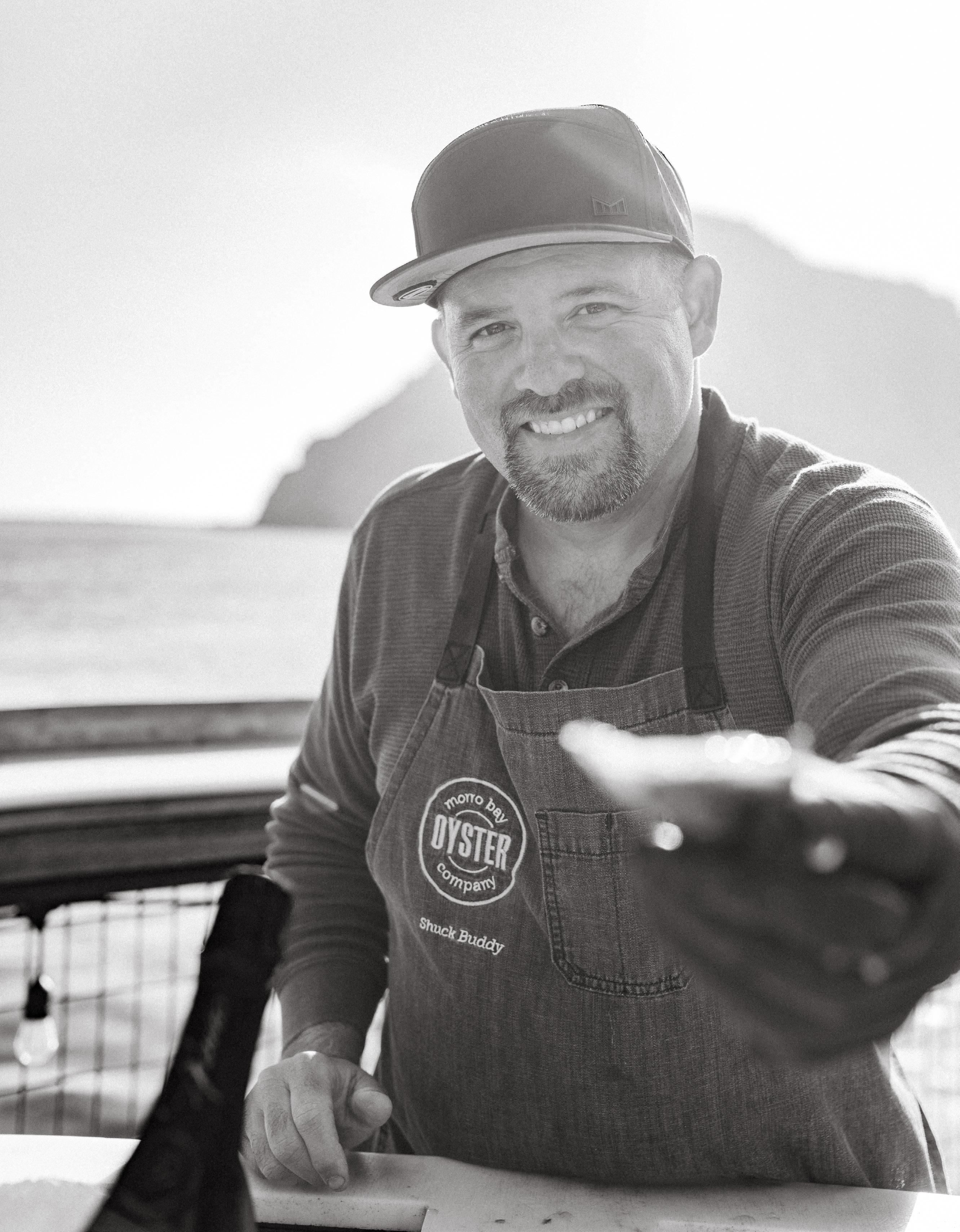
AAlright, Neal tell us a little about yourself.
My name is Neal Maloney. I grew up in the Bay Area, east of San Francisco, going to the tide pools and falling in love with the ocean. I was going to study marine biology before I even knew what it was, and I carried that passion through into college. I went to the University of Oregon and studied marine biology. I loved it, but I really didn’t like working in the labs. My dad suggested I check out this new industry called aquaculture. Once I started looking into it, my counselor recommended that I go down to the Sea of Cortez, where they had an aquaculture program that grew pearl oysters and prawns.
What was it like working down in Mexico?
I was diving in eighty-five-degree water with onehundred-foot visibility, thinking, “This is the life.” I was down there for six to eight months. We had a hurricane come through that damaged the farm, and I was able to dive and do repairs. When I was doing that, I was holding an anchor line, looking up in eighty feet of water. There were tuna swimming around and mackerel all around—it was just incredible.
I planned on staying in Mexico, but I realized that with what I was going to get paid there, I couldn’t pay my student loans back. My parents said, “Please take our car and drive down the coast until you find somewhere to work in aquaculture.” My second stop was Tomales Bay Oyster Company, and they hired me. I graduated in June, and November 15 was my first day. I was supposed to be there for a year and learn the ropes of oyster farming. My boss came to me and said, “I’ve got three employees down in Morro Bay, and I need one more. I need you to move down there on Monday.” My buddy was a Cal Poly student, so I crashed on his couch and came down here.
What a great place to get transferred to!
Absolutely. My boss was an awesome mentor and really understood aquaculture. He had been in business for twenty-five years, and it was cool to experience how my education helped support what I was learning there and kind of rounded off the whole picture of what I was doing. But really, it was all these other skills that I didn’t have that were great to learn. I got to make tons of mistakes on his dime that I wouldn’t have been able to afford as a new business owner, so I got really lucky in that aspect.
hundred thousand oysters. I thought, “Oh, that’s going to be me.” It was not at all. But when he retired, he sold me the farm.
What got you from dreaming of selling thousands of oysters to actually doing it?
I would sell off the dock, off the side of the highway, and started doing farmers’ markets. I also started cold calling because I had done some cold calling with commercial real estate as a job from high school into college. I thought, why don’t I take those skills? I’ll just go pound the pavement and start going into restaurants, cold calling and meeting chefs. They were so excited to learn about a local product that they could get because at that time there wasn’t a local product offered. I was harvesting and delivering the same day: every Wednesday I went to Santa Barbara, every Thursday I went to Monterey. During the week I sold locally, and then we got into Whole Foods and started selling to all the Whole Foods in California, Arizona, and Nevada.
Now we sell to restaurants like Restaurant Daniel out in New York and Michelin star restaurants all up and down the coast of California here. I don’t know if I would’ve directed my company that way had it not been for her. It’s really been a great way for our brand to build as a premium oyster. When I met my wife, I had the palate of a two-year-old, and she really opened my eyes up to that and encouraged me to lean into that atmosphere. She has an appreciation for finer things, and oysters fall into that category.
How did you meet your wife?
I was meeting my old boss for dinner at Koberl at Blue here in SLO. They got there before me. I came in, and she was our server—I honestly did a double take. We had our meal and were getting ready to go. We got outside and actually started crossing the street. I thought, “I’ve got to go back and talk to that girl. I’m going to regret this.” So I went back in, sat at the table, and she thought she had given the wrong change. I said, “No, I just wanted to get your number.” She said, “Oh, well, I get off in an hour if you want. My friend’s band is playing at Frog and Peach if you want to come.” We got there as they were putting the guitars away. So we went back to Koberl at Blue with staff and had a cocktail. She tried to shake me off, but I got her number and pursued her pretty heavily.
I was twenty-five at the time, and I just thought oyster farming was going to be so easy—the marketing and sales side of it, everything. Watching my boss sell so many oysters... on the Fourth of July weekend, he could sell a >>
After that, she started nursing school the same year I started my business. It was just kind of a crazy time. She was in San Francisco going through nursing school, but we stayed together, got married, and I brought her back here

we stayed together, got married, and I brought her back here even though she wanted to be up in the big city. Now we are blessed with two amazing kids.
What has been your biggest learning curve since taking ownership?
I would say rolling with the punches and the unpredictability of it all. We were shut down for a year during 2020, and we couldn’t sell anything. We did a little bit of dock sales that kind of kept the electric bill paid. But when we got back in business, our seed suppliers were also struggling. We couldn’t buy seed during the downtime, so we didn’t have cash. Then when I had cash, they didn’t have seed, and so we barely made it through. It was about a year after getting reopened that I could finally buy seed again. Then we had floods. The floods killed 95 percent of my farm. The bay had so much silt in it, which was extremely fine and would normally get pushed out, but that silt was so fine it was getting transferred to their stomachs, and they were starving while eating dirt. We have had many bumps in the road, but we are still standing strong.
What do you think people have misconceptions about regarding oyster farms?
Well, aquaculture in general—people think, “Oh, that’s farmed. There’s something dirty about it, or there’s some issue with genetics
or something like that.” But if you’re into following sustainability and read the literature, we’re considered ultrasustainable because of our methods. I use classic mesh bags to grow oysters. Again, people may think, “You’re putting plastic in the ocean.” But I have the same bags on my farm that I’ve had since 2004. We upcycle the material, we repair it, and if gear gets away, our team does routine bay cleanups quarterly and again after every storm. We don’t have a big parade of people—it’s just us out there. But we drive the coast, and we talk to neighbors, and people know that they can call me and report any trash. If they see a car tire, I’ll go get it. It doesn’t have to be an oyster bag. We clean up everything.
We test our water routinely, and we’re not allowed to harvest oysters if our water quality standards are not met. I have one of the most highly regulated food facilities in the United States. There are four of us in the United States that decorate oysters, and one of them is here at my farm. We do our best to keep things as clean and sustainable as possible.
Another concern people may have about oysters might be viruses. Certain viruses down there can be responsible for food poisoning. But it is really manageable in that if it’s present and you just ice >>



your product and keep stuff cold and don’t temperature-abuse your product, then you’re okay. It exists in all the waters in all the world, but it’s just how you respond to it. Our tanks are kept at forty-seven degrees, which is below the required limits. We have really stringent harvest requirements. From the first oyster out of the water to the last oyster on ice or in the water in our tanks is five hours. Even though we’re sometimes allowed sixteen or thirty hours, we do it all in five hours just to be ultrasafe.
How do you make sure they are ready to sell?
There are lots of ways to help oysters along the way, since they do take a while to grow. Now we do a tide tumble system, like a rock tumbler. We slowly manipulate how it grows. It’s still living in its natural habitat, feeding off its natural food. We try to stress it a little bit more because if you always grew the oyster in the water, it wouldn’t have a good seal because it would never need to close all the way, and it would not have a tight muscle to close itself. So we want to make sure it’s exposed to the air like 20 percent of the day so that it gets stressed and that muscle gets worked out—like a little oyster gym.
What are some of your biggest challenges?
Nature is my biggest challenge. Other than that, it’s just a different job. In the morning it’ll be cold—it could almost be icy. Then you get out to work and it’s sunny and nice, and then all of a sudden some fog rolls in with wind, and you get just a little bit of everything out there. But the weather is the hardest thing to navigate. When it rains 0.4 inches, I was closed for twelve days. If it rained another 0.4 inches, they just kept extending my closure. So I had years when I was closed for five months. Not many businesses can just unknowingly be closed for five months and find out every ten days that it is getting extended.
Is it hard being out in the bay with the weather challenges?
Well, first of all, you’re all dewy and wet. The back part of the bay where we are is extremely windy too. I’ve found that it’s just not the job for everybody. It’s a tough job, but I’ve had some of my best moments at twelve o’clock at night out on the farm in the mud with just clear sky, looking up and thinking, “I’m so lucky to be here right now.” It’s a view that not everybody gets, and it’s just an amazingly gorgeous office. It’s just the extreme elements, I think, that are the hardest part of that. But right now I have such an incredible team. They are great at what they do, and I am very lucky to have them. >>


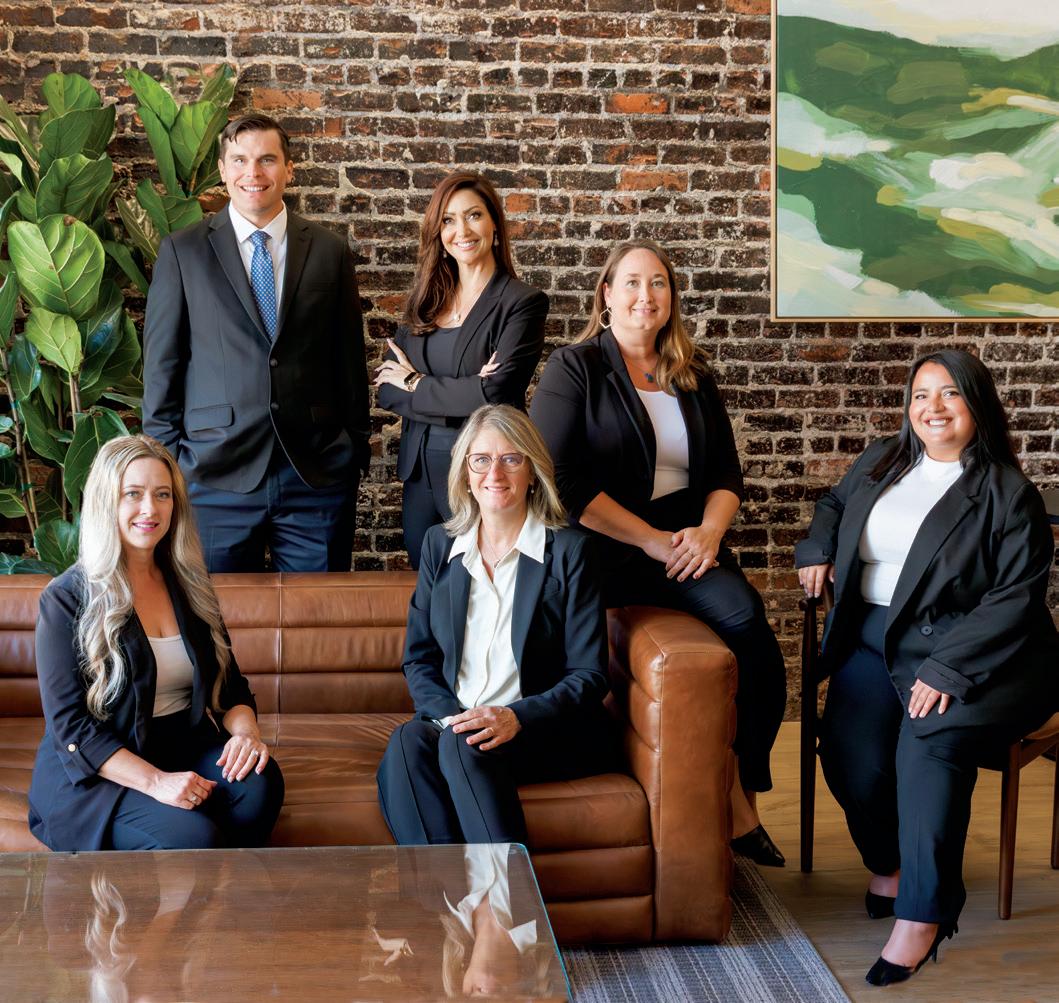
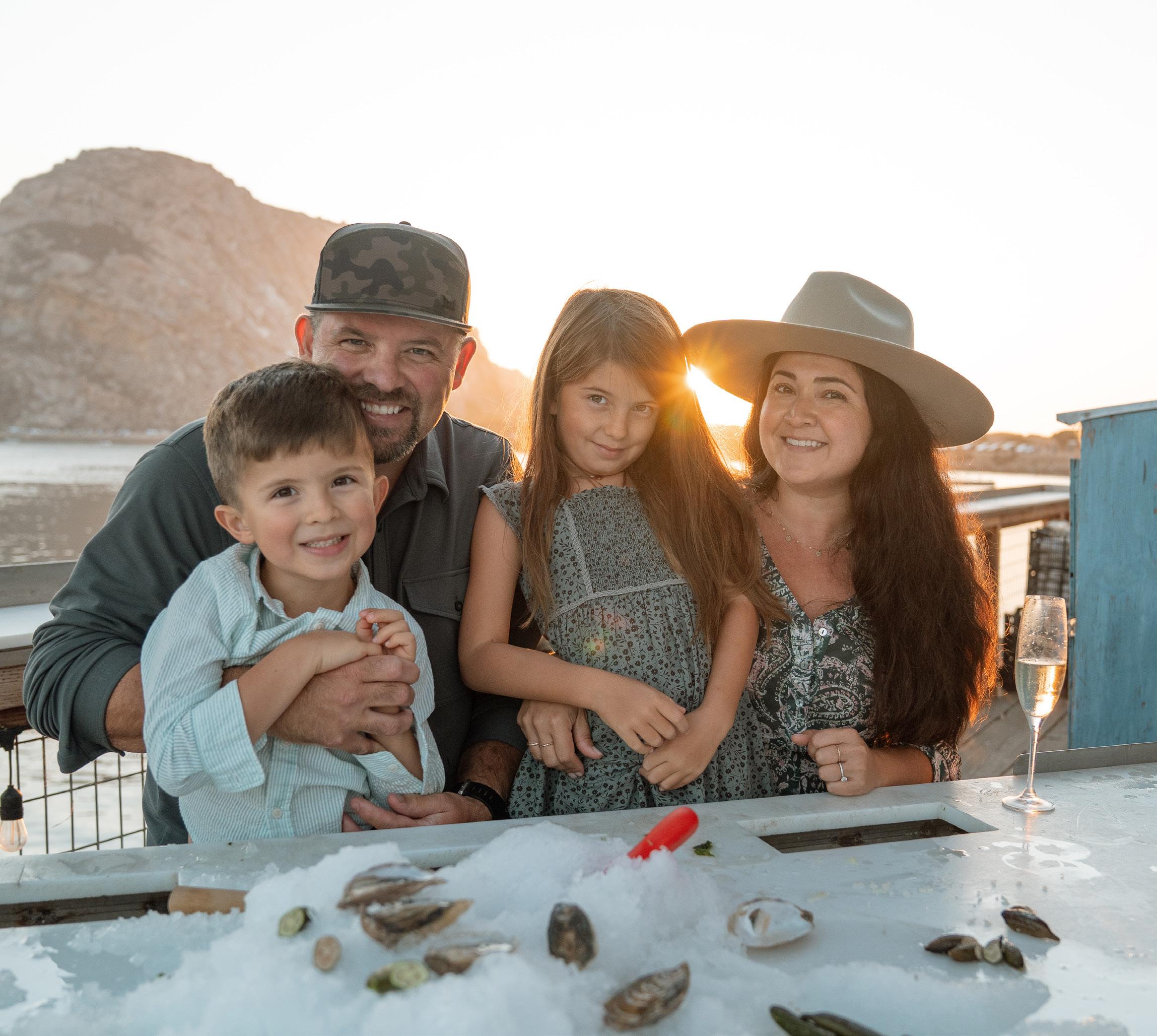
We get to experience the best parts of our bay, even with the bat rays that we have to shuffle around since they are massive. We were looking at the water, and it’s kind of clear but moving. You’re like, “Wait a second. What is it?” And then all of a sudden you realize that it was laying on top of another one that was gigantic that was picked up. It kind of terrified some employees at the time.
How many oysters are you growing out there?
Well, everything on our farm is our Pacific Gold Reserve. We’re going to go from doing a million oysters a year to two and a half million oysters a year. When we do the expansion—those eight and a half acres that I got approved for—we’re going to try and get up to anywhere from seven to ten million oysters a year. But it can also depend on how many turns we can get out of the farm. If we buy from our nursery—if we put teenage oysters into the farm—then I can turn the farm twice. But if it’s too shallow, we might only turn it once or once and a half times a year. So we never really know exactly what we will do, which is part of the fun but can be difficult at times.
Before you go, what’s your favorite way to eat an oyster?
I love oysters... now. I had my first oyster at my brother’s college graduation at the University of Arizona, and it was not the right place for it. Until my first day at work, my boss was like, “Here, would you like to try one?” I was thinking, “I’ve dissected these in my invertebrate zoology classes—this is not food to me.” But they are a staple now.
I don’t really have a favorite way. If I barbecue them, yes, I barbecue them the same way almost every time. I do one stick of butter to one beer—like a good beer—half a bottle of our hot sauce or any hot sauce, and then a couple of tablespoons of garlic. I spoon that into the oyster and then put Parmesan cheese on them. The butter boils and the cheese melts. They’re good to go. I can take somebody who says, “I don’t like oysters,” and I can convert them easily with that recipe. Usually when we do that at the house, none ever make it to the plate. People are around the grill, and they just get them as they start coming off. If I’m eating them raw, I love a classic mignonette.


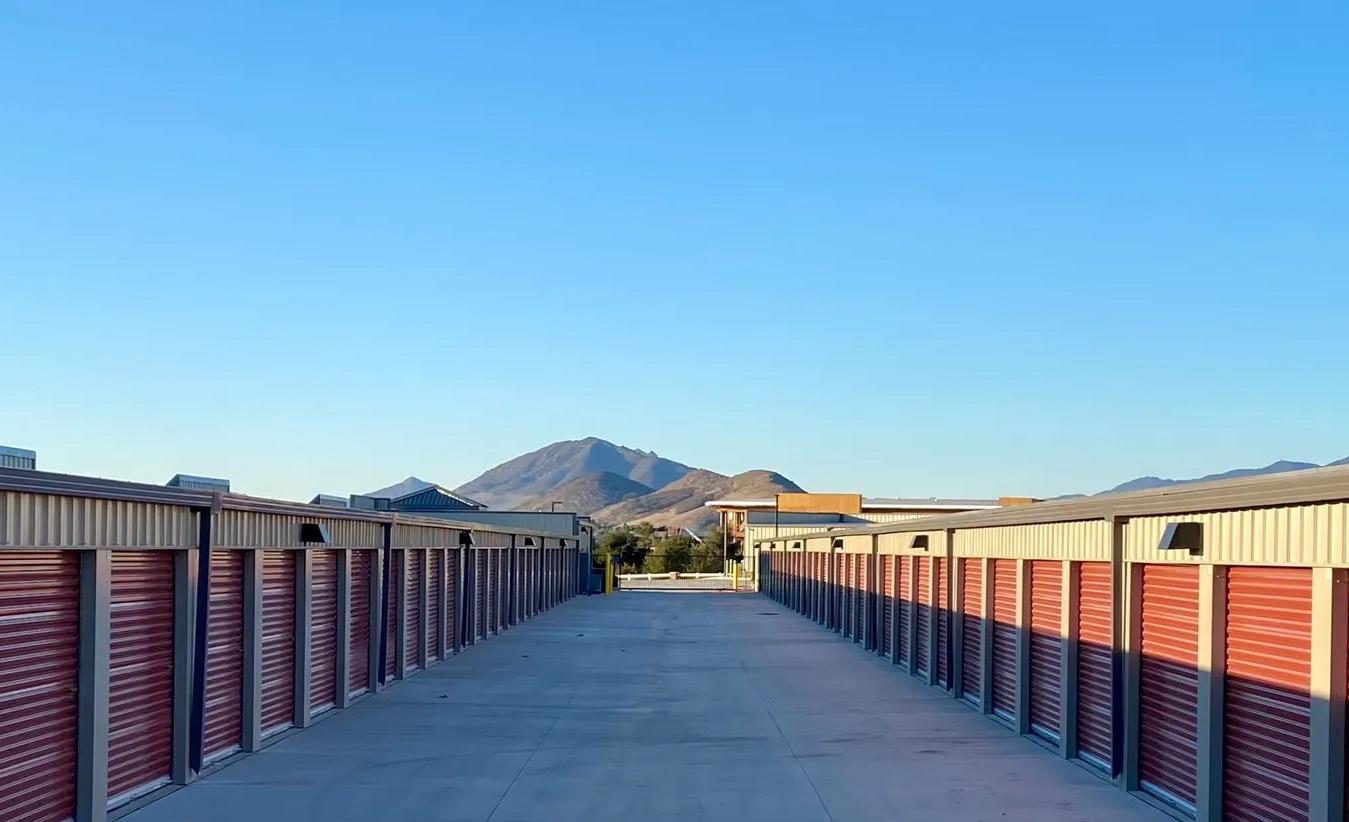







BY AARON BURKHARDT
PHOTOGRAPHY BY PETER HEIRENDT
In the German village of Thalitter, where a fortress dating to 1100 still crowns the hillside above a seventeenth-century church, Jessica Winter-Strom grew up in a place where everyone knew everyone—and where outsiders were never fully accepted. Her mother, though she had lived there for fifty years, was still known as “the out-of-towner.”
“People constantly judge you if you don’t fit the status quo,” Winter-Strom recalls. “But they’ll also show up to help if you need it.”
Her grandfather, captured in Italy during World War II and sent to Milwaukee as a prisoner of war, learned to paint while in captivity. Back in Germany, he never stopped. Winter-Strom learned shading and brushwork at his side.
She first discovered the power of art in kindergarten. Forced to wear a patch for a lazy eye, she endured daily bullying—until she painted a bicycle on the patch. “Everyone loved it. No bullying at all. Suddenly I was popular.” From then on, she created new designs every day.
In 2003 Winter-Strom entered Muthesius Kunsthochschule in Kiel to study fine art. “Art school doesn’t teach you technique—you bring that yourself. It teaches you to experiment and find your voice.” After graduation, practicality intervened. Interior design drained her, restaurant management exhausted her, and art slipped away for nearly twenty years—a period she calls her “hiatus.”
Her return began with Inktober, the online daily drawing challenge. Soon after, she discovered Australian artist Shelee Carruthers, whose fluid art reignited her passion. “COVID hit, and suddenly I had time. I studied paint like it was alive—its reactions, physics, how to bring intention into coincidence.” She developed her own methods and even invented a spinning tool she now builds and sells from her home in Los Osos, California.
Today Winter-Strom makes her living through private lessons, social media, YouTube, conferences, and local shows such as Art in the Park and the Open Studios Art Tour. “To make it as an artist, you need Vitamin C—Connections,” she jokes. Social media has brought opportunities as well as criticism. “If a video goes viral, you’ll get hate. But once you look closer, it’s always failed artists, political loudmouths, or bots.”
Her influences span Salvador Dalí, Jackson Pollock, Gerhard Richter, Joseph Beuys, Enki Bilal, Roger Dean, and H. R. Giger. Among contemporaries, she follows Callen Schaub, who coined the “fake art” movement to disarm critics. Winter-Strom shares that defiance. “People think fluid art is just dumping paint on a canvas. But I’ve spent years mastering it. It’s science, it’s intention, it’s meditation.”
Most of all, she is grateful. “I wouldn’t be doing this at this level if I’d stayed in Germany. Here, people trust. Ten strangers ordered my spinner without knowing me. Patrons support me without expecting anything back. That kind of belief fuels me.” For Winter-Strom, art is not a career but an inevitability. “Artists have no other option,” she says. “They are artists—and they always will be.”

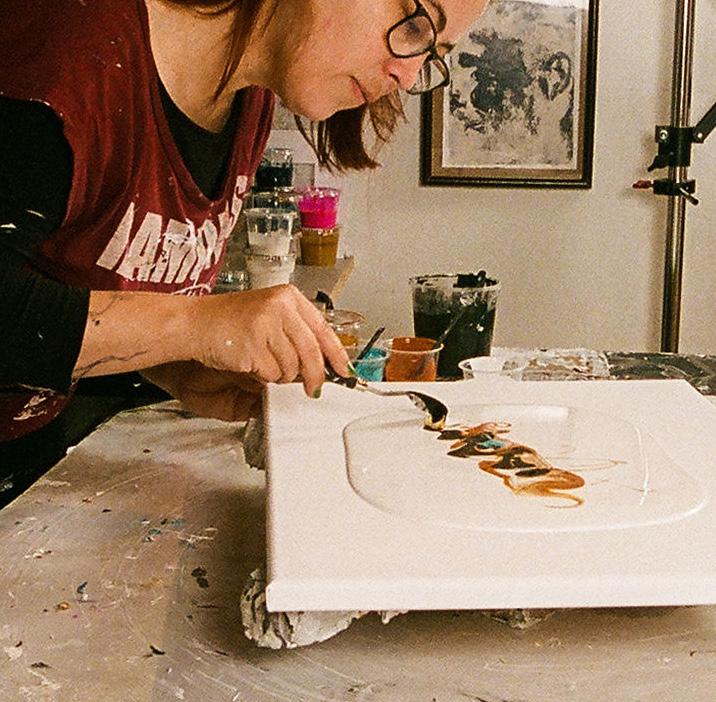

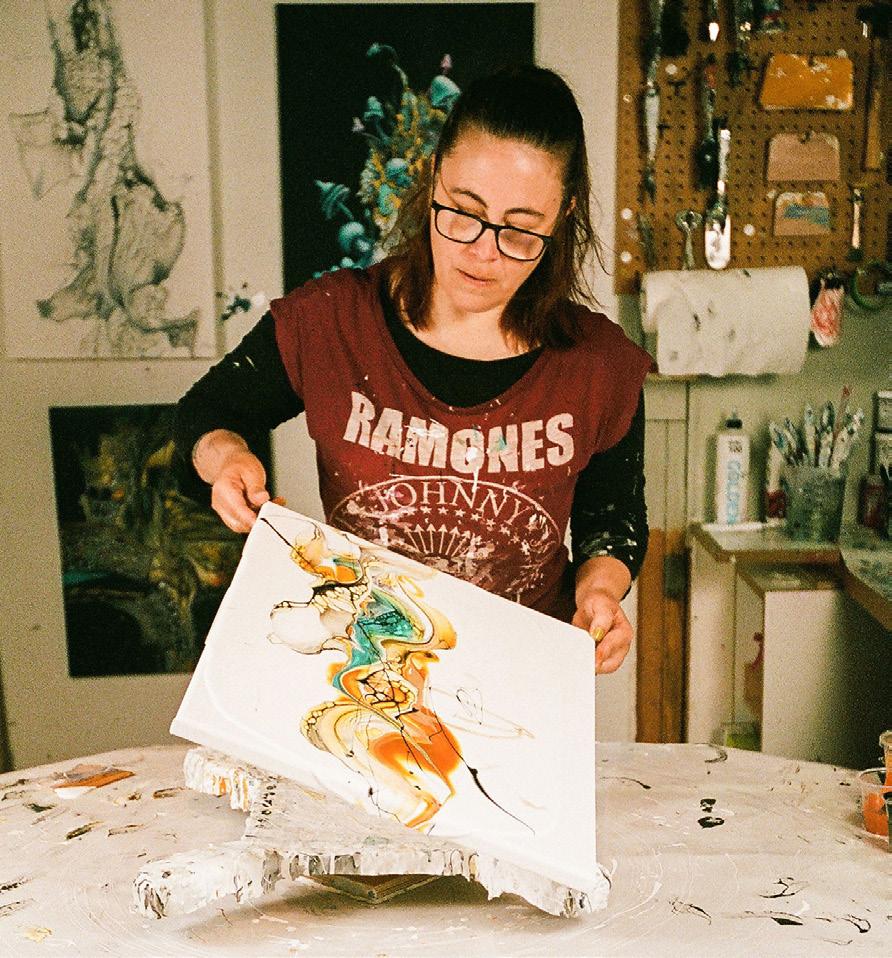
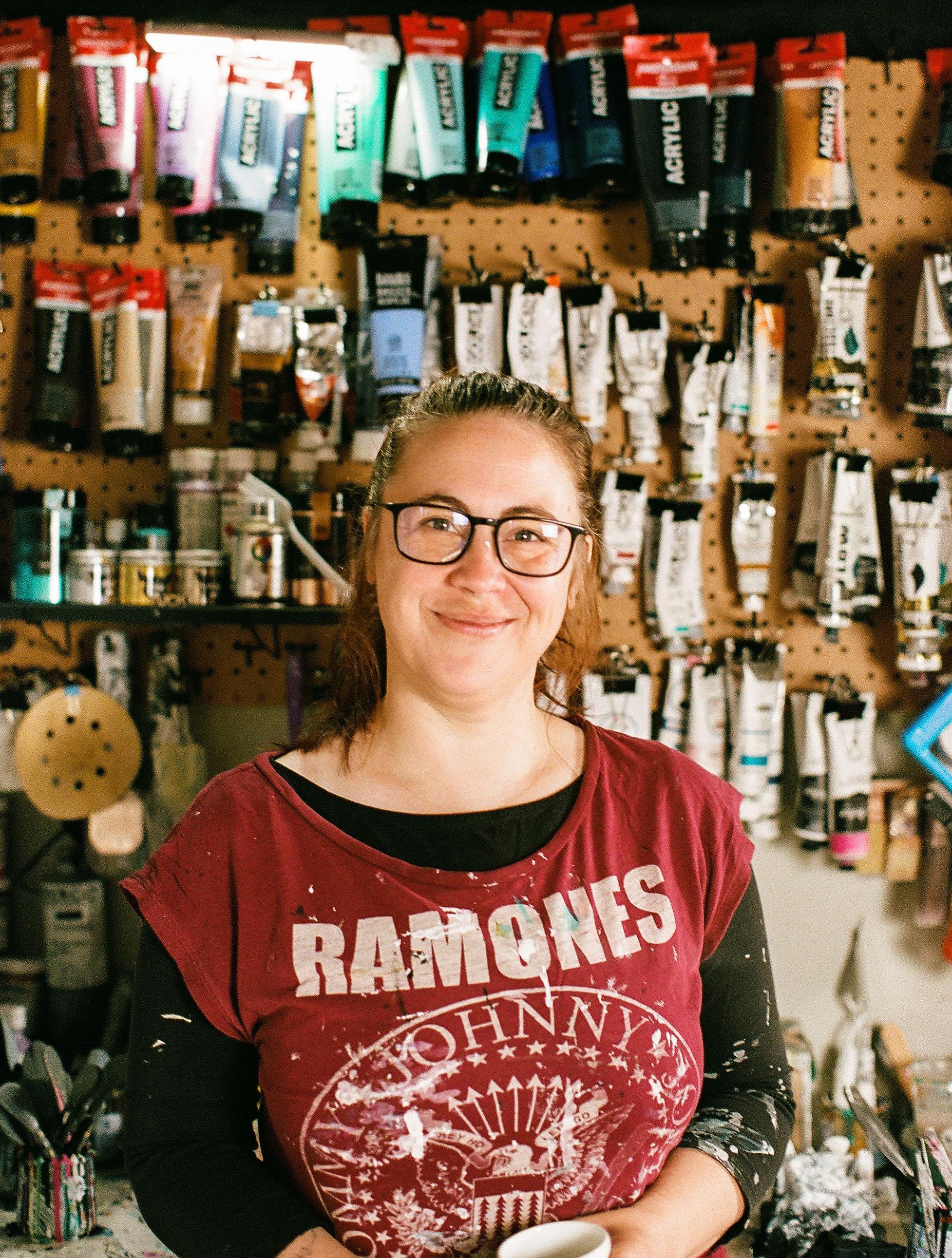
BY BRIAN SCHWARTZ
Authors Lorie Adoff
and Carson Dean possess an in-depth understanding of prison life, both inside and out. With over twenty-five years of experience in spiritual care and grief work, Adoff arrived in San Luis Obispo in the late 1980s. Beginning with a T-shirt shop, she eventually discovered her true calling: guiding others along spiritual paths and providing solace to the dying. This passion ultimately led her to an unlikely setting—the California Men’s Colony (CMC).
In 2001, Adoff joined a planning committee that met monthly with prison administrators over nearly a year to establish compassionate end-of-life care for incarcerated individuals. Although initially apprehensive about the sound of clanging gates, she persisted, inspired by the men’s willingness to change their lives. Over the course of thirteen years, she trained approximately 150 incarcerated men as peer volunteers for the hospice program.
Adoff based her approach on the ancient Gaelic concept of Anam Cara—meaning “soul friend” or “spiritual companion.” The volunteers were not there to fix anyone but to walk alongside the dying with empathy and authenticity. She structured the program around the “Ten Commandments of Anam Cara,” emphasizing presence, trust, and listening rather than immediate intervention.
Co-author Carson Dean’s journey began differently. He entered CMC in 1985 after six violent years at San Quentin, acknowledging that his actions had caused profound harm. Committed to transformation, he pursued college education, learned trades, and found refuge in writing, which became his salvation.
At age 48, Dean became one of the first inmate volunteers in Adoff’s hospice program. Despite doubts about his emotional capacity, he discovered a deep ability for compassionate service. He learned to set aside personal burdens and offer full attentiveness to dying men, shedding years of anger and survival instincts. Prior to the program’s implementation, dying inmates were isolated in cold, unadorned rooms with no visitors present. The hospice program introduced dignity—volunteers read letters, listened to stories, and offered compassionate presence—challenging the prison culture that often regarded compassion as a sign of weakness.
The idea for Storming Heaven originated from Adoff’s desire to honor the men’s dedication to the program. Recognizing Dean’s talent for writing, she invited him to collaborate. Their co-authorship involved exchanging perspectives— Adoff as a spiritual advisor and Dean narrating bedside experiences. The four-year writing project took place during
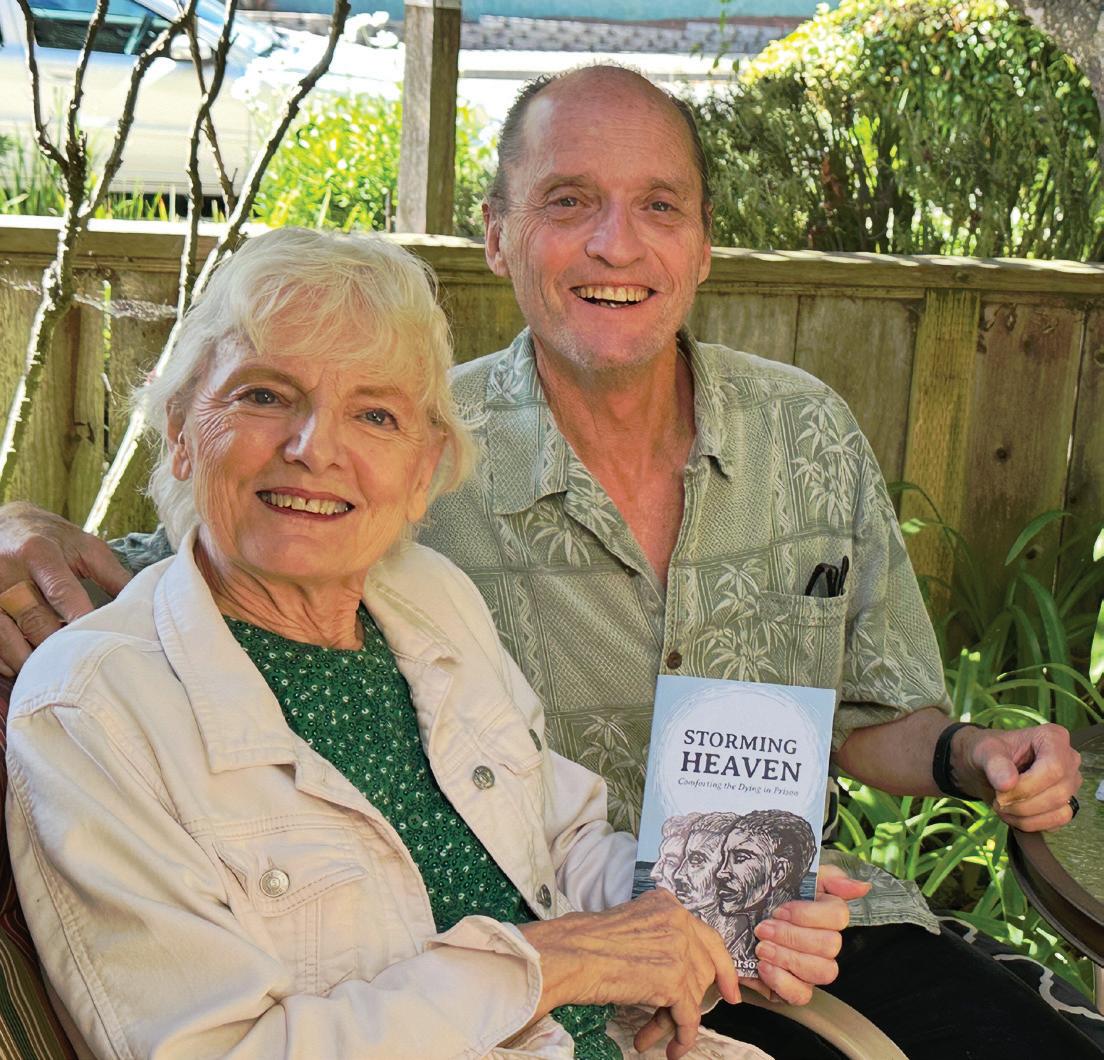

the COVID-19 lockdowns. Their authentic connection was forged through moments of profound human vulnerability, where pretense was absent, gradually transforming their professional relationship into something more meaningful.
In July 2024, after forty-five years of incarceration, Dean was released. Adoff was there to pick him up, and their first stop was Morro Rock, where Dean was overwhelmed by the simple freedom most of us take for granted.
The program’s success was remarkable: only two of the 150 trained men were re-incarcerated—a recidivism rate that even surprised the warden. The transformation extended beyond the inmates, with correctional officers beginning to appreciate the prisoners’ dedication.
Storming Heaven challenges stereotypes by revealing the humanity and capacity for change among incarcerated individuals. It advocates for programs that prioritize rehabilitation, compassion, and dignity, demonstrating that positive transformation is possible even in the most challenging environments. Dean continues to process prison trauma through his writing, raising awareness about marginalized communities. Their journey stands as a testament to the restoration of dignity and the enduring power of human connection. You





Balancing sports, academics, and the arts, this SLOHS senior exemplifies what it means to be both a dedicated athlete and a creative, community-focused student.
What extra-curricular activities are you involved in?
Outside of school, I play for Central Coast Surf’s Elite B08 team. Recently I was in San Diego, Davis, and even Seattle playing for Surf Select’s National Team. At SLOHS, I kick and punt for the varsity football team. It has been extremely fun and enjoyable playing a new sport. Beyond athletics, I’m active in Ceramics Club, where I helped make, manage, and sell about 300 bowls for the Empty Bowls Event as an officer, raising funds for 40 Prado to support our community.
What do you like to do for fun?
I enjoy 3D projects like pottery and building Lego MOCs; each year I design a motorized Lego train as a holiday tradition. I love biking, whether it’s gravel rides, shredding Cerro San Luis, or commuting to school on my dirt jumper. Music is another big part of who I am. Until last year, I was the lead singer of Awkward Silence , a band I started with friends. We played shows all over town, but my favorite memory will always be performing at Farmers’ Market because of the incredible community support.
Who or what experience has influenced you the most?
My parents have been my biggest supporters. They push me to strive for bigger goals and encourage me to keep working to be a better version of myself—whether in school, on the field, or in relationships. I truly believe I wouldn’t be the person I am today without such caring and supportive parents, always urging me to do my best, even when I didn’t want to.
Do you have a career path in mind? Right now, I’m leaning toward becoming a firefighter. I’ve always been drawn to jobs and activities that let me give back to my community, and firefighting feels like a powerful way to do that. I want to support people during some of their toughest moments, and the idea of working alongside a team to help and protect others really inspires me.
What do you dislike the most and why? Asparagus. It has the consistency of a half-baked slug, looks like a discarded flower stem, and tastes like an aggressively mediocre garden weed. On a serious note, I dislike societal pressure to publicly display wealth. Excessive, visible spending reinforces class divides, equates value with appearances, and perpetuates unhealthy social dynamics.
What schools are you considering for college? I’m exploring schools that offer both strong academics and soccer, my dream is to play at the collegiate level. I’m considering Western Washington, Cal Poly, UC Santa Cruz, and the University of Portland, with UC Berkeley as my top choice. I want to attend a school that is inclusive, academically strong, and a positive place to grow over the next four years. SLO LIFE




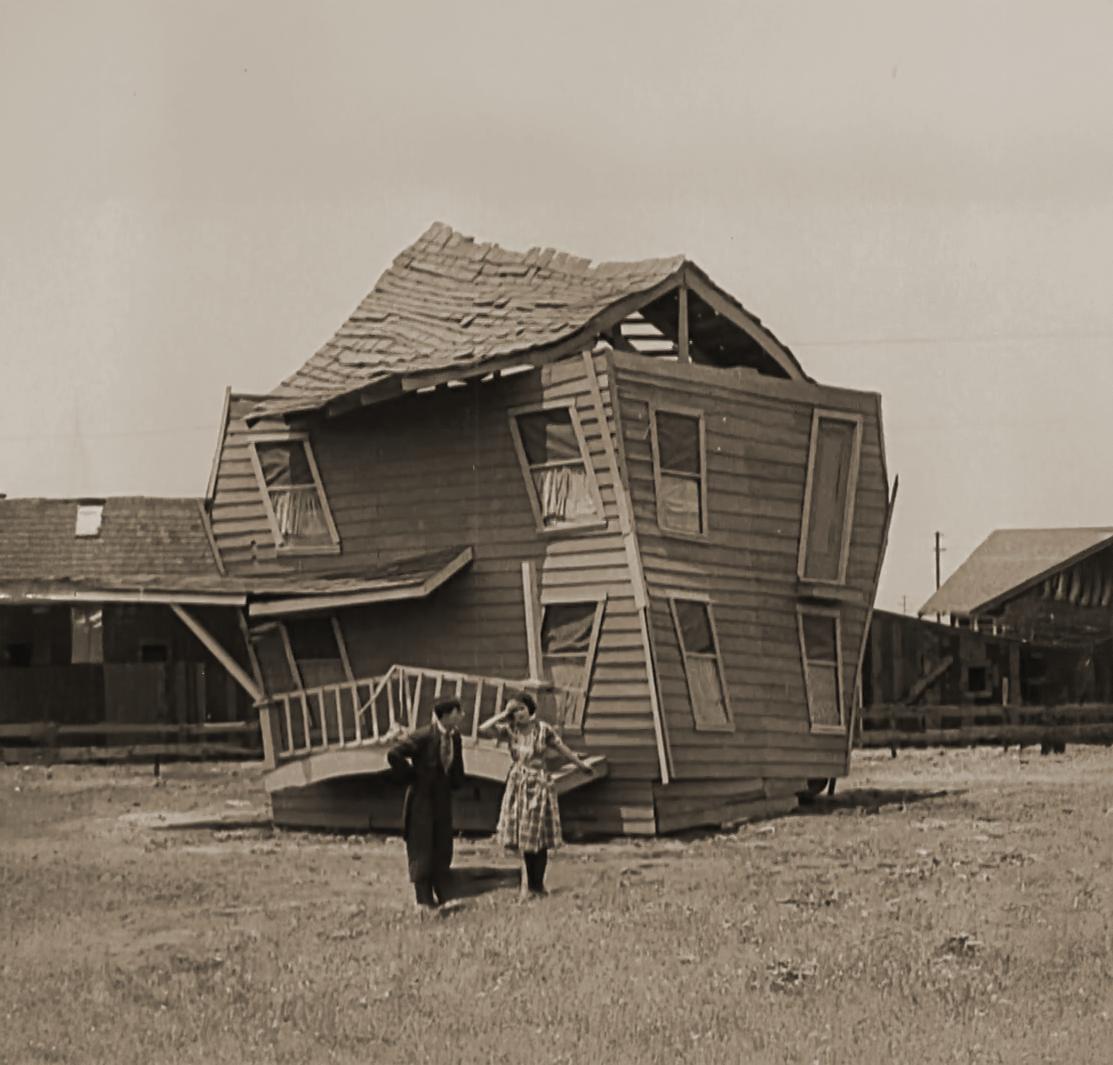

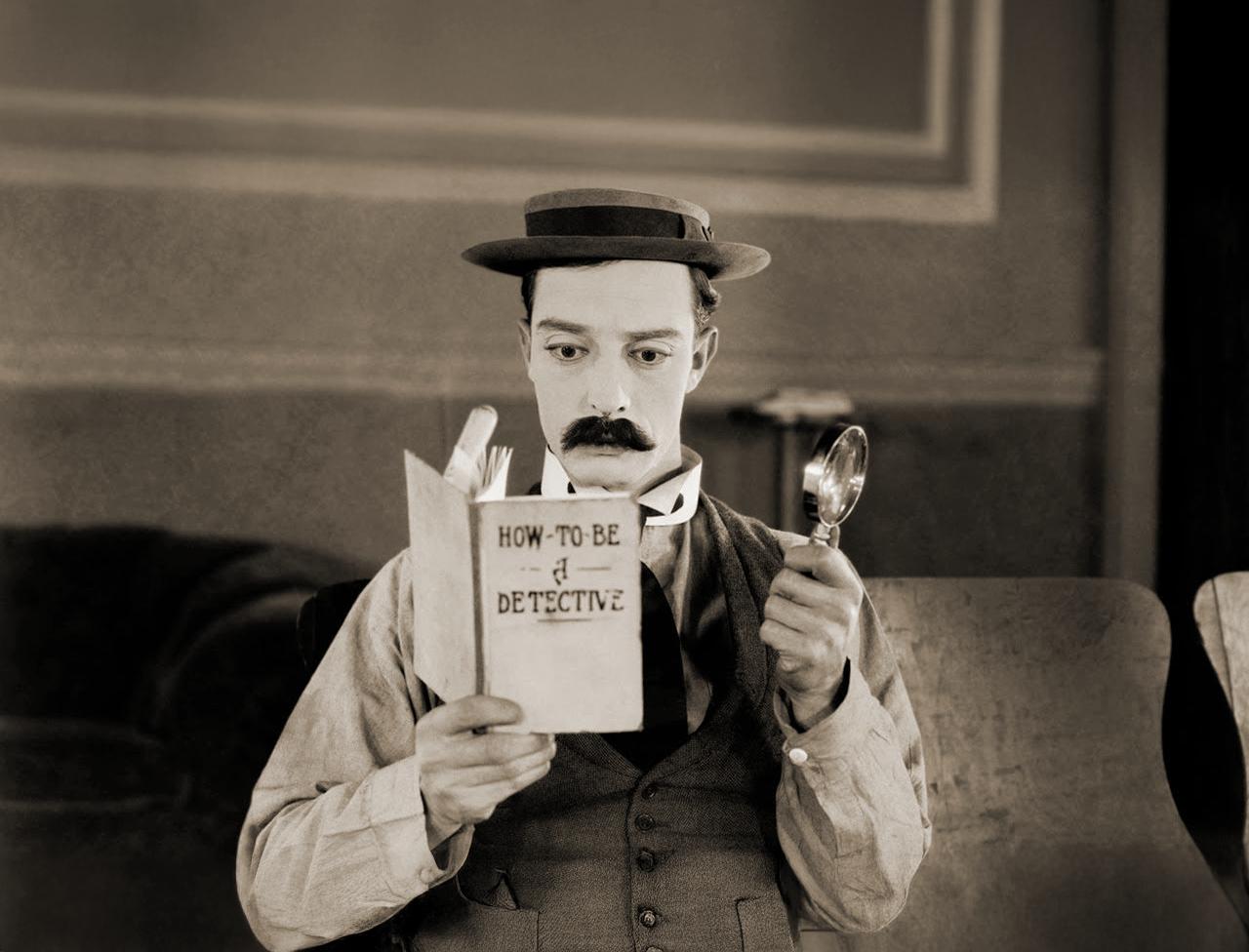


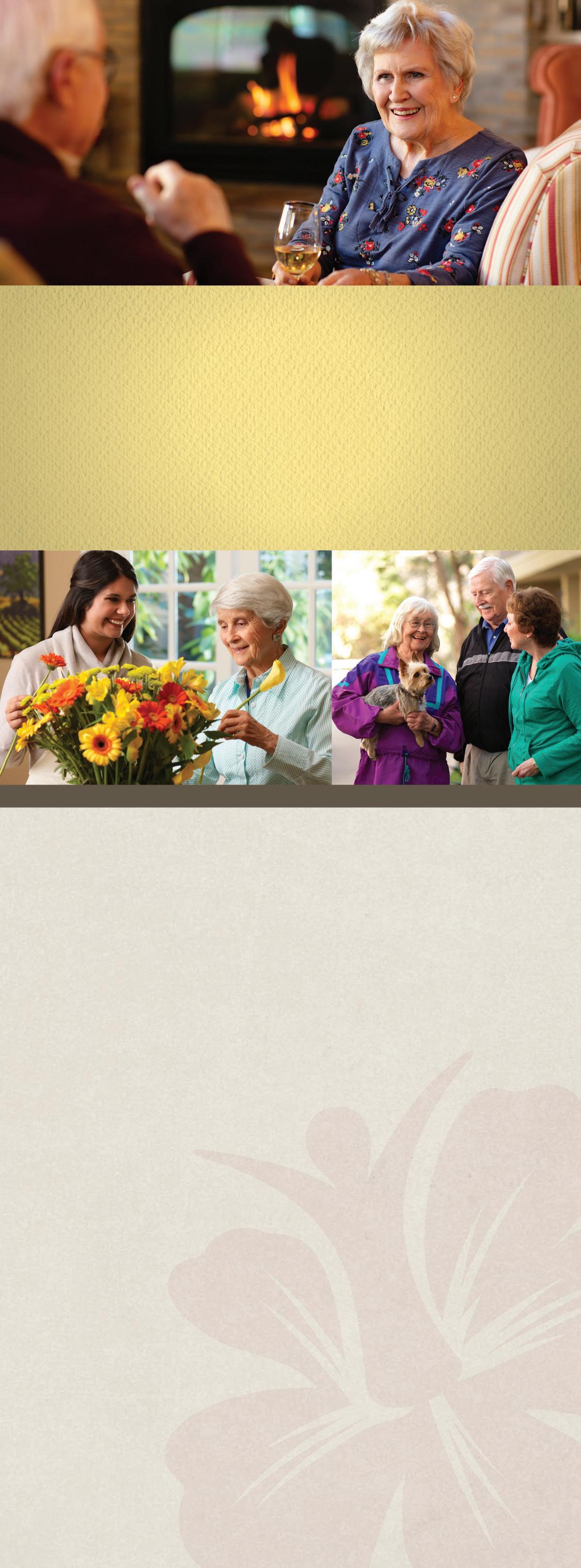

Sunday, November 23, at 3:00 PM
Antonín Dvořák: Te Deum, Op. 103
Amy Beach: The Canticle of the Sun, Op. 123
W. A. Mozart: Vesperae solennes de confessore, K. 339
Beyond the Notes with E. Douglas Bomberger Professor of Music Emeritus Department of Music Elizabethtown College
All concerts are at the Performing Art Center San Luis Obispo Holiday Festival with Messiah Sing-Along Westwood Brass, Forbes Pipe Organ, Carols - It’s a Family Tradition! Sat. 12/20, at 7:30 PM Sat. 11/22 at 3:00 and Sun. 11/23 at 1:15

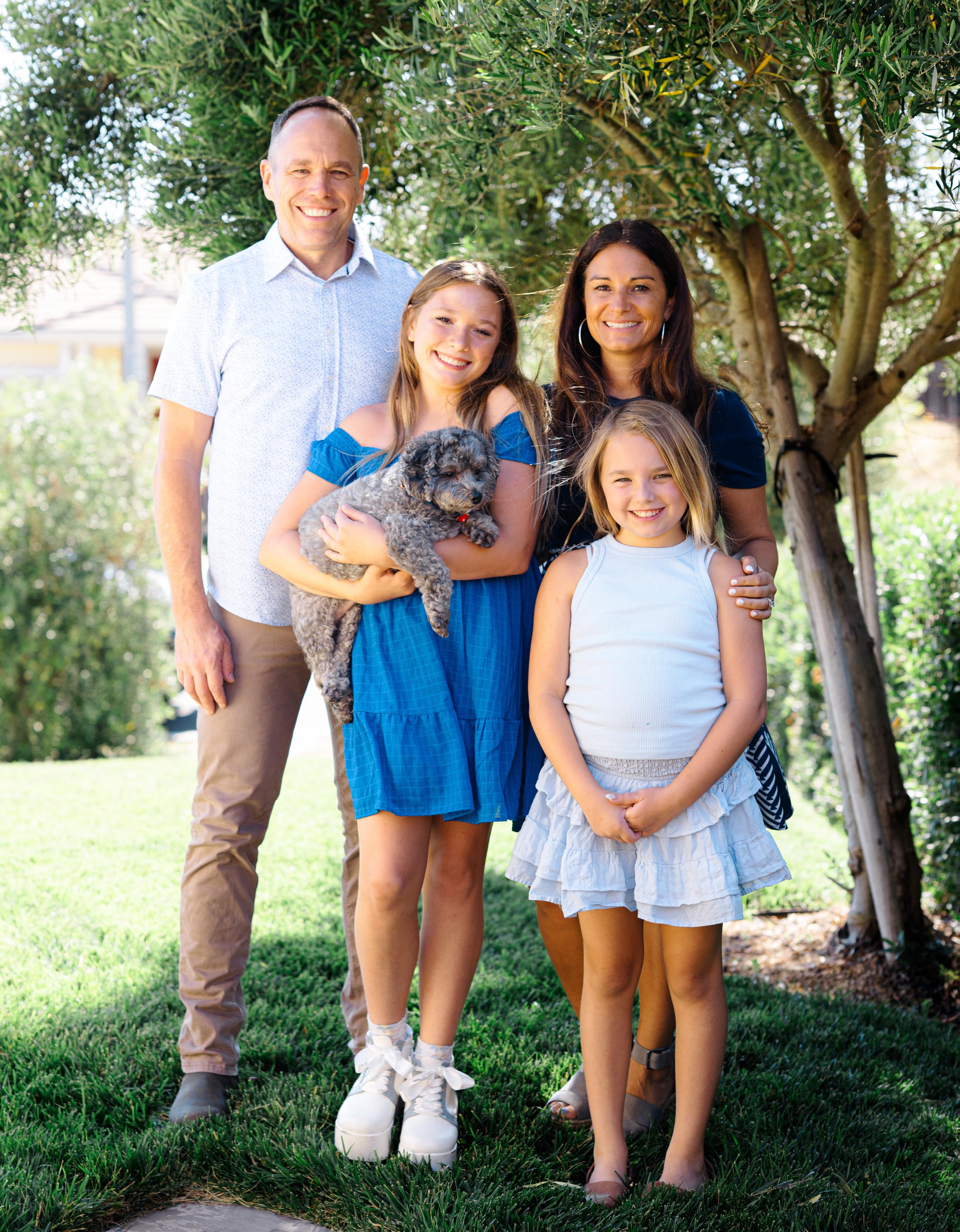
Eight year old Scrappy was found abandoned as a puppy at a local school. The Peterson family welcomed him into their family after falling in love with him. He is a Scnhoodle who loves sunbathing, sleeping, cuddling, and barking at the wind. Scrappy has been diagnosed with Progressive Retinal Atrophy. This is a genetic disease that has significantly lowered his vision and will ultimately lead to blindness. However, he still puts his other senses to good use which allows him to live a joyful and fulfilled life. SLO LIFE





ELEVATE YOUR KITCHEN DESIGN BY PAYING ATTENTION TO THE LITTLE DETAILS WITH GE’S MONOGRAM APPLIANCE COLLECTION.
With the reliability and legacy of GE at their core, Monogram appliances are thoughtfully designed down to the very last touch:
• Integrated lighting for a radiant glow
• Hidden control panels
• Honed brass and titanium finish options
• Customizable handles
After all, presentation is everything. Exclusively at Idler’s Home


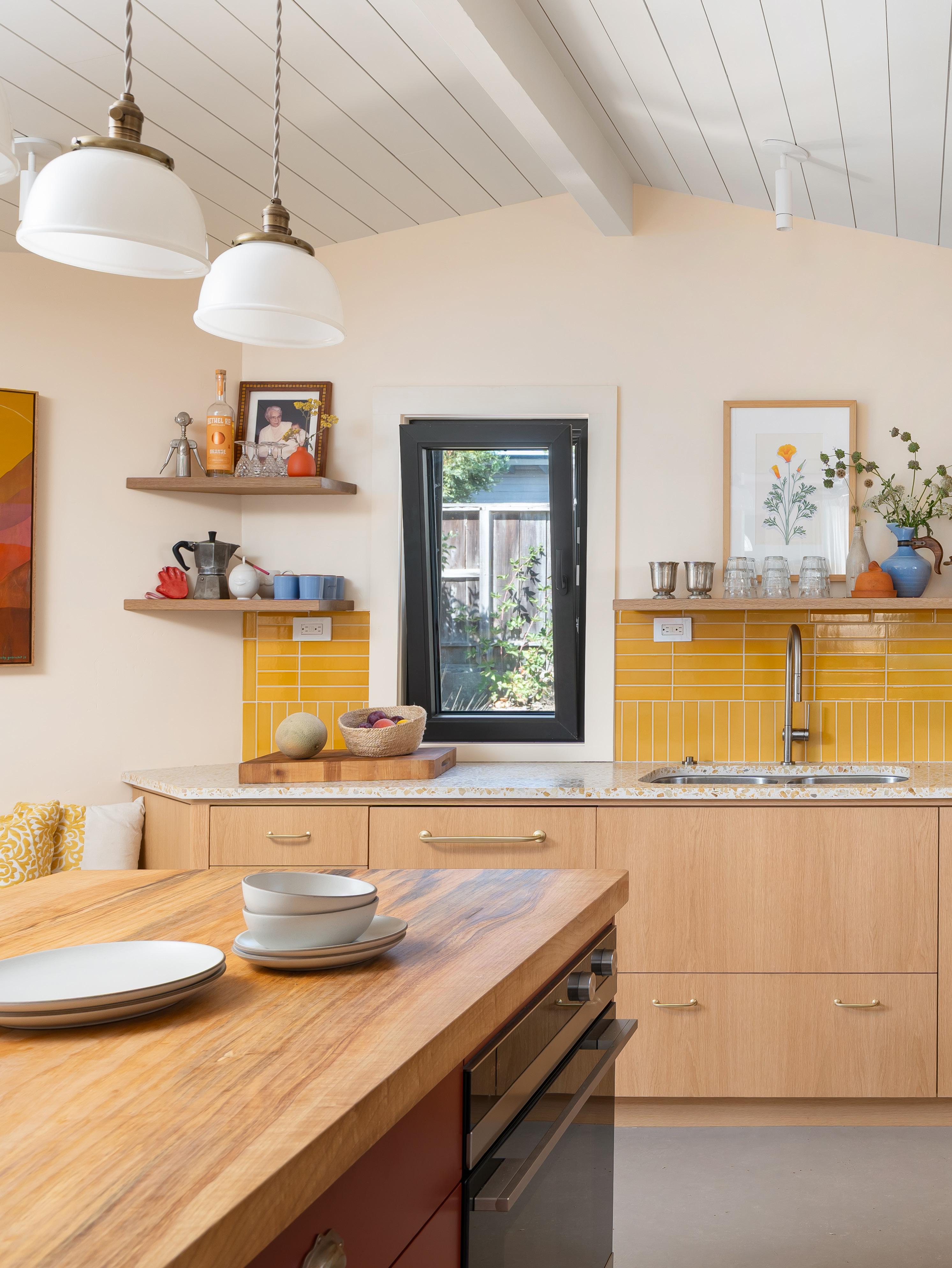
BY DANA LOSSING


II took a big exhale the moment I walked into Serena’s house. An exhale, and then a pause—because it felt like time stood still upon stepping in. It was warm and inviting, like an overdue hug from an old friend. Perhaps it was the cheery hue of red that drenched the front door. Or the buttery yellow paint on the custom wall paneling in the entry, living, and dining room—designed and detailed by Serena herself. Or maybe it was the original oak flooring layered with pieces of furniture and art—a blend of family heirlooms, secondhand scores, and new pieces collected via life’s travels and experiences. But the space felt authentically cool, like someone I wanted to get to know better.
Serena and her husband Clay bought this home in 2018, a three-bedroom, one-bathroom home located in the Bishop Peak neighborhood. It was in rough shape, and the layout felt completely backwards, with the kitchen tucked away, no clear primary bedroom, and broken-up space blocking the natural daylight and flow. Over the next few years, they took their time to study their needs as their family grew and improved the home one space at a time.
As an interior designer at Design Collaborative in SLO, Serena conceived of a new layout within the home’s existing footprint. She enjoyed the home’s smaller size and knew her family would spend plenty of time outside in the yard, so adding square footage wasn’t a necessary piece of the puzzle. With her efforts focused on upgrades rather than an addition, she had the freedom to select higherquality and energy-efficient products—focusing on quality over
quantity, which aligned with her and Clay’s vision. While designing the updated layout, her goal was to improve the flow, allow light to spill into the rooms, creatively add storage where possible, and use finishes and details that felt authentic to the nineteen fifties–era home.
Serena worked with general contractor Mike Horgan of Cairn Collaborative to build out her dream. His attention to detail and ability to carry out the vision as intended was quite remarkable. As a PHI Certified Passive House Consultant, Mike set out to improve the home’s energy efficiency at the same time, assisting to convert the home to an all-electric system. The story behind the nowelectric kitchen stove is unbelievable. More on that later.
The kitchen is one of my favorite places in the home. Relocating and rebuilding it was one of the most transformative moves of the remodel. A family room addition in the nineteen sixties created a bump-out at the back of the house. The kitchen now sits in that bright space, flowing seamlessly from the living area and opening to the patio and backyard through large doors that blur the line between indoors and out.
The kitchen cabinets and built-in banquette were designed by Serena and beautifully crafted by Woodtech Cabinet Specialists in San Luis Obispo. Serena says they are her go-to when it comes to custom cabinets in the area. The countertops were fabricated of terrazzo stone from Concrete Collaborative, and the mustard- >>


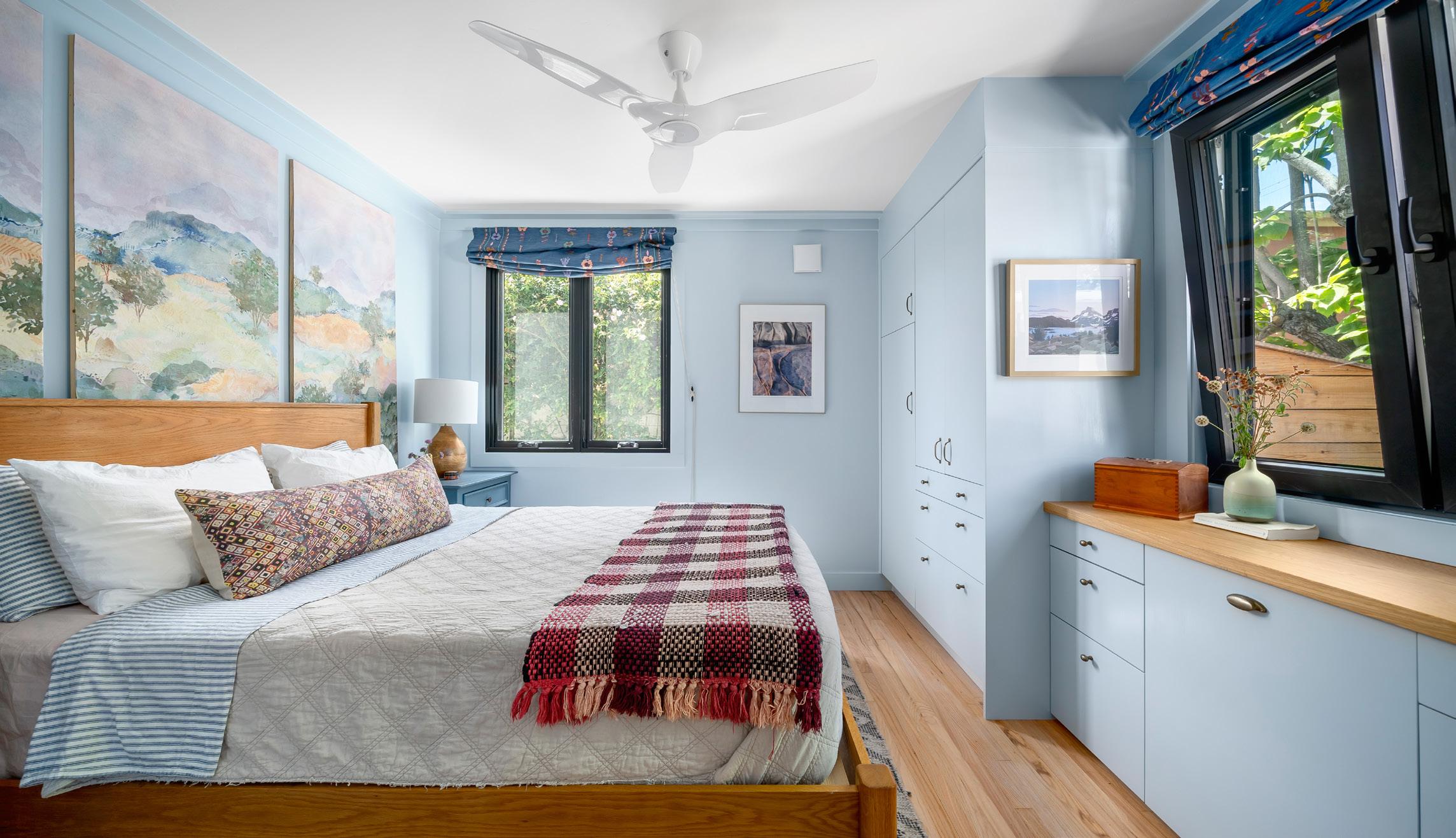
yellow backsplash tile was sourced from Heath Ceramics of California and laid by father-daughter duo Bellarosa Tile in a custom pattern designed by Serena. The solid reclaimed wood island countertop was skillfully made by George Beauchemin of GB Creative Woodworks. The edges are smooth and beveled to perfection.
The light fixtures over the kitchen island are composed of antique milk-glass shades found (and lost... and found again!) by Serena and her mother and custom fitted with lamps to hang over the island as if they have always been there. Modern flush-mount light fixtures from Visual Comfort grace the ceiling in lieu of recessed can lights. These, like all the light fixtures in the home, are dimmable, and their movable heads can be focused around the kitchen depending on the task at hand.
Then there’s the stove: a vintage Wedgewood originally purchased by Serena’s great-grandmother in Oakland, California, who cooked thousands of family meals on it. It eventually made its way to Idaho with the family, where it had been sitting in storage until her aunt offered it to Serena and Clay as a housewarming gift. The stove was then transported back to Oakland, California, where they had it retrofitted with a thirty-six-inch Bosch induction cooktop. Today it stands proudly in the kitchen as a testament to adaptive reuse, giving a family heirloom another life. They even use the old oven and warming drawers for extra kitchen storage.
Plumbing from the old kitchen was repurposed to create a much-needed second bathroom for guests and their daughter. Around the tub, Serena arranged a playful mix of surplus Heath tiles and other favorites she had collected over the years into a random pattern. A custom wood vanity from Woodtech >>


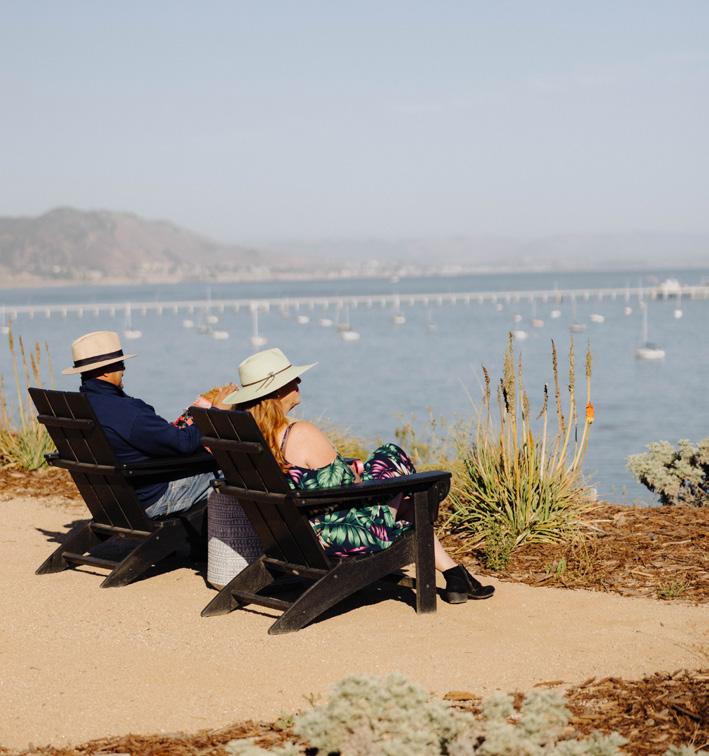






warms up the room, while floral rosettes on the bath hardware add charm and personality.
Down the hall to the bedrooms, Serena cleverly integrated recessed storage using IKEA cabinets and Semi-Handmade cabinet fronts selected to match the nineteen fifties–era style. Tucked at the end of the hall, the primary bedroom feels both bright and cozy, with nostalgic blue built-ins fashioned from painted IKEA cabinets. In the ensuite bath, the shower is gorgeously clad in surplus, zen-green Heath tile in a basketweave pattern. The warmth of the white oak vanity from Woodtech grounds the space, and the coordination of bath accessories was simply a work of art. Serena custom designed the vanity light fixture to provide functional task lighting along with a small adjustable mirror on a sliding vertical bar. This solved the asymmetry of the vanity, which sits in front of an offset window. She mentioned that they don’t need a huge vanity mirror—the small round mirror mounted on custom sliding hardware provides just enough reflection for makeup and shaving.
The way Serena and Clay designed their home reminded me that beauty is rooted in intentionality, and it blossoms when we honor those intentions and find joy and ease in that alignment. It’s all too easy to be influenced by others, to confuse the line between what we want and what we truly need. Distilling all that outside input into a personal and authentic design takes patience, honesty, and a willingness to look inside—a process that requires a certain vulnerability. For most, this is the hardest part. And yet, in my opinion, this thoughtful step is the foundation of any good design. Looking back, this was what made the space feel “authentically cool” when I walked in. Not only was it the vibrant mix of colors, textures, and collectibles—it was the honesty and heart behind the design that was so incredibly palpable. SLO LIFE

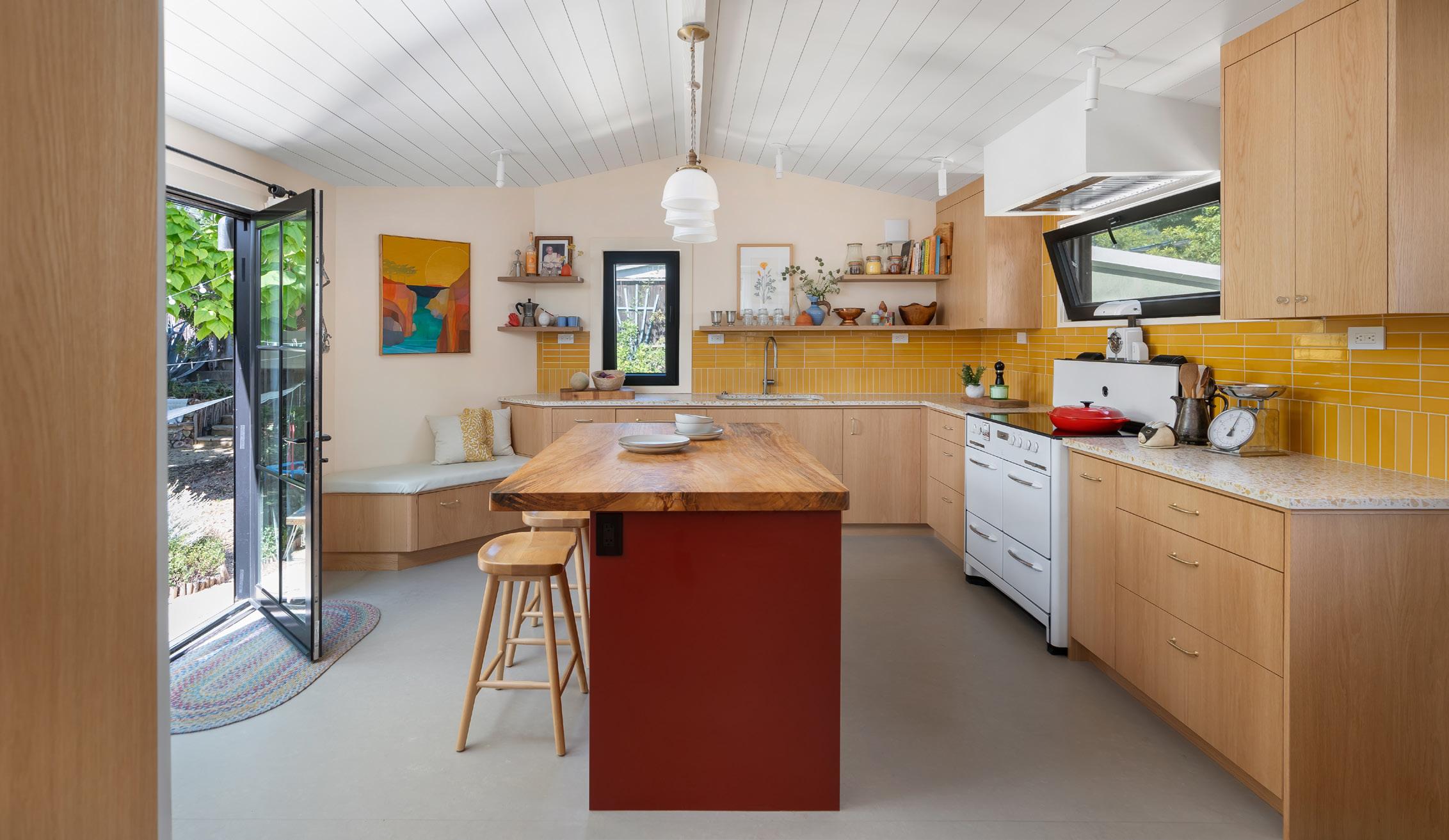


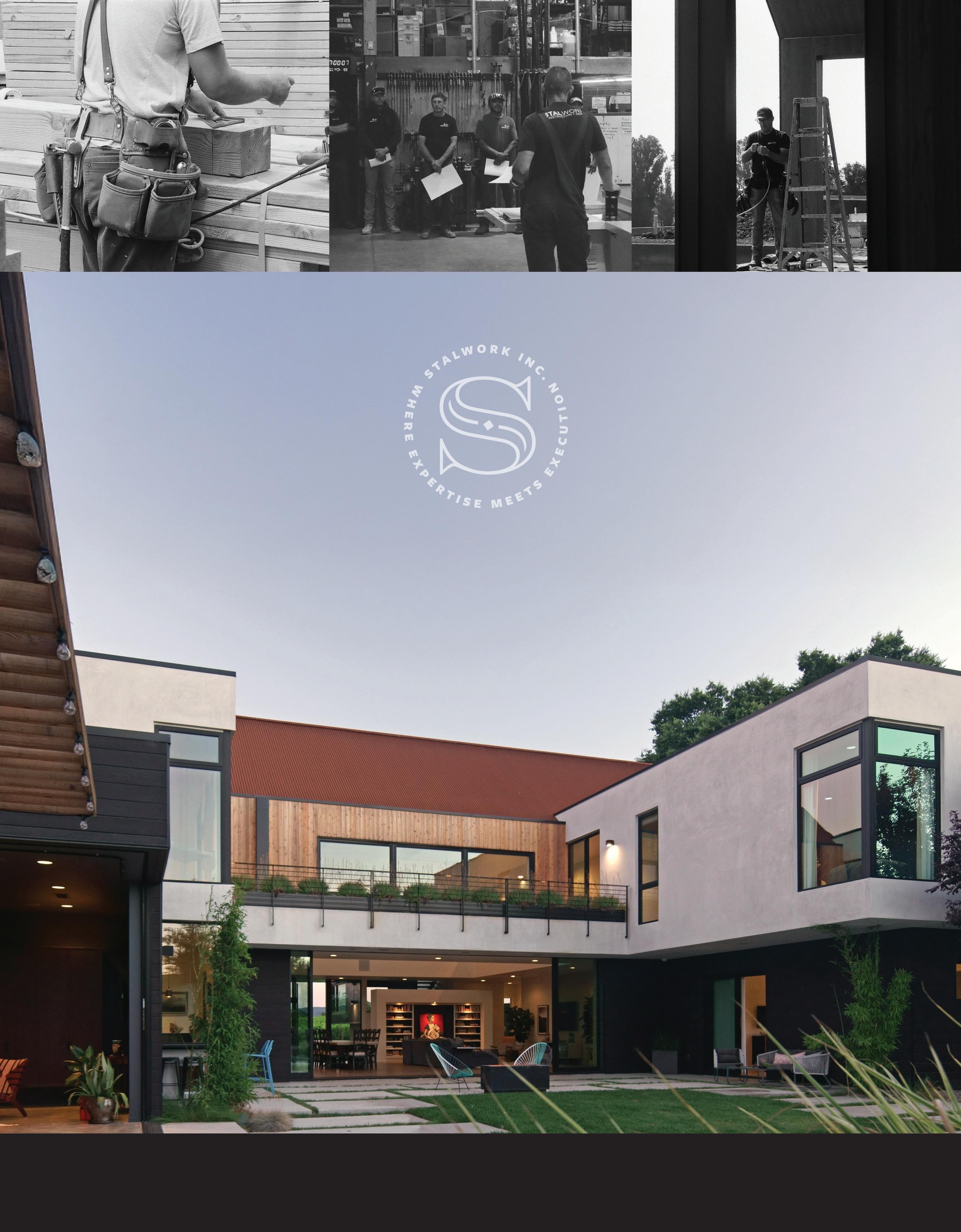
AVERAGE PRICE PER SQUARE FOOT
$530 UP FROM $522 LAST YEAR
ACTIVE LISTINGS
1,763 UP FROM 1664 LAST YEAR
AVERAGE DAYS ON MARKET
fourty
two UP FROM 36 LAST YEAR
MEDIAN SELLING PRICE
PROPERTIES SOLD
1,316 UP FROM 1,290 LAST YEAR
96.3
$797,888 DOWN FROM $810,000 LAST YEAR

of year
Work with a mortgage company that can offer low rates, great service and a fast, transparent process. We provide in-house underwriting/closing and jumbo financing expertise. With nearly 40 years of combined experience, we guide you through the loan process smoothly, all while enjoying the benefits of being backed by one of the largest mortgage companies in the country. Make sure you lock in a low rate before it's too late!

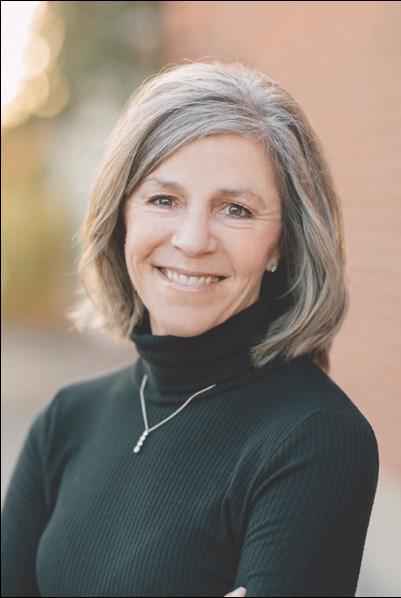


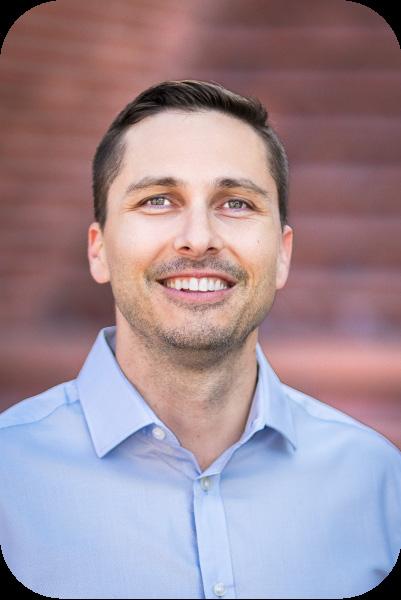




Total
01/01/24 - 09/18/24 to 01/01/25 - 09/18/25
$1,062,880
$736,514
$1,717,652
$774,379
$937,968
$1,043,282
$937,318
$1,272,210
$820,100
$1,216,190
$1,051,815
$1,361,657
$882,631
$2,104,215
$1,168,087
$1,747,065
$926,171
$819,195
$1,046,962
$1,082,735
$1,040,901
$720,132
$1,649,010
$792,628
$931,097
$952,679
$1,208,250
$1,437,423
$792,813
$1,425,588
$1,092,556
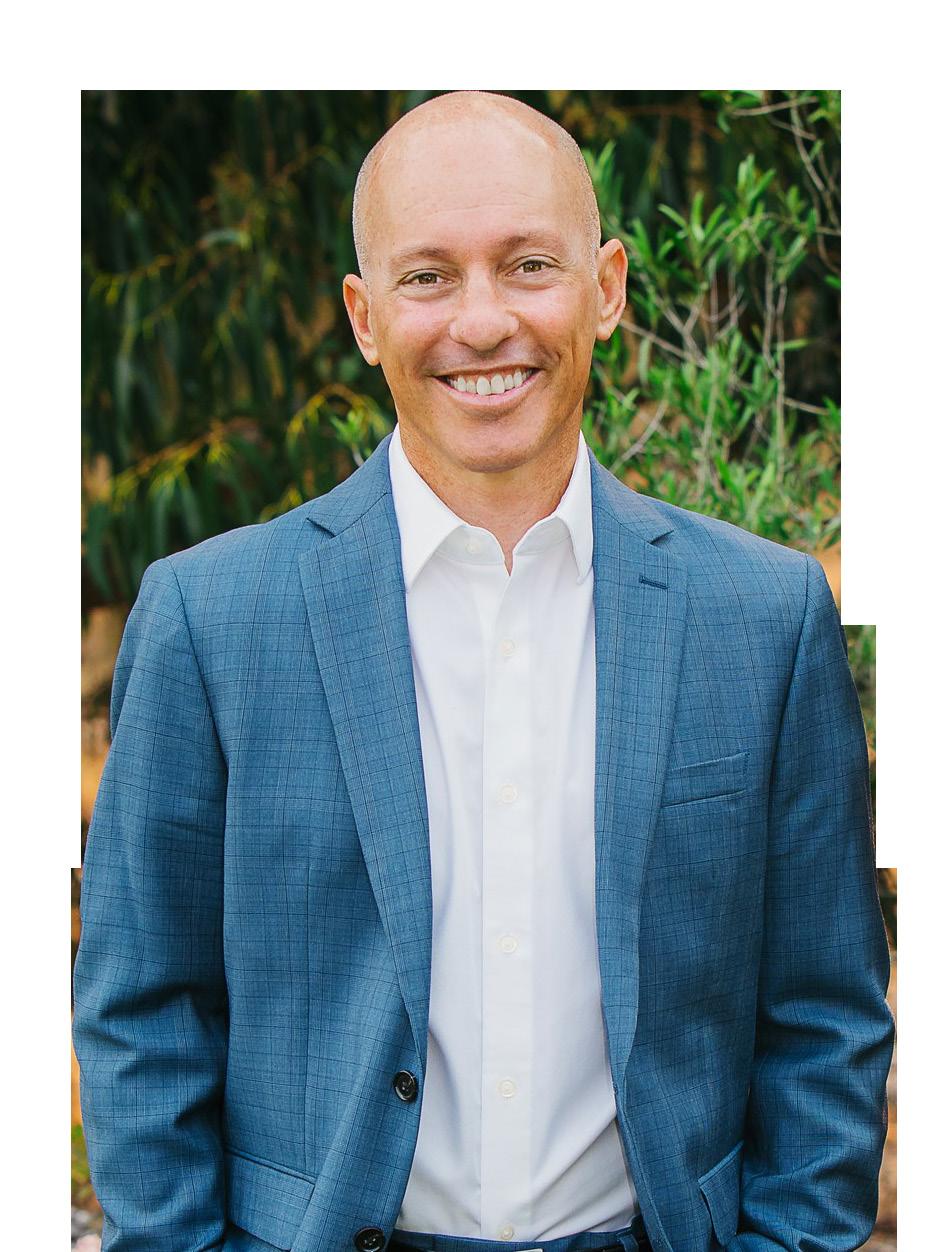



BY PADEN HUGHES
PHOTOGRAPHY BY AARON O’SULLIVAN AND RACHEL HIGGINS
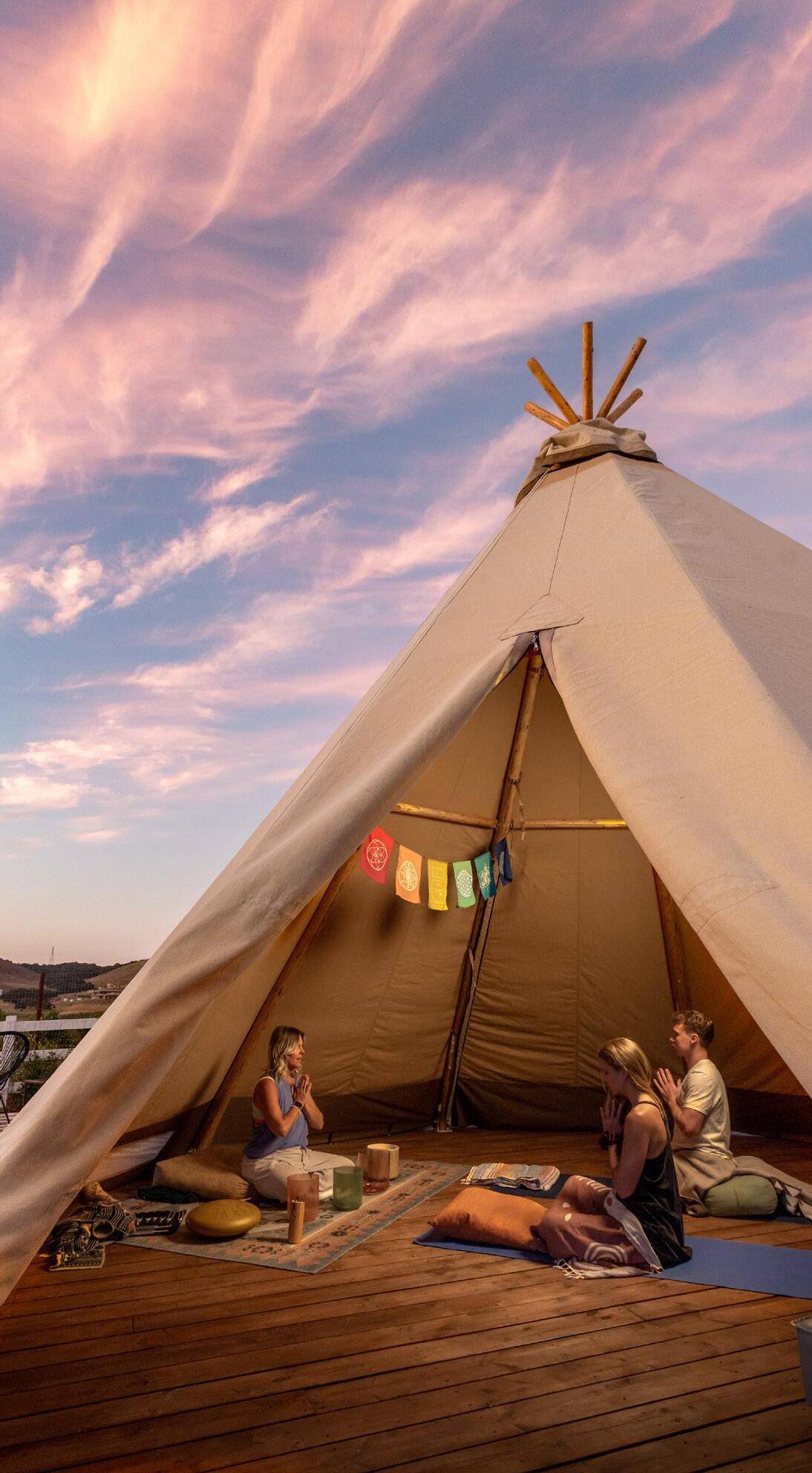
We live in a world that rarely lets us rest. Our minds are always busy—processing the next deadline, the next appointment, the never-ending to-do list. We tell ourselves that stress is simply part of life, but emerging research suggests something powerful: prolonged stress doesn’t just affect mood; it dysregulates the entire nervous system.
Here’s where things get interesting. Science is beginning to catch up to what many ancient healing traditions have known for centuries: our bodies respond to frequency. Just as a piano can be tuned, so can we. When we are out of tune, our mental, emotional, and even physical health can suffer.
That’s where people like Dana Schmit come in. Dana is not your stereotypical healer. She worked her way up the corporate ladder in advertising and tech, holding leadership roles at Publicis Groupe, Level Studios, and Slack. By external measures, she was thriving. But inside, something was missing.
“I knew I wanted my work to actually heal people,” Dana said.
“Not just their workflows.”
In recent years, she made the leap from tech executive to full-time sound healer, Reiki energy practitioner, and life coach. Since then, she has led sound baths for Fortune 500 companies, shared the stage with Cathy Heller in introducing three hundred female business owners to sound healing, and brought her sessions to private groups, corporate events, and one-on-one clients. Locally, she offers twice-monthly sound baths infused with Reiki at SYYNC Studio in San Luis Obispo—a chic, versatile event space designed for immersive experiences.
Dana explains it this way:
We spend so much of our time in our heads—overthinking, managing life’s logistics, and running story loops of “have to’s, need to’s, and should be’s,” like a song stuck in your head so long you barely hear it anymore. Sound healing and gentle Reiki create a pause, an exhale, space to step out of those stories in the mind so you can tune into your body’s natural rhythm, restoring balance and healing.
If “sound healing” sounds far-fetched, you may be surprised to learn that the use of vibration for health is well documented. Studies in music therapy and neuroscience show that sound can lower heart rate, reduce cortisol (the stress hormone), and shift brainwave states—guiding the nervous system into deep relaxation. Even hospitals have begun integrating sound therapy to support recovery and pain management.
In sound healing sessions, instruments such as crystal singing bowls, chimes, and gongs create resonant frequencies that interact with the body and brain. Reiki—a Japanese energy technique—adds another layer, encouraging the flow of energy and supporting the release of tension and blockages. Together, they create a sense of whole-body tuning that is both deeply calming and subtly energizing.
I experienced this firsthand during a private energy-tuning session with Dana in her remarkable teepee. I lay down, eyes closed, as waves of sound filled the space. She incorporated Reiki into the session, and within minutes I felt a bright current moving through my body—like my cells were being rinsed in sunlight. By the time it ended, I felt as though I had been floating in a bubble of bliss. My mind was quiet, my body refreshed. I walked back into the world with a lightness I had not felt in weeks.
For many of us, wellness has meant exercise, nutrition, and perhaps meditation. But what if we expanded that definition to include tuning our bodies—literally—so we can show up more present, resilient, and balanced?
Whether you are skeptical or curious, Dana’s work offers an invitation to step out of your head, let go of mental chatter, and reconnect with your body’s rhythm. And as science continues to explore the power of sound and energy work, this “new frontier” of healing may not feel so far out after all. SLO LIFE

Dana offers 1:1 sessions, corporate events, private gatherings, and public sound baths twice a month at SYYNC Studio. To work with Dana, you can learn more at danaschmit.com.

BY TILLY WRIGHT

Transitions can give one much-needed reset. As the day turns into night, the weather gets cooler and we turn on the lights. At Sensorio in Paso Robles, we found more than 140,000 exhibit lights glowing bright starting at dusk. Winding down from the busy week, we drove to our local wine country and visited Sensorio to explore the newer exhibits. It’s been a while since we last visited and when I got there on this Friday night, I was truly amazed to see how much it has grown!
Before the sunset, we arrived at Sensorio early to see how all the exhibits looked in the daylight. We’ve been here before. The last time our family visited was in the summer of 2022, and I first enjoyed Sensorio with my sons in the summer of 2021, during the pandemic. Coming back again three years later, I was just in utter awe. Immediately driving into the parking lot of Sensorio, I was surprised to see that it’s now paved; a big contrast to the dirt parking lot before.
As my family and I went through security to get my bag checked and walked through the metal detector, a staff member found a box of cheese crackers that I had in my black bag. Outside food is not allowed on the premises so I agreed to let them throw it out. Although bringing food into Sensorio is not allowed, bringing in sealed bottled waters is permitted, so we brought two sealed water bottles of our own with no questions asked.
Past the security check area, they scanned our tickets at one of the box office stations and we made a beeline to the Sensorio’s Market Lawn to see a band playing there. There’ve been so many noticeable changes since the last time I was here. At the main

lawn area, there is now a large stage and a nice building called The Mercado! Inside The Mercado, we could purchase a variety of entrees, snacks, desserts, or drinks in one central area. The Mercado is a great addition as it could get so hot outside in Paso Robles during the warmer months and having an indoor space like this offers great relief! We took advantage of this new indoor space and ordered a non-dairy smoothie for my older son.
At the Market Lawn, we took a closer look at the Sensorio Exhibits Map and I was so ecstatic to see that there were 4 more exhibits that had been built since I was last here. My first two visits to Sensorio only featured the Field of Light and Light Towers. Since then, Gone Fishing, Fireflies, Woven Glow, DIMENSIONS, and FOSO exhibits opened so these latter installations and expansions were a delight.
Each newer installation featured unique elements. FOSO, the latest 2025 installation was beautiful with 32 light columns that changed colors with a symphony. They reminded me of umbrellas and I felt safe staying in this space like they were
sheltering me from any lurking danger. Gone Fishing had 30 arcs of colorlit rods arranged like casting into water, except this was casting into a field where we found many bunnies, something my sons enjoyed seeing very much. Directly behind Gone Fishing is Fireflies, which interested me more than the kids. Although it was hard to get a close-up look, there were 10,000 white lights swaying near the ground that looked like something that came out of an Avatar movie.
As we made our way to my most favorite newer exhibit called DIMENSIONS, we passed through Woven Glow in our path. With walls of light, Woven Glow’s texture and illumination paved the way for safer passage as we made our way in and out of DIMENSIONS, an exhibit I continue to think about when I think of Sensorio now. My entire family absolutely loved the DIMENSIONS exhibit; it’s so interactive and offers a fantastic space to explore. The music was artistically well chosen and we enjoyed the sensory play. With 44 large metal sculptures lit within with shifting LEDs, it looked like a group of objects flew from outer space and landed right here in Paso Robles. When we walked around DIMENSIONS around 8:30 p.m., they were lit but did not look too bright yet. So, we sat at a firepit nearby and relaxed with a refreshment. There was an airstream bar conveniently nearby selling food and snacks. Before we got too comfortable, we left DIMENSIONS to walk to our familiar exhibits: Light Towers and Field of Lights.
Field of Lights is what put Sensorio on the map. With 100,000 solarpowered 2 spheres in different colors, they are futuristic flowers of Paso Robles, and it’s an outdoor art experience that is great for any family member to experience. It spans 1.5 acres and was noticeably more abundant than before. The trail of Field of Lights is a big loop and every point on this trail has a great view. Like Field of Lights, Light Towers is also an iconic exhibit here at Sensorio. Cohesive with Paso Robles Wine Country, Light Towers are 69 towers created from over 17,000
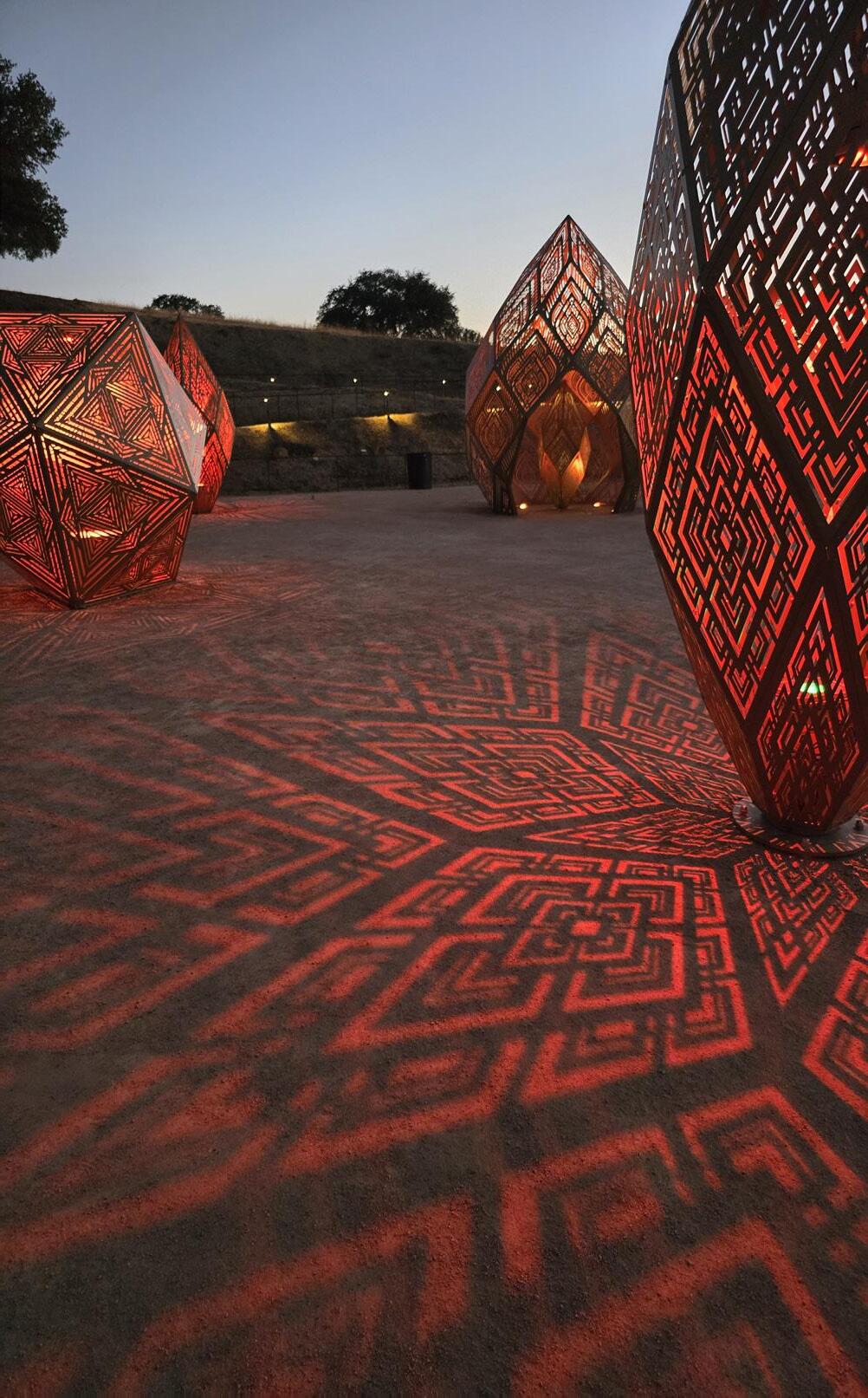

wine bottles and fiber optics and they light up with a musical score. It’s wonderfully fitting and they are an immense tribute to the local region.
At the end of the night, we visited DIMENSIONS around 10 p.m. one last time when the lights were very bright and the exhibit looked like a kingdom from afar. It was the perfect sight to end our night. Since all of the exhibits at Sensorio are outdoors, it’d be very wise to dress accordingly. Sensorio requires a healthy walk but the whole space and trail are mostly flat, very ADA-friendly, and stroller-friendly. Sensorio’s permanent installation is a destination in itself that brings art enthusiasts from all over the country to Paso Robles. Sensorio is open year-round, making this a wonderful activity for the transition to fall, a season that often brings more decorative lights.
BY CHUCK GRAHAM

I remember the days when I was still shooting with slide film— Fuji Velvia 50 was the landscape photographer’s rage. I could always count on the dunes for their soft pink and orange hues drifting across curvy dune crests and for the wind-groomed lines perfectly etched across the ever-shifting sands.
Sunsets were best, but I would never say no to a chilly fall or winter sunrise, with the sun hanging low on the horizon. It was always a race against time, chasing the best light. To get there meant 2.5 miles of soft sand running, slogging camera gear, and traversing the terrain to reach the most recently windswept dunes recreated by yesterday’s small craft advisory.
It was unusual yet stunning at the same time: a red-tailed hawk perched on the edge of a recurring natural wonder. Such is the experience at the Guadalupe–Nipomo Sand Dunes National Wildlife Refuge, the second-largest stretch of coastal dune habitat in California.
The sun was setting as storm clouds cleared, and the perpetual northwest winds tapered down to a mere wisp. The red-tailed raptor rested easily at the apex of a stupendous dune crest shaped like the rolling surf that roared off the beach several hundred feet below.
There is always much to consider when photographing the dunes. Most of my trips have been alone, but no one is ever truly alone in this epic coastal ecosystem. From low-crawling dune beetles and steely peregrine falcons to stealthy gray foxes and bobcats, a throng of wildlife has adapted to life in the dunes.
Dune flora, too, has evolved across one of the most stunning coastal landscapes on the West Coast. This hardy plant life not only stabilizes the dunes but also provides shelter for wildlife. To incorporate the contours of the dunes, their flora, and their fauna into one photograph is asking a lot, but it is doable here. Add in some moody, trailing cumulonimbus clouds and the unruly surf, and the dramatic possibilities multiply in the salty coastal air.
Suddenly, though, its keen vision detected movement in the dunes, and it took flight. When it did, the predatory bird left a small cascading depression—the only blemish on the entire sand dune. >>

American white pelicans do not fly over the ocean. Instead, they favor the wetlands along the coast. After nesting and rearing their young in Montana, Idaho, and southern Alberta, they migrate south for winter. Along the way, they stop at Oso Flaco Lake (Skinny Bear Lake) and the Santa Maria River mouth.
The winters of 2022–23 and 2023–24 brought heavy flooding, washing out roads like the one leading to the car park near the river mouth. I decided to walk south from Oso Flaco Lake to the tallest dunes in the refuge, a round trip of about fourteen miles.
I was not sure what I would find, but the coast was empty except for migrating shorebirds: whimbrels, long-billed curlews, marbled godwits, and western sandpipers. As I approached the Santa Maria River mouth, I could see the tallest dunes despite looking into the morning sun, with heavy salty air drifting along the wave-battered shore. Near the river mouth I noticed detailed tracks in the sandy berm that separates the river from the ocean. They belonged to several American white pelicans.
Three plump pelicans—larger than the California brown pelican—were waddling across the sandy berm near the car park. When they took flight, they soared just above the shoreline before banking hard to the left. The tranquil river mouth beckoned as they “skated” to a halt on the water’s surface like floatplanes.
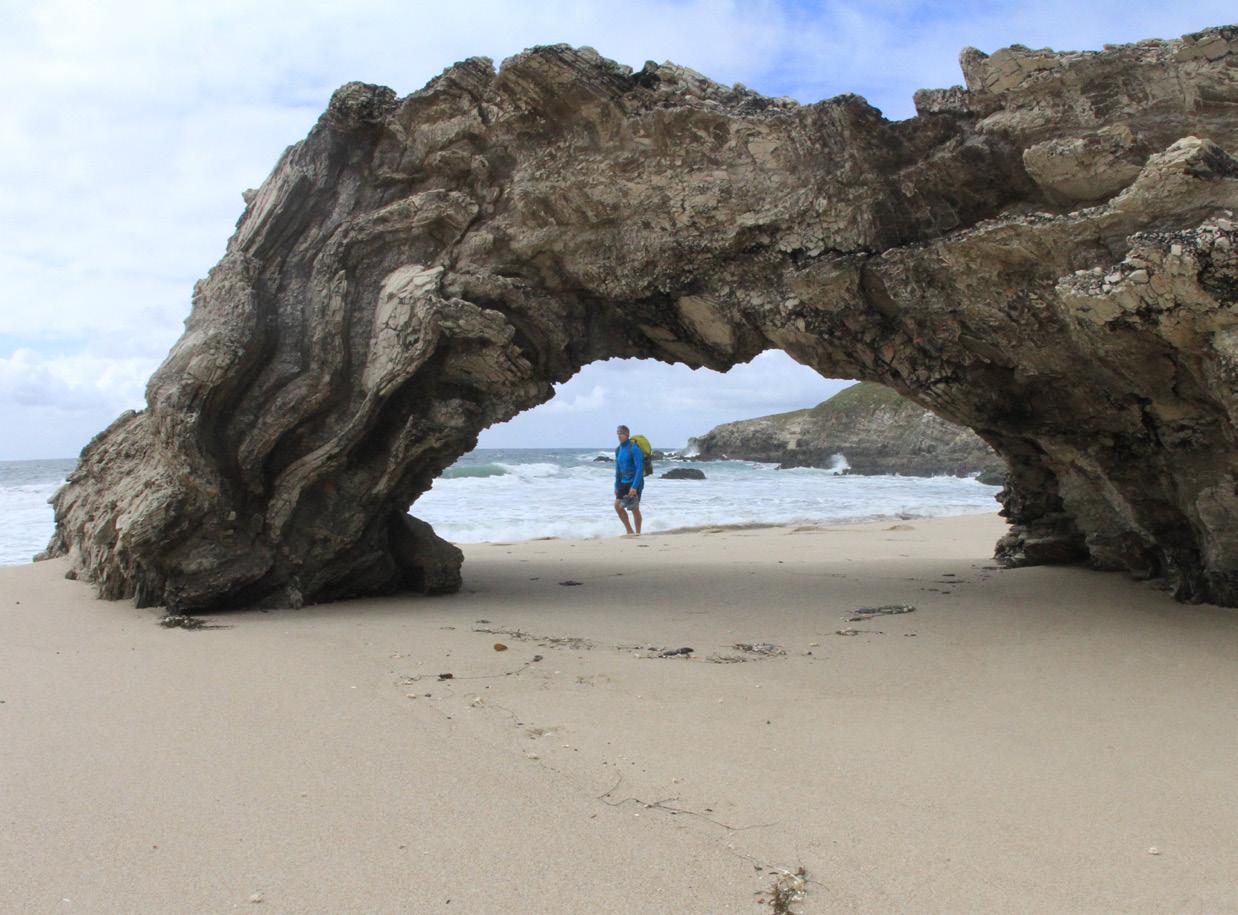
To the south, beyond Mussel Rock and the tallest dunes in the refuge, stretches a lonely beach that runs to the teeming waters surrounding rugged Point Sal. The beach is reached by leaving the dunes and crossing a natural freshwater spring. Along the way stands an impressive archway carved by wind, water, and surf, a formation that looks as if it has withstood the test of time.
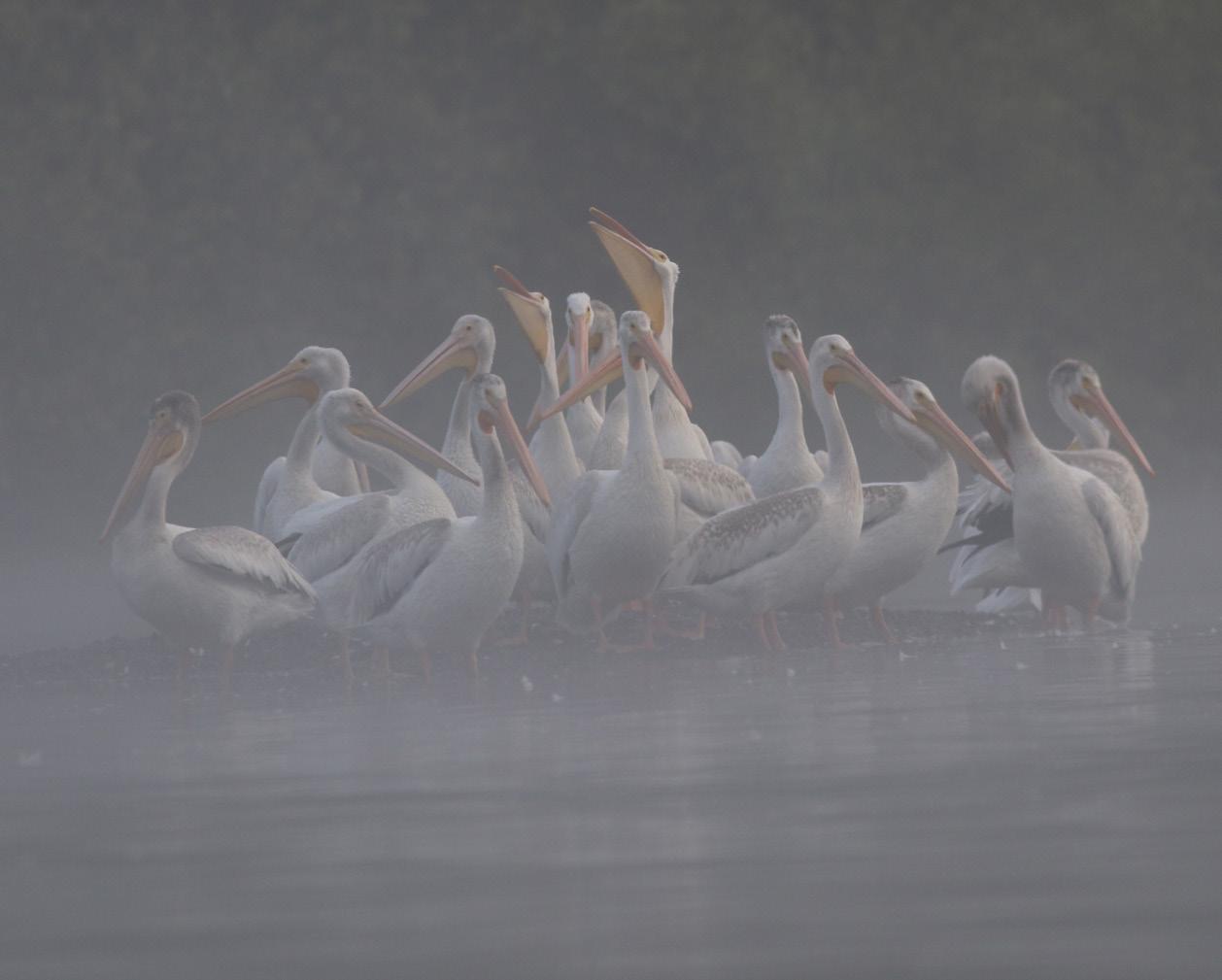
During one memorable trek, I leapt across the spring to access the beach. Soon after I arrived, I felt something crawling up my forearm. It was the first of many ticks I would pluck off myself. When I looked down, my pants were covered. Mule deer, prevalent in the refuge, transport ticks through the coastal sage scrub.
Once free of the onslaught, my attention returned to the striated archway. It stood alone with a clear view of the pounding surf, a striking geological contrast to the “mountains of sand” just to the north.
The Guadalupe–Nipomo Sand Dunes remain one of California’s most unique landscapes and ecosystems. Despite visiting the dunes for decades, I always feel far away each time I sink my toes into the sand. It is a coastal biome like no other— yet just a quick getaway on the scenic Central Coast.




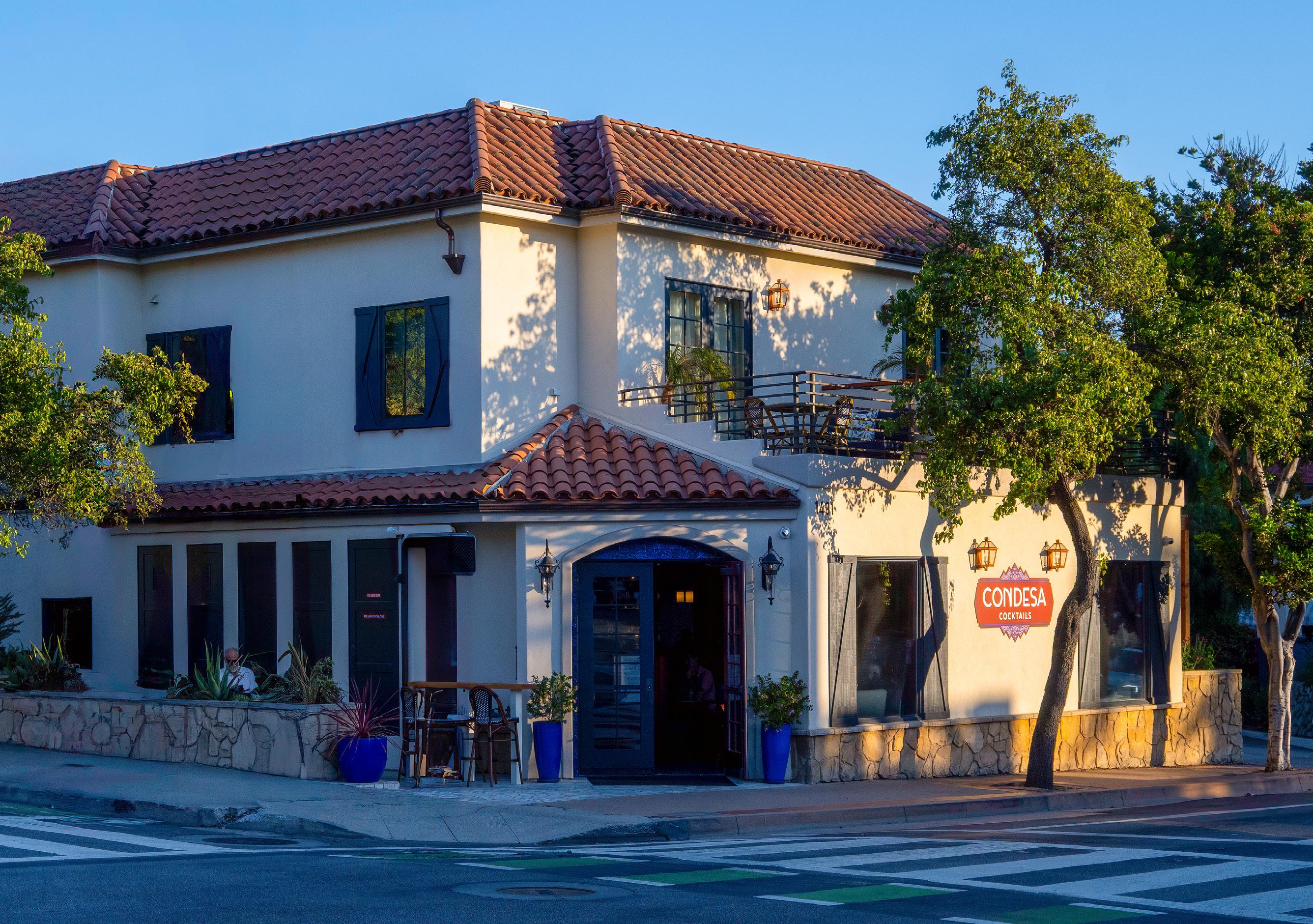
BY JAIME LEWIS PHOTOGRAPHY BY PETE BILTOFT
Years ago , a magazine asked me to write about a new bar in Santa Barbara called The Good Lion. Owners Brandon Ristaino and Misty Orman had just moved there from Los Angeles so that Ristaino could harness his decades of experience in the hospitality industry to open an Old World–style bar with Hemingway vibes and expertly made cocktails.
I don’t always remember my interviews, but Ristaino’s bookish curiosity, the clarity of the ice in the drinks, and the balance of those tart and sweet flavors stuck in my memory for years. I also never forgot that Ristaino and Orman said they wanted to expand into SLO someday, when the moment was right.
Eleven years later, that moment has arrived— twice, actually. First came Petit Soleil, the boutique hotel that Ristaino and Orman acquired and transformed on Monterey Street. Then, just months later, they opened Condesa,
a contemporary Mexican restaurant and bar in the former Splash Café space next door.
“We had a business partner approach us about the Splash Café building very shortly after we acquired Petit Soleil,” Ristaino explains over the phone from Santa Barbara, where he and Orman now operate seven restaurants and bars across Santa Barbara and Ventura counties. “We always had it in the back of our heads that it might be a really cool addition.”
The name Condesa came to Orman during a trip to Mexico City five years ago, when she and Ristaino stayed in the neighborhood called La Condesa.
“It was stunning and beautiful and had great food and drink, but it had a little French undercurrent to it,” she recalls. She was sipping a gin and tonic made with Condesa gin when the name clicked into place.
That French undercurrent shows up in subtle ways at Condesa—in the wallpaper, the feathered light fixtures, the sophisticated plating. The cobalt blue and plum interior hums with energy most nights, an army of bartenders working behind the bar while young people conduct Instagram sessions on the patio. This is decidedly a Mexican restaurant, with contemporary takes on classics like chalupas, enchiladas, and an impressive Caesar salad that nods to its Tijuana origins. The tortillas are thick, chewy, and warm, clearly made in-house, while the guacamole arrives topped with cubes of crispy pork belly for a pleasantly unexpected twist.
“You get guacamole everywhere, right?” Ristaino says. “You gotta differentiate a little bit.”
But it’s really the cocktail program where Condesa sets itself apart, which shouldn’t surprise anyone familiar with Ristaino’s work. The Jaguar Moon—a spicy riff >>
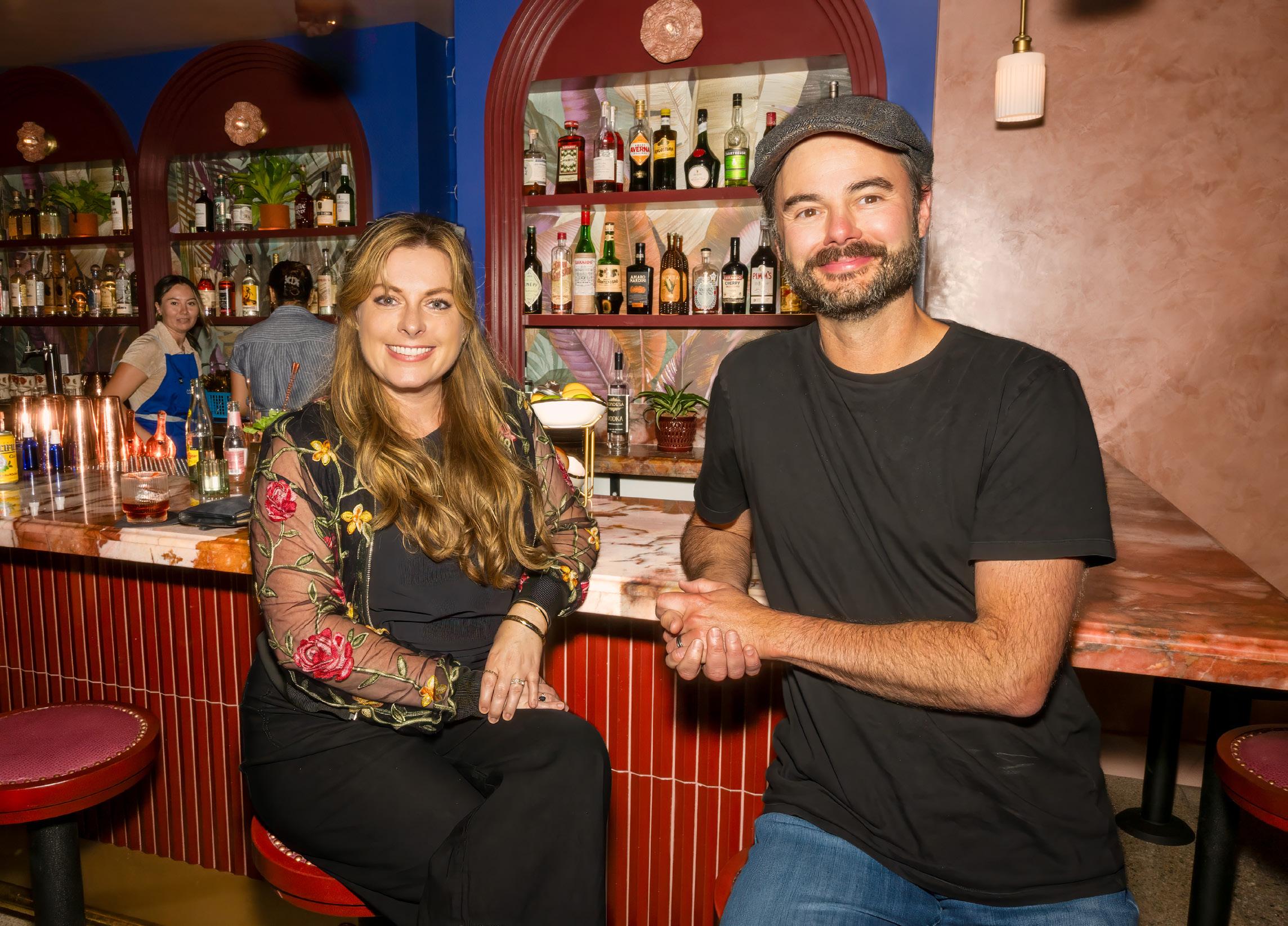
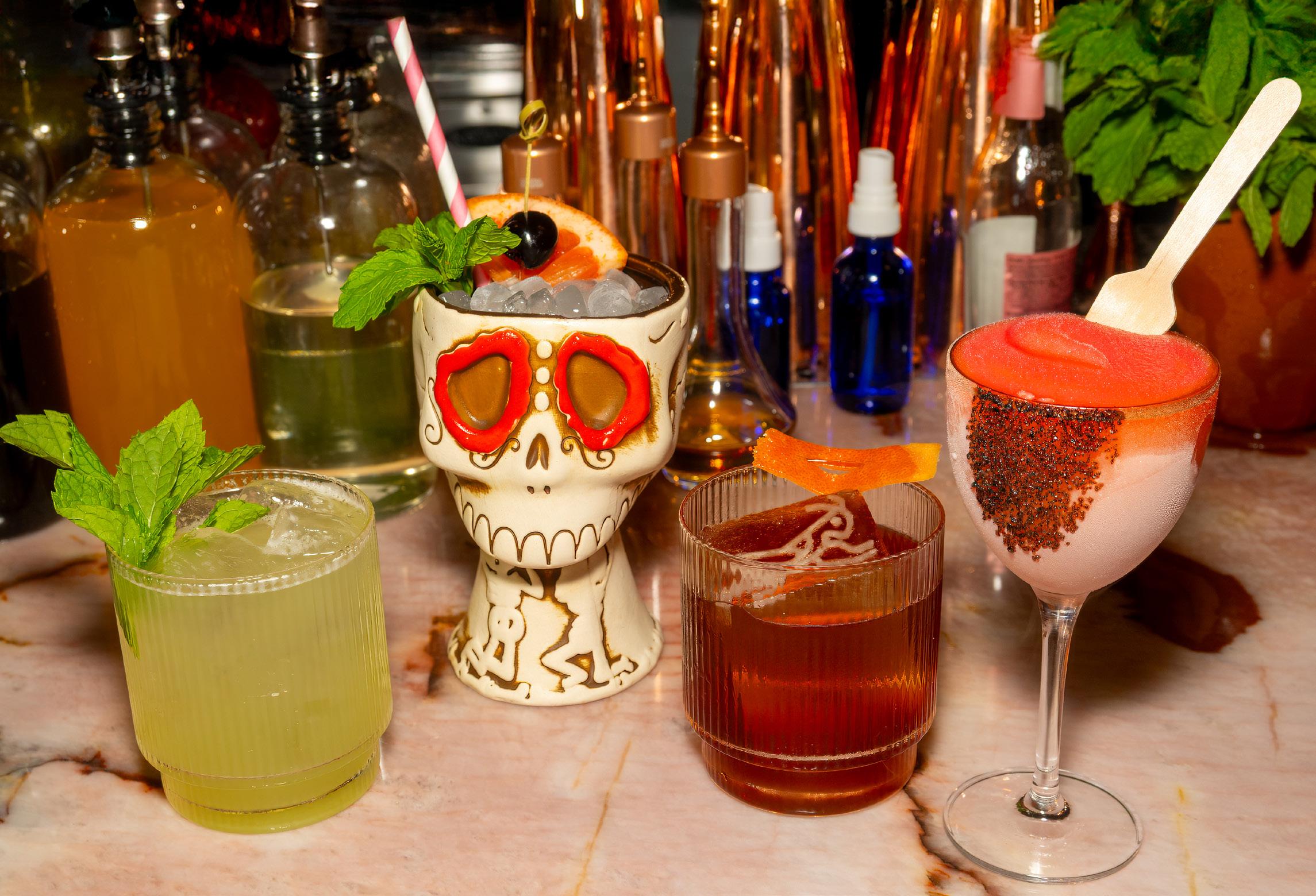

on a margarita with tequila, mezcal, manzanilla sherry, cucumber and pineapple syrups, and St. George chili vodka—is unbelievably refreshing, with just the right amount of heat. And the classic margarita on the rocks achieves a delicate balance of tart, sweet, and savory that I remembered from The Good Lion all those years ago.
“Misty and I both have a drier palate,” Ristaino explains. “We think California’s palate, particularly on the Central and South Coast, tends to lean quite dry.”
The back bar showcases an impressive collection of spirits, including bottles of green Chartreuse that glow under the restaurant’s warm lighting. Perhaps the most theatrical touch comes with certain cocktails, where ice cubes etched with grasshoppers appear as if by magic when the drink is poured. It’s Condesa’s logo, and a playful nod to chapulines (dried, salted crickets), sourced from a specialty ice company in Los Angeles that creates the crystal-clear cubes using laser etching.
The restaurant operates with an unusual service model: customers order at the bar rather than
from servers, creating a constant buzz of activity at the front of the house. It’s busy enough that Ristaino and Orman are already planning additions, like a happy hour menu, Taco Tuesday, and a Mexican brunch service.
“We’re working seven days a week to get better and improve every single element of the guest experience,” Ristaino says. “This is just the very beginning.”
As my husband and I sit at Condesa’s bar on a recent evening, watching the bartenders work with precision and listening to the cheerful pulse of conversation, I’m struck by how natural this all feels. Ristaino and Orman always said they’d come to SLO when the moment was right. Looking around at the full tables and the steady stream of people discovering this newest addition to our downtown landscape, it’s clear they chose their moment well.

Follow @condesaslo on Instagram for updates on brunch dates and special events.
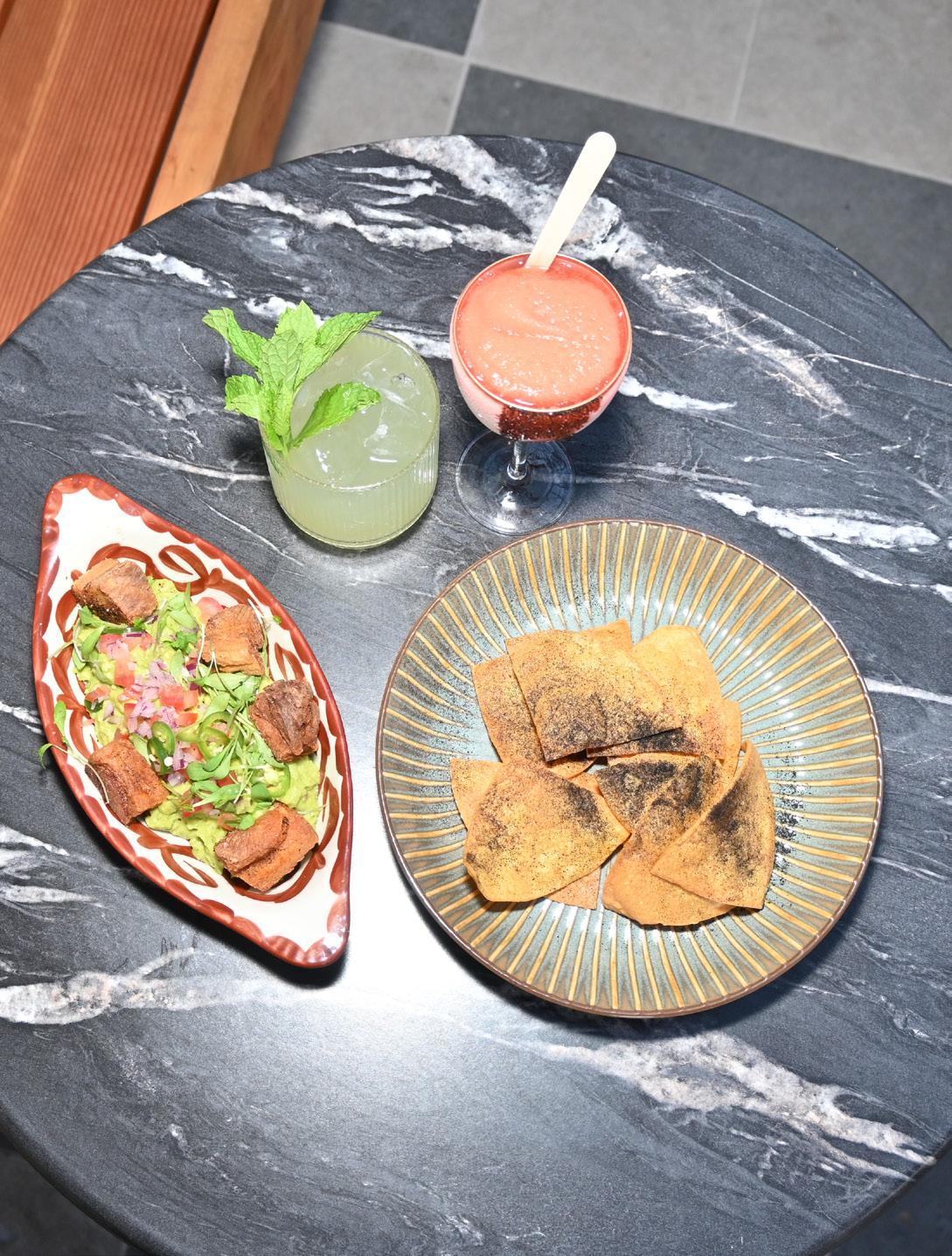
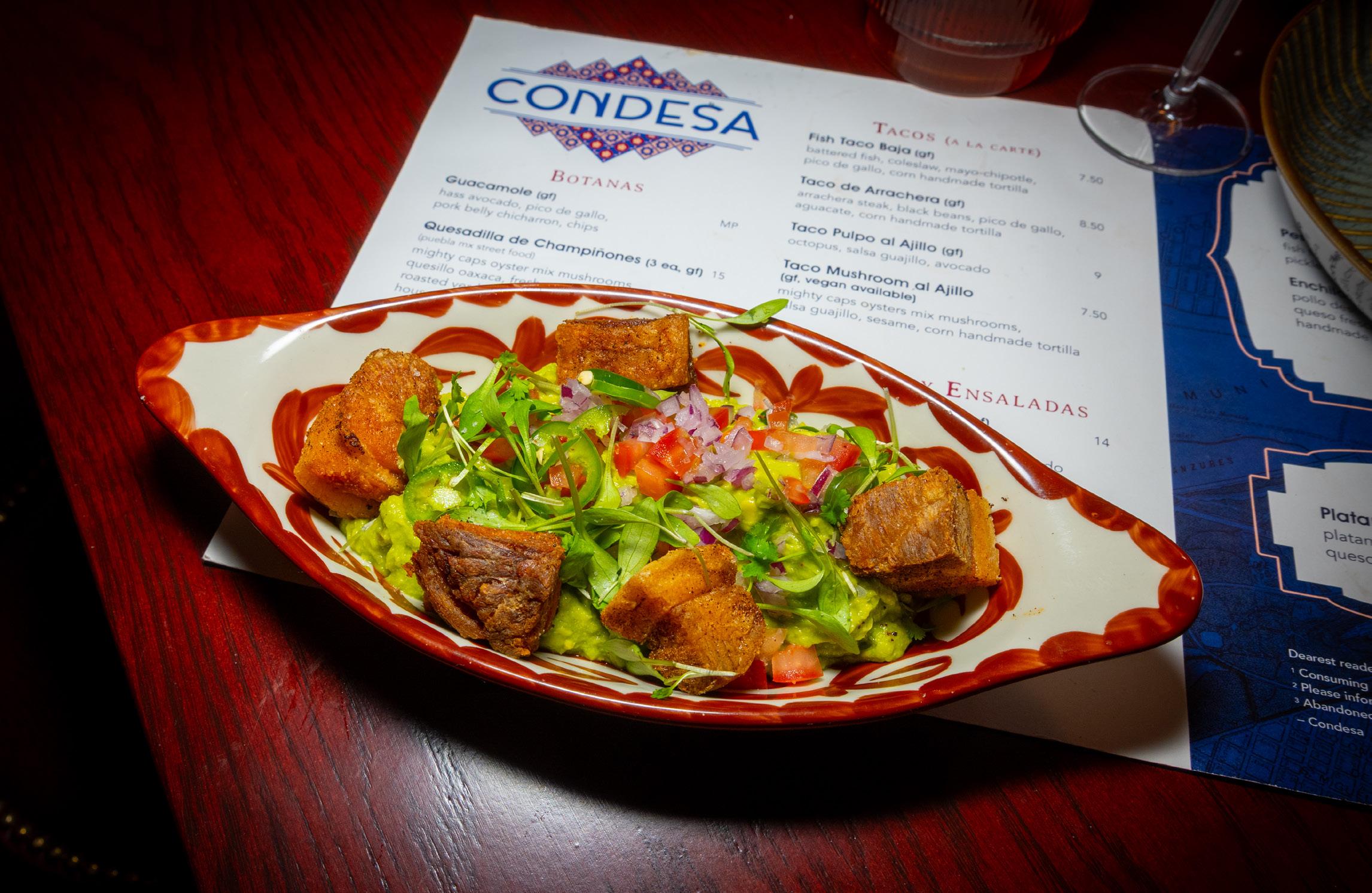
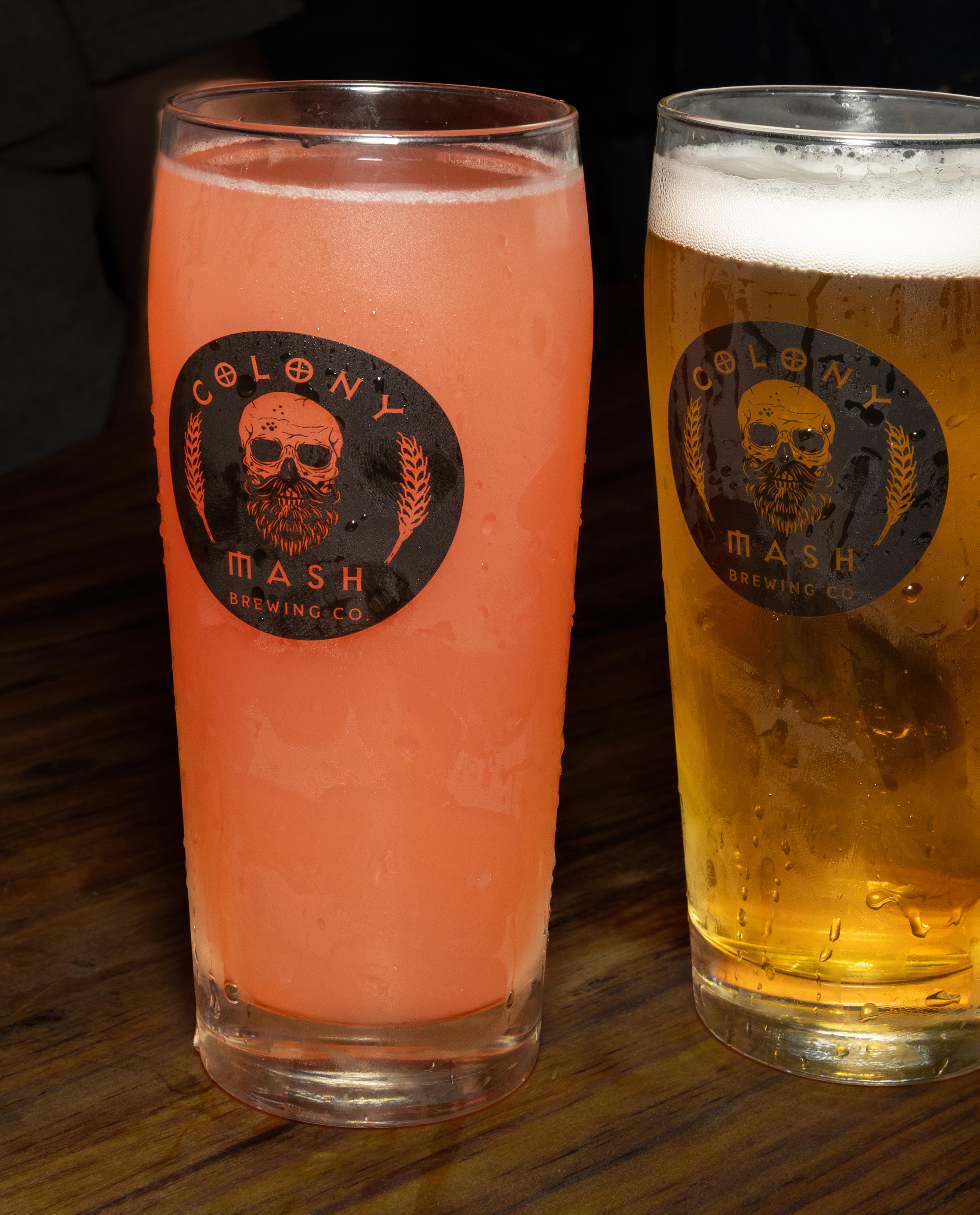

BY BRANT MYERS PHOTOGRAPY BY PETE BILTOFT
Colony Mash isn’t your typical brewery. I know this because my glass is filled with an effervescent purple liquid. The next drink is yellow, another orange; now I have a red one. What is happening? Either I won a golden ticket to a candy factory, or there’s something in my water.
Close on the candy factory—but no hallucinations here. I’m sitting at a bar in Atascadero, talking with Erik Knapp, owner and brewer of Colony Mash Brewing, just off El Camino Real and San Anselmo. You know, across the highway from In-N-Out. The drinks I’m imbibing hit the spot on this warm summer day: cold, bubbling, and alcoholic. Colony Mash has been building a reputation for its hard seltzers, and I’m here to do some hard-hitting journalism to find out why.
Although no stranger to Knapp or his creations—I’ve had his beers and seltzers on draft and in cans for years—there has always been a mystery I haven’t been able to decode. Here’s what sets them apart: they’re good. I mean really, really good. Much like growing up on mass-produced, store-bought hard ciders and then discovering a pint from a proper cidery, these hard seltzers are redefining the genre. Having ridden the seltzer wave a couple of years ago, I assumed they were all sickly sweet, artificially flavored clear drinks for people who didn’t really like to drink. My running joke was that hard seltzers made good mixers and that was about it. So why are these different?
The answer goes back a ways. Knapp grew up on a winery— though not in Paso or Northern California, but on his father’s vineyard in Pennsylvania. His father was a first-generation winemaker with a background in chemistry and engineering. If that’s not the perfect recipe to create a brewer son, I don’t know what is. Drawn to the science and production side of things, Knapp narrowed his college choices to a university in Canada I’d never heard of or our own Cal Poly. Luckily, he visited on a temperate spring day, hit Farmers’ Market, and fell in love with San Luis Obispo. He earned his degree at Cal Poly, dove deeper into viticulture, and returned to the family farm for a few years. But his heart remained in SLO, and he made his way back to the land of snow-free winters. Lucky for us—otherwise, we wouldn’t have such a unique brewery to visit. Nearly, anyway—we still have to brave the Grade. >>
Knapp’s love for the area and its agricultural abundance carried into his opening of Colony Mash. Although not originally intended as a hard seltzer house, he listened to his customers, who came to the same conclusion I did: they’re good, especially on hot Atascadero days. When we talked shop about his brewing process and what sets him apart, it boiled down to two factors: he knows what he’s doing, and he cares about the ingredients. I won’t get into the technical aspects, but after years in the industry, I can spot a brewer who truly understands the science and engineering behind a great final product. Knapp is only content with perfection, and that comes from mastering both process and equipment in his “mad lab.”
A cocktail man at heart, Knapp draws inspiration for his seltzers from twists on classic combinations. Take his “Rose in the Grove,” which blends blood orange with rose water. The idea came while he was experimenting with ingredients for an Old Fashioned. Rose water gave me pause, but he explains it’s just enough to accentuate the blood orange, making the citrus pop. Much like adding coffee to chocolate in baking—or a pinch of salt on cookies—it elevates the flavor. Knapp experiments constantly to keep things fresh for himself and for his customers.
For all my talk about his seltzers—and they do put him on the map— Knapp also brews outstanding beers. Before opening Colony Mash, he worked with local mobile canning line company Mercenary, which gave him a chance to brew in nearly every local brewery. Maybe that behind-the-scenes exposure rubbed off, because his beers are home runs. From approachable, light German styles such as Pilsner and Kölsch to bold, flavorful IPAs for us hop heads, each brew stands on its own. Just as he handpicks the fruits for his seltzers, he selects specific malts and hops from around the world to strike that balance between familiar and unique.
If you’re like me and find yourself heading north on the 101—or just trying to escape the temperate climate of SLO—seek out this humble yet exciting tasting room, just minutes off the highway. If you’re the type who enjoys running from the hot tub into the cold pool, or sipping ice water in the sauna, then you’ll love the juxtaposition of a purple lemonade hard seltzer served by a large, friendly man in a black shirt adorned with white skulls. Raise your dainty glass, full of big flavors, and say “cheers” to Colony Mash. SLO LIFE
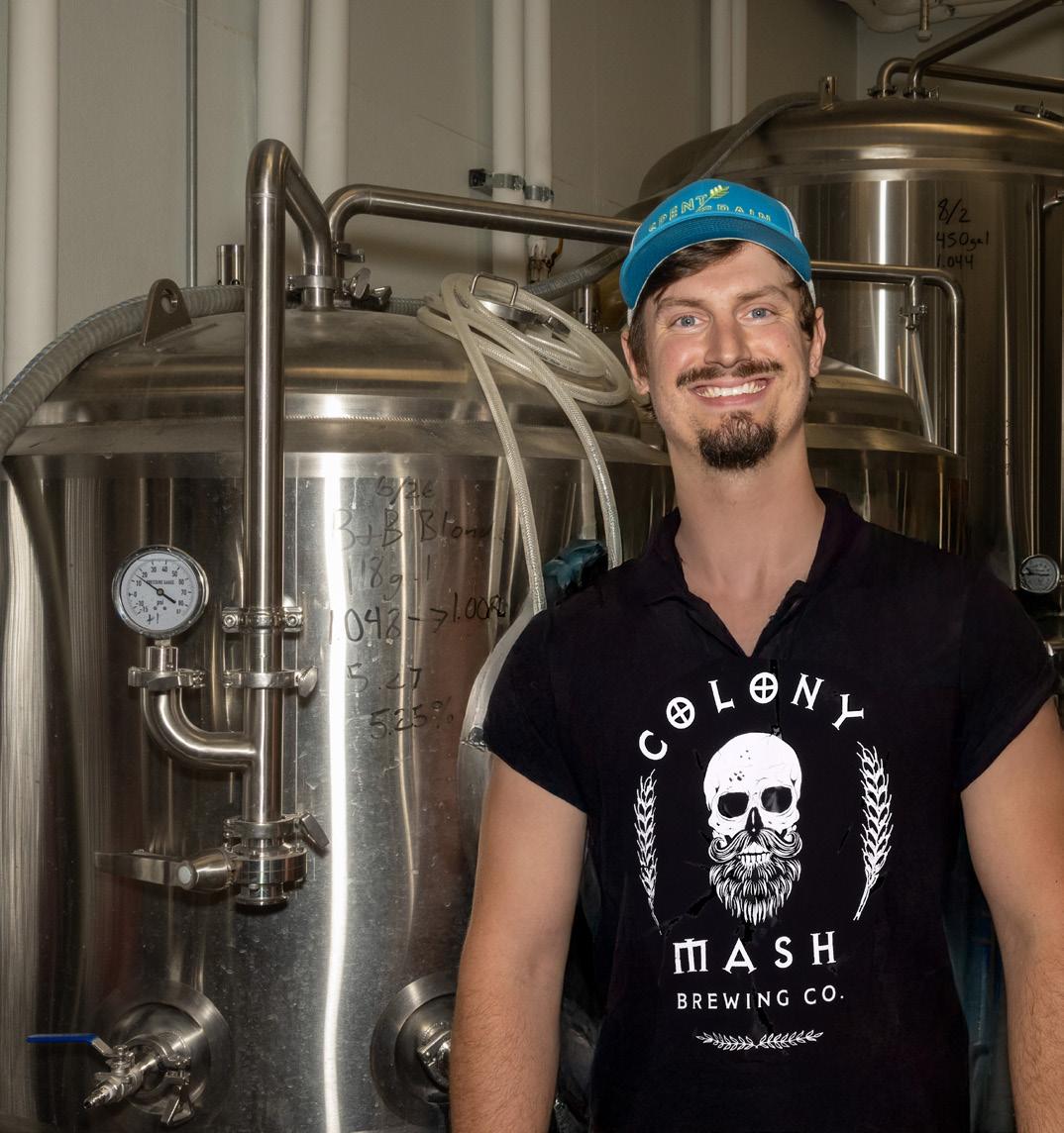
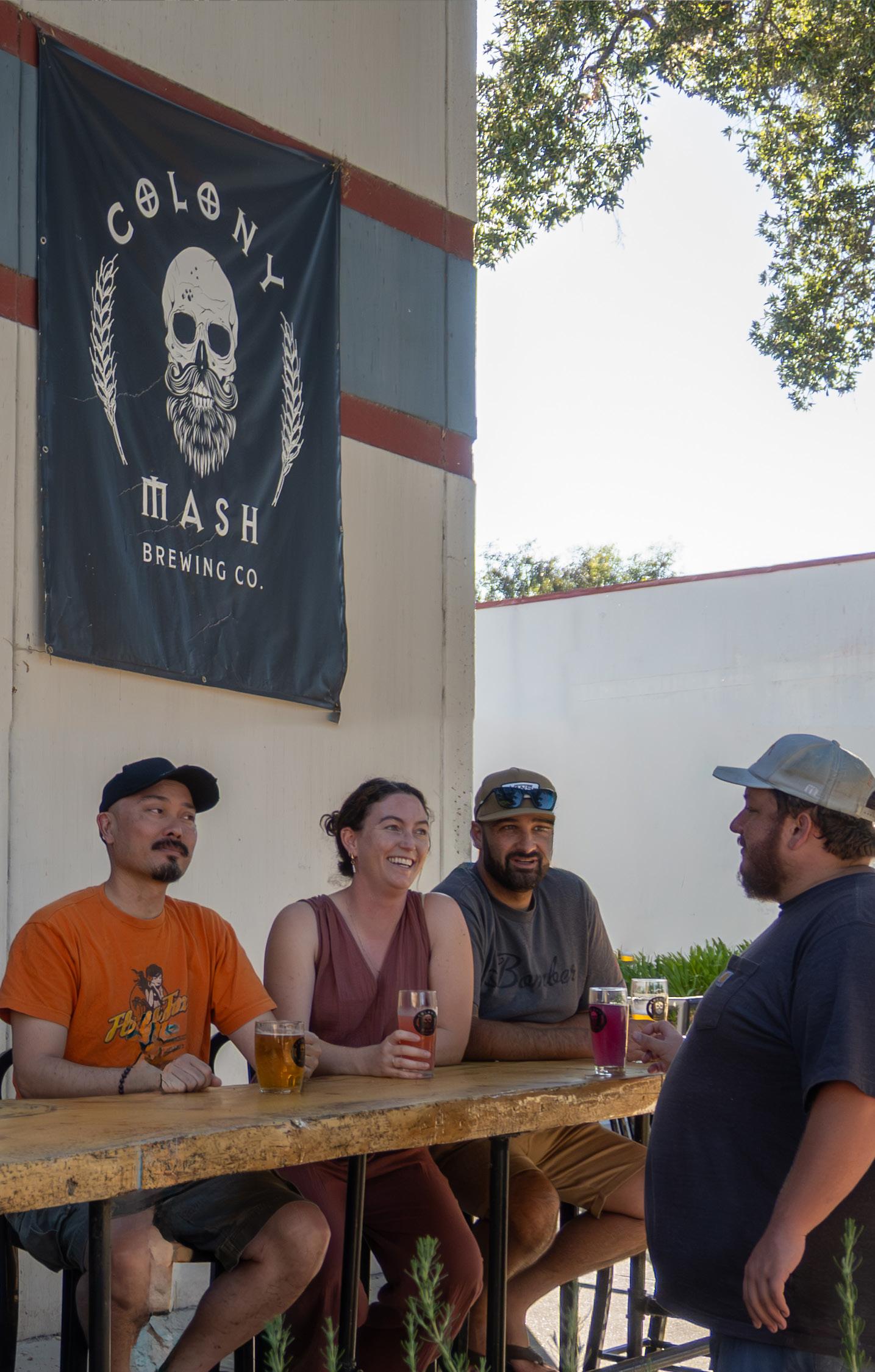
Purple Reign
6% ABV / $24/6-pack
You simply must try the flagship seltzer that turned me years ago. ‘Purple Reign’ is a bubbling, lemon flavor-bomb wrapped in the purple hues of butterfly pea flower. An easy can to crack while the sun is shining.
3164 El Camino Real Atascadero, CA 93422
INstagram : @colonymashbrewing


BY DAN FREDMAN PHOTOGRAPHY BY EMILY DESJARDINS
John Niven’s family story doesn’t begin in an Edna Valley vineyard—it begins in the aisles of a grocery store.
In the 1950s, John’s grandfather, Jack Niven, built Purity Stores into a San Francisco–based chain that at its height counted nearly 185 locations across California. With great foresight, he also owned the land and the buildings. Purity Stores was quite successful, but by the late 1960s, Niven saw the direction that the industry was heading. With bigbox retailers starting to squeeze out smaller regional chains, the family made a tough but forward-looking choice: sell the stores and properties and search for something new.
“My grandfather had a venture capitalist’s instinct for spotting opportunity,” says John Niven. “He put it to good use while deciding what his next challenge would be. He enjoyed wine and took notice of the nascent boutique wine scene making waves in Napa and Sonoma.” In 1969, Jack hired Vincente Petrucci of Fresno State and Albert Winkler of UC Davis, two of the state’s most influential viticulture professors, to identify the most promising region in which to plant grapes for wine. Both were unaware that the other had been engaged for this research project, yet both independently came back with the same answer: Edna Valley, in San Luis Obispo County. At the time, the land was used mainly for grazing cattle, but the professors saw what few others did. The region’s cool climate and Pacific influence, when combined with reasonable land prices, made it the most promising wine region in the state.
By 1973, Jack had bought property and planted the first sections of the Paragon Vineyard. The timing wasn’t ideal for selling grapes. California was experiencing drought in 1976–77, and although imported wines were relatively cheap, they still carried cachet with the public, making it difficult to gain a foothold in the industry. Fortunately, Jack shared a banker with Chalone founder/winemaker Dick Graff, who was dry-farming a vineyard in the hills above Soledad. Introductions were made, and Chalone began producing a wine from Niven fruit called Chaparral, a private label sold in San Francisco and Los Angeles. Its high quality, paired with a ten-dollar price tag, was a hit with restaurants and high-end retailers. By 1980, the partnership grew into something bigger: the founding of Edna Valley Vineyards. >>
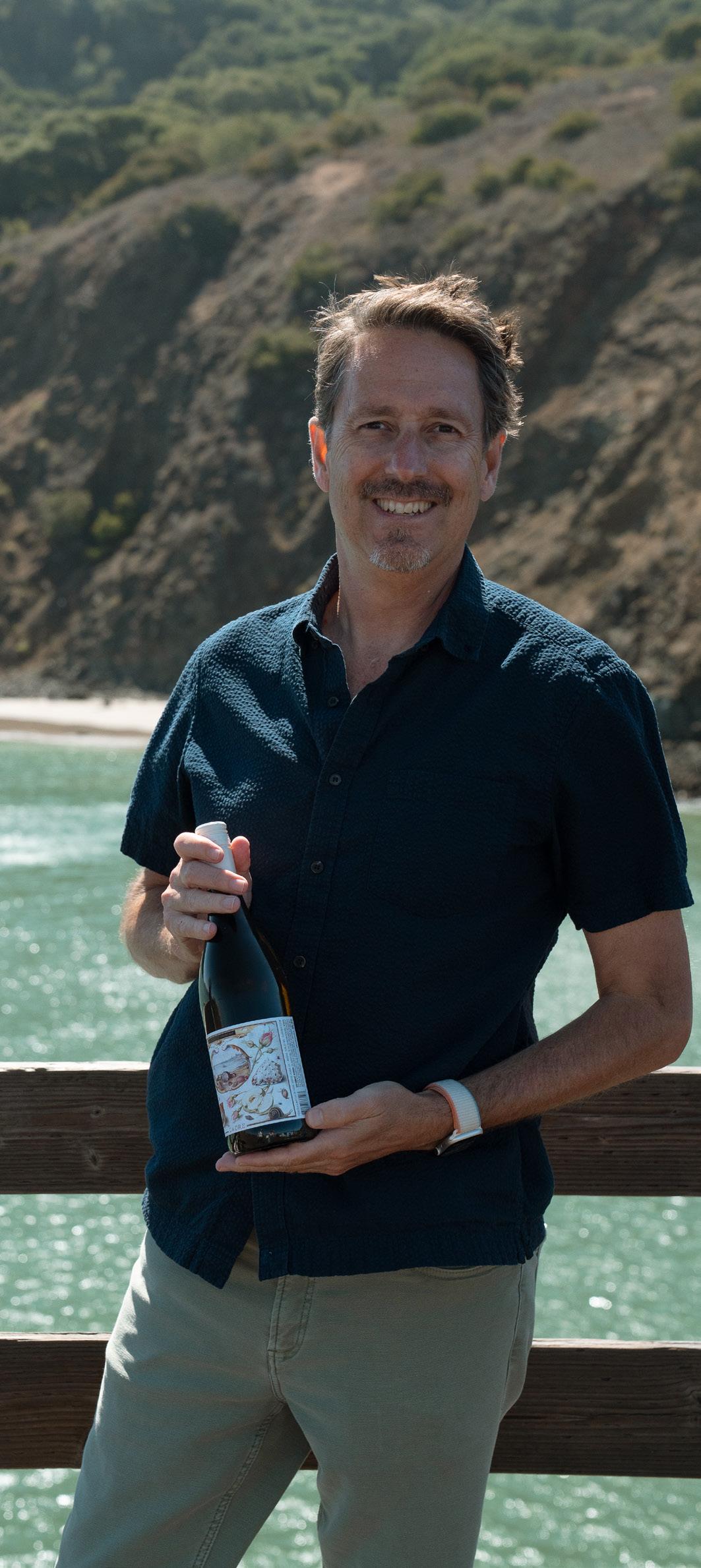
“After college,” says John, “my generation got the ‘no silver spoon’ talk.” He started in commercial real estate in San Francisco, but in the late 1990s, he felt a pull to return to the family wine business. John approached his father and uncle with a spiralbound business plan and went back to school. He learned winemaking at UC Davis and marketing at Sonoma Junior College, then found work at Penfolds and their Seven Peaks project in San Luis Obispo. He climbed the corporate ladder at Southcorp (later part of Foster’s), becoming a brand manager for Australia’s most storied brands, including Wynn’s, Seppelt, Coldstream Hills, and Devil’s Lair. Working alongside visiting Australian winemakers who came to blend expanded his palate and perspective. Most importantly, he became convinced that white wines held enormous potential on the Central Coast.
The Paragon winery on Orcutt Road became a base for reinvention. John and his cousin Michael Blaney steered Baileyana into a new era, and in 2005 John launched Tangent, a brand dedicated to alternative white grape varieties priced at reasonable price points. Albariño, Grenache Blanc, Pinot Blanc, Viognier, and Sauvignon Blanc were fresh, unoaked, and unapologetically outside the mainstream. In 2003–4, they planted five acres of Albariño at Jack Ranch, long before most Californians had even heard of it.
This new generation was willing to experiment. “Paragon had
planted almost one hundred acres of Cabernet back in the day,” adds John, “but in our cool climate, it only ripened about one out of every ten vintages. Most of it was sold to a Napa winery for blending, but when they canceled the contract, we pulled the vines out the next day.”
By 1999, Baileyana had become a force, and the family entered a partnership with multinational corporation Diageo, which included joint ownership of Edna Valley Vineyards. For more than a decade, Edna Valley thrived under this arrangement. But in 2011, Diageo took full ownership, and Edna Valley began to feel more like just another brand rather than a place with distinctive wines. In 2019, the family decided to sell.
John and his wife, Lucy, weren’t ready to walk away. They had met in 1997 at the KCBX Wine Classic. In July 2020, during the COVID pandemic, they launched Cadre Wines. “It was a leap of faith that felt like fate,” John says. “Our objective was clear: craft aromatic, textural white wines from the San Luis Obispo Coast that showcased the region’s long growing season and natural acidity.”
For John, the goal remains clear: to show that the San Luis Obispo Coast AVA has earned a spot among the world’s great white wine regions. Fifty years ago, his grandfather trusted two professors who believed in Edna Valley. Today, Cadre is proving them right.
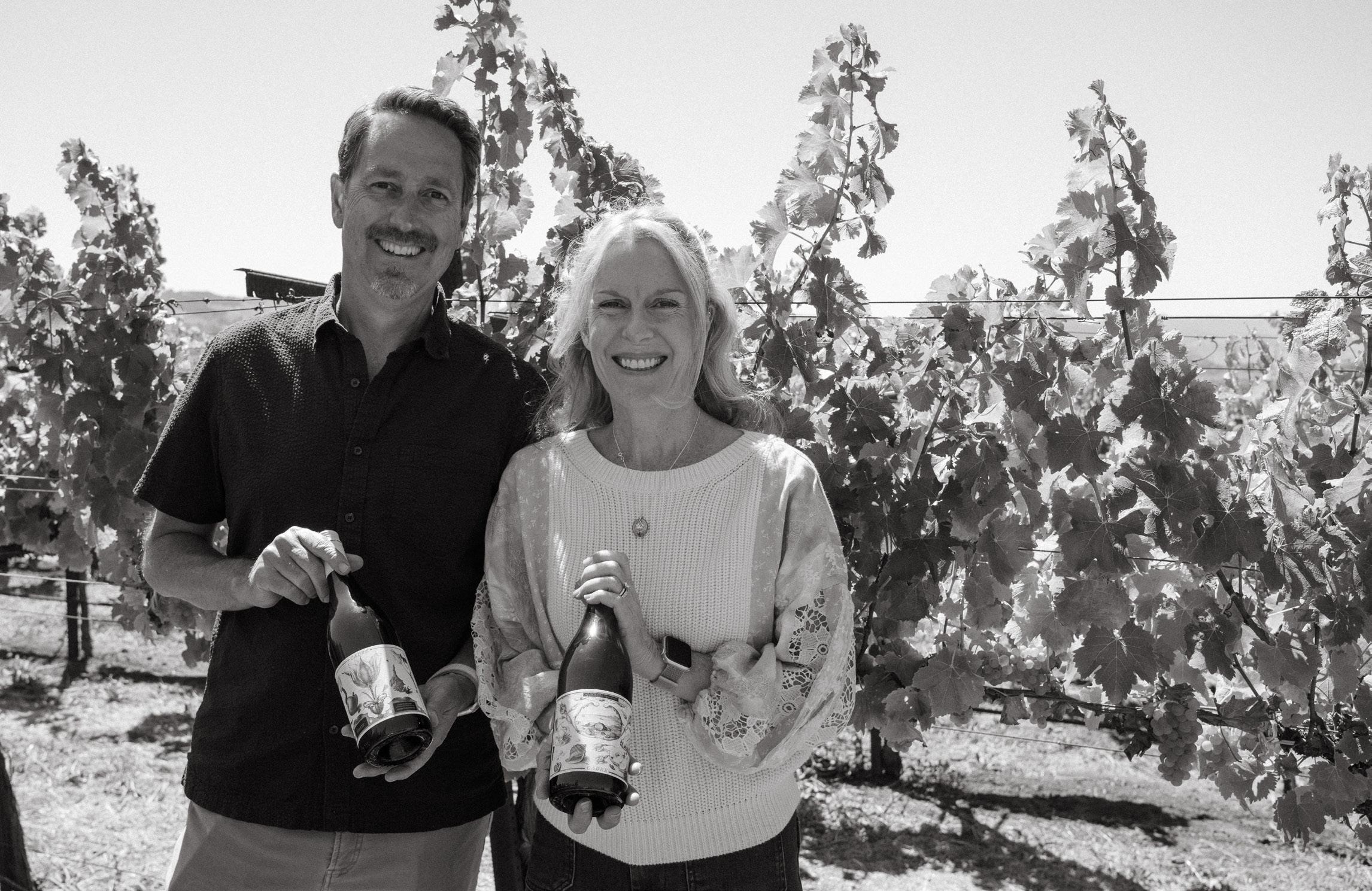

2024 Cadre Band of Stones Gruner Veltliner, $30
John Niven’s role as a champion of Edna Valley Grüner Veltliner dates to his formative work with the Paragon Vineyard and the Zöcker winery. Inspired by modern Grüner Veltliners from Italy’s Alto Adige and the classic Austrian Grüners, the Cadre Band of Stones shares similar flavor and aromatic profiles but carries its power in a near-weightless explosion of citrus and white pepper. There’s a vibrancy to the wine helping it work with a wide range of dishes from multiple cuisines: Thai, Indian, Portuguese, Spanish, and anything fished out of the Pacific all benefit from the wine’s sure-footed interplay between fruit, minerality, and texture.
Cadre Sea Queen Albarino, $30
The grapes are farmed in the Paragon and Morro View vineyards in Edna Valley, sites that make the best of cuttings from Rías Baixas to birth the most Spanish-like Albariño in the New World. It shows richness without being sappy, underlaid by acidity and minerality that speak of the Pacific, a mere 5.5 miles away from these nearly twenty-year-old vineyards. Citrus and salt, jasmine and orange blossom, a long clean finish—this continues to be a benchmark of Albariño in the Edna Valley (and need we mention that the Niven family were the AVA’s pioneers of the variety?). On the bottle’s label is the line: “She reigns with an energetic wave of crisp vibrancy.” There’s an almost electrical tension rippling through this wine, propelling the high-toned aromatics from the glass in a glorious way.
The San Luis Obispo Coast AVA is the coolest AVA in California. Although perhaps best known for Chardonnay and Pinot Noir, Sauvignon Blanc is thriving in the Edna Valley (a sub-AVA to SLO Coast). From the Paragon Vineyard it’s a Loire clone planted in a single block at the top of a hill in the Paragon Vineyard. It’s savory in a way that New Zealand Sauvignon Blancs can only dream of, capturing a hint of the flinty minerality that drives people nuts about Pouilly-Fumé or Sancerre and rivaling the best Sauvignons of Austria’s Steiermark region. Minerals and ocean saline notes, a whiff of grassiness and citrus. Aged solely in stainless steel, it’s like a shot of vinous adrenaline, thrilling and compelling. Take a sip and you want to take another. I wish this wine was available in magnum or threeliter size. SLO LIFE




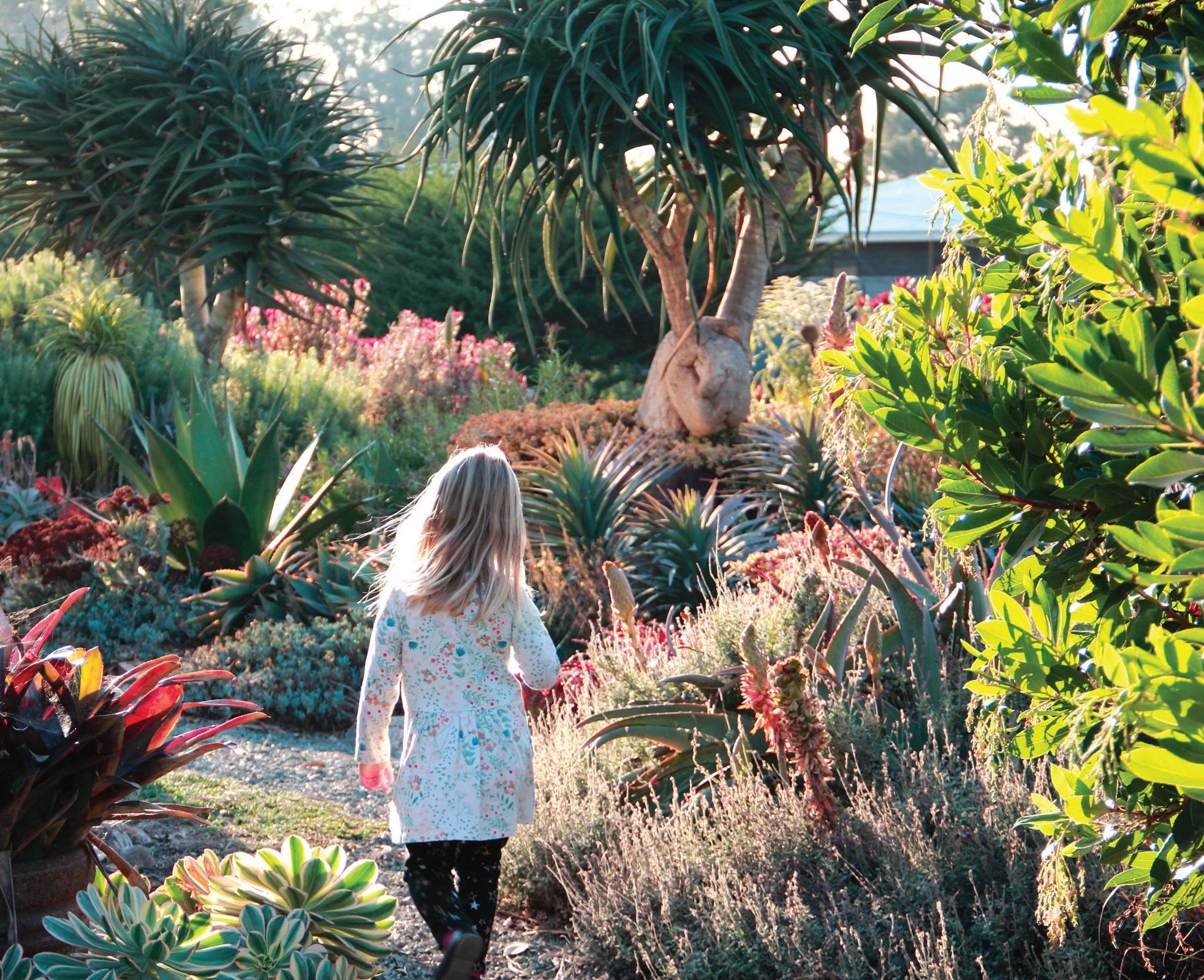


Meals that Connect is excited to announce the return of the SLO Pickle Festival, presented by Mechanics Bank, at Laguna Lake Park. This 21+ event is a celebration of all things pickle–perfect for foodies, local supporters, and anyone looking for a uniquely “dill-lightful” experience.
October 4 // slopicklefestival.org
The San Luis Obispo County Open Studios Art Tour, a program of SLO County Arts Council, takes place each year over two weekends in October, National Arts and Humanities Month. Free to the public, fine artists and crafters open their studios to showcase their art and share their processes. Visitors create their own self-guided tours using the catalog of participating artists.
October 11-12 and 18-19 // slocountyarts.org


A community tradition since 1946, the annual Pismo Beach Clam Festival attracts generations of families and visitors from all around, who look forward to spending three days overlooking the Pacific Ocean in Pismo Beach. This family-friendly event features the Clam Festival parade on Saturday at 10 am. Join us on Price Street for the parade this year!
October 18-19 // experiencepismobeach.com

Gather your family & friends for our first ever movie night at BRV! Enjoy an evening under the stars watching The Sandlot, delicious food from Bear City Social, and your favorite BRV wines! The movie will be projected to a big screen on our Tasting Room patio. Seating is limited and guests are encouraged to bring low back chairs or blankets.
August 8-9 // biddleranch.com
Bring the whole family, including leashed and dog-friendly dogs, to Woods Humane Society SLO from 12-3 p.m. to enjoy this FREE fall-themed community pet celebration and a whole lot of HOWL-o-ween fun!
October 25 // woodshumanesociety.org


Join us for the spookiest night of fun in downtown San Luis Obispo! Activities include the beloved Trick-orTreat Trail at dozens of downtown businesses, a Costume Contest in Mission Plaza, festive photo opportunities, and “Scary-oke!” (a karaoke contest, but with a spooky twist). This event is free, family-friendly, and open to the public! October 30// downtownslo.com
Get ready for a fast-paced, door-slamming, laugh-out-loud comedy! In a seedy motel room, two rookie cops set up a sting operation to catch a corrupt mayor. But when the mayor’s nervous accountant arrives, mistaken identities, double-crosses, and a mysterious Scottish hit man throw everything hilariously off-course. Buckle up—it’s going to be a wild (and very funny) ride!
October 25-November 9// slorep.org


Break out your corsets, fishnets, heels, and red lipstick because ROCKY HORROR is back and better than ever! Organizers of some of the most memorable parties and sensational drag shows to hit the Central Coast, will return to SLO Brew Rock with two can’t-miss days of “The Rocky Horror Picture Show” complete with live Performances.
October 31 and November 1 // slobrew.com
Join the Latino Outreach Council on from noon to 5:00 p.m in Mission Plaza for a celebration including Aztec Dancers, Folkorico dancers, a Day of the Dead Costume Contest, Mariachi performance, dancing in the Mission Plaza, vendor booths (food, beverages, community groups, artists, crafts), activities for children and more. November 1// slocal.com/events
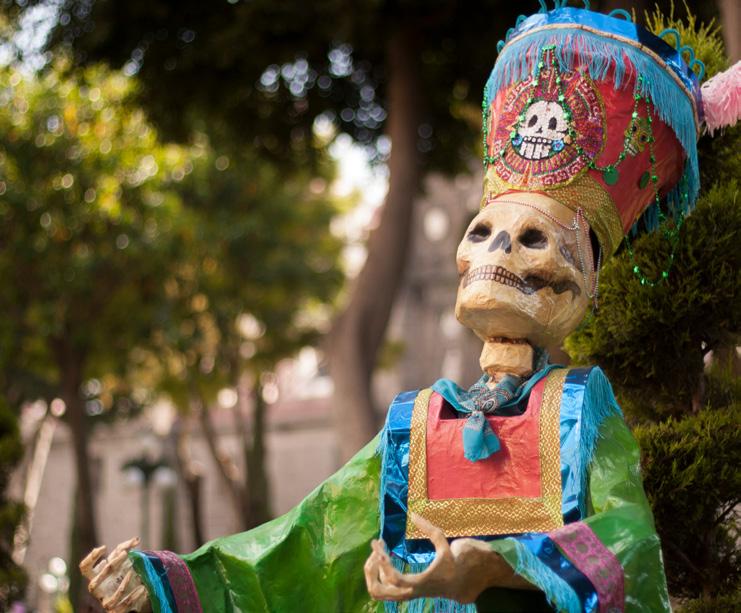
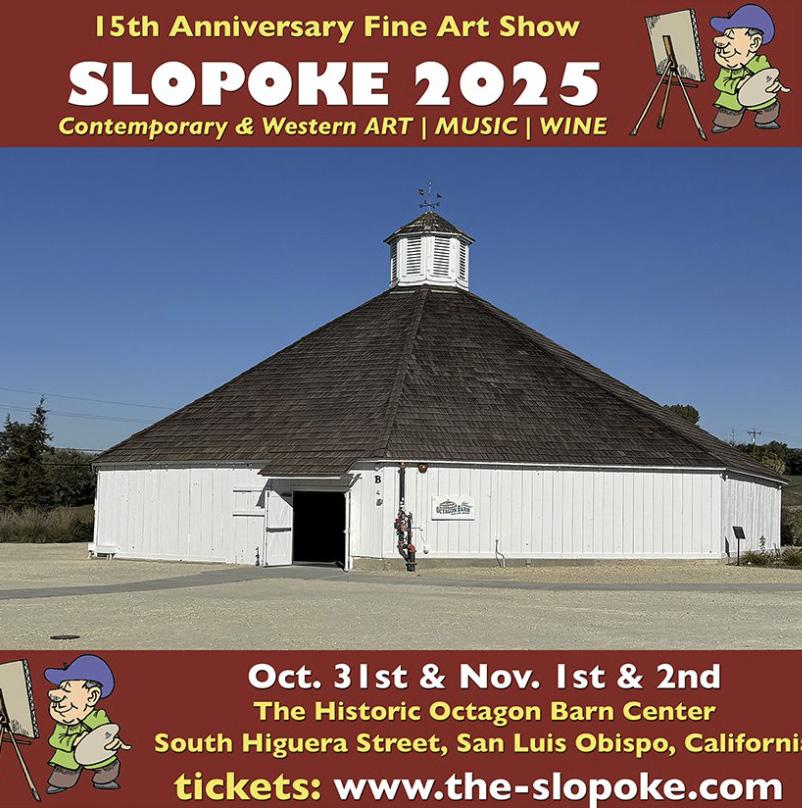
The 15th Anniversary of the SLOPOKE Art of the West Exhibition and Sale will take place on the weekend of November 1st, 2025 at the Octagon Barn Center. The Opening Reception is on Oct. 31st from 5:30 pm to 7:30 pm and it will be very special and lots of fun as we encourage folks to come in costume as their favorite western movie star or their favorite historic artist. All ticket holders are invited. October 31-November 1 // Octagonbarn.org


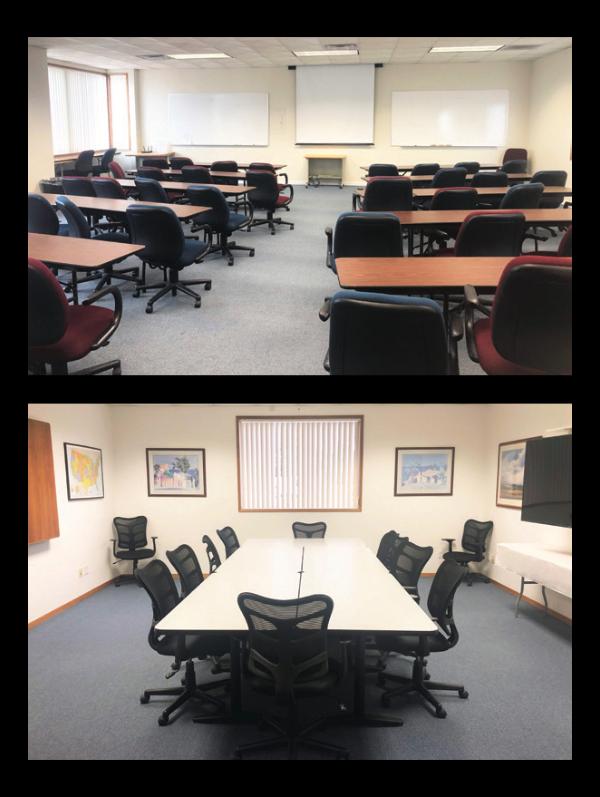











Check out the first annual Pismo Beach Sand Art Festival, a three-day celebration of large-scale, ocean-inspired sand art installations. This free, family-friendly event invites visitors to experience the beauty of impermanence as the sand art washes away the art each evening. See the once-in-a-lifetime creations come alive and leave with the tides. November 6-8 // experiencepismobeach.com

Kick off the holiday season at the Pavilion on the Lake in Atascadero! Over 50 vendors await you at this one-day craft show where all the items are handmade! Get a head start on your holiday shopping or buy something special just for yourself. November 8 // visitatascadero.com

A celebration of art, design, craftsmanship, community & culture! One day festival including the Mission Plaza and spanning Broad St. from Palm to Higuera St. Happening Downtown San Luis Obispo. Muse Markets is a vibrant hub for artisans, makers, and small businesses. They champion creativity by curating unforgettable events that connect local talent with a passionate audience. November 9 // slocal.com
Get your holiday shopping and photos with Santa done early this year! Shop wine, clothing, home decor, and more with the ocean as your backdrop! Find something for everyone on your list while sipping on festive cocktails and enjoying coastal holiday cheer.
Novemebr 22 // slocal.com/events

